Concept of Strict Liability in Torts
Introduction
The concept of strict liability in torts, also known as "no-fault liability," means that a person can be held liable for damages even without any fault or negligence on their part. Certain activities are so inherently dangerous that simply engaging in them imposes a duty to compensate for any resulting damage, regardless of the care taken. This principle was first established in the landmark case of Rylands v. Fletcher.
The Case of Rylands v. Fletcher
In 1868, Blackburn, J. articulated the principle of strict liability:
"A person who, for his own purposes, brings onto his land and keeps there anything likely to cause mischief if it escapes, must keep it at his peril. If he fails to do so, he is prima facie answerable for all the damage that is the natural consequence of its escape, even if the escape was not due to his fault, the plaintiff's fault, or an act of God."
In this case, the defendant, a mill owner, hired contractors to build a reservoir on his land. Unknown to them, the land contained old mine shafts connected to the plaintiff's mines. When the reservoir was filled, it caused flooding in the plaintiff's mines. The court held the defendant liable for the damage, as he bore the risk of such an escape.
Essentials of Strict Liability in Torts
To establish strict liability, the following elements must be present:
- Dangerous Thing: Liability arises when a dangerous substance, capable of causing harm if it escapes, is kept on the defendant's property. Examples include water, gas, explosives, or electricity.
- Escape: The dangerous substance must escape from the defendant's property. For instance, in Crowhurst v. Amersham Burial Board, the spread of poisonous tree branches onto neighboring land was considered an escape. However, in Read v. Lyons & Co., where an explosion occurred within a factory without anything escaping, strict liability did not apply.
- Damage: The plaintiff must suffer damage as a direct result of the escape. In Weller v. Foot and Mouth Disease Institute, the loss of business due to the closure of a cattle market was deemed sufficient damage.
- Non-Natural Use of Land: The use of land must be non-natural, meaning it brings increased danger to others. For example, storing large quantities of water, as in Rylands v. Fletcher, was considered non-natural, whereas storing water for domestic use would be natural.
Exceptions to the Rule of Strict Liability in Torts
There are several exceptions where strict liability does not apply:
- Plaintiff's Fault: If the damage is caused by the plaintiff's own actions, strict liability does not apply. For example, in Ponting v. Noakes, where the plaintiff's horse died after eating leaves from a tree on the defendant's property, the defendant was not liable.
- Act of God: Strict liability is not applicable if the damage results from a natural event beyond human control, such as a flood or earthquake.
- Consent of the Plaintiff: If the plaintiff has consented to the presence of the dangerous substance, either explicitly or implicitly, the defense of volenti non fit injuria (no injury is done to one who consents) can be used.
- Statutory Authority: Acts done under statutory authority are exempt from strict liability. For instance, in Green v. Chelsea Waterworks Co., the defendant was protected from liability for a water main burst due to statutory duties.
- Act of a Third Party: If the damage is caused by the actions of a third party over whom the defendant has no control, strict liability does not apply. In Rickards v. Lothian, a third party's actions led to flooding, and the defendant was not held liable.
- Common Benefit: If the source of danger is maintained for the mutual benefit of both the plaintiff and defendant, strict liability does not apply. In Box v. Jubb, the overflowing of a reservoir shared by both parties was not deemed the sole responsibility of the defendant.
Conclusion
Strict liability in torts is a controversial principle because its exceptions often allow defendants to avoid liability. However, it is important to remember that this principle itself is an exception to the general rule that liability requires fault. Strict liability imposes accountability even in the absence of negligence, making it a crucial doctrine in cases involving inherently dangerous activities.
Share
Tags
Archive
Popular & Recent Post
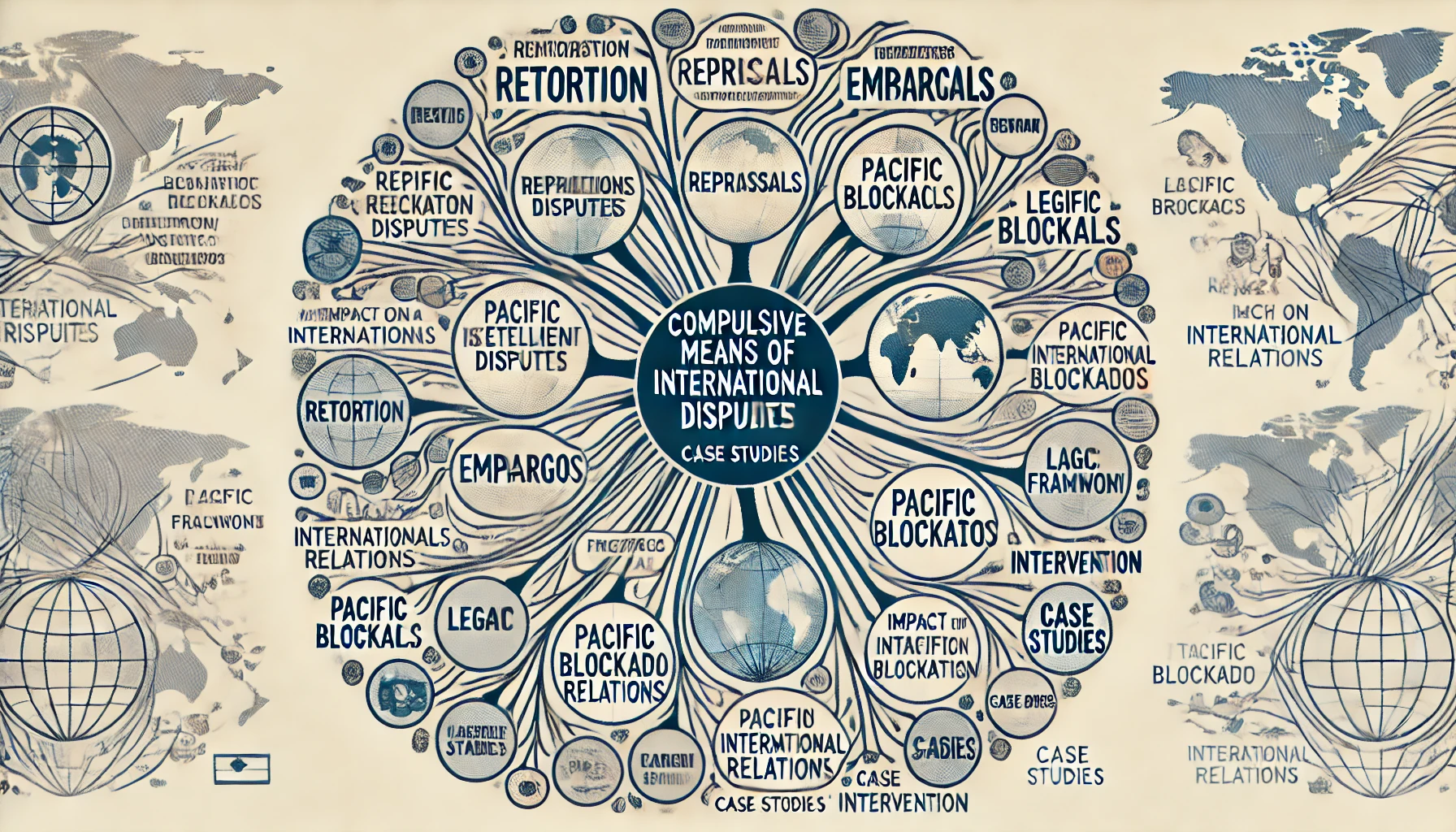



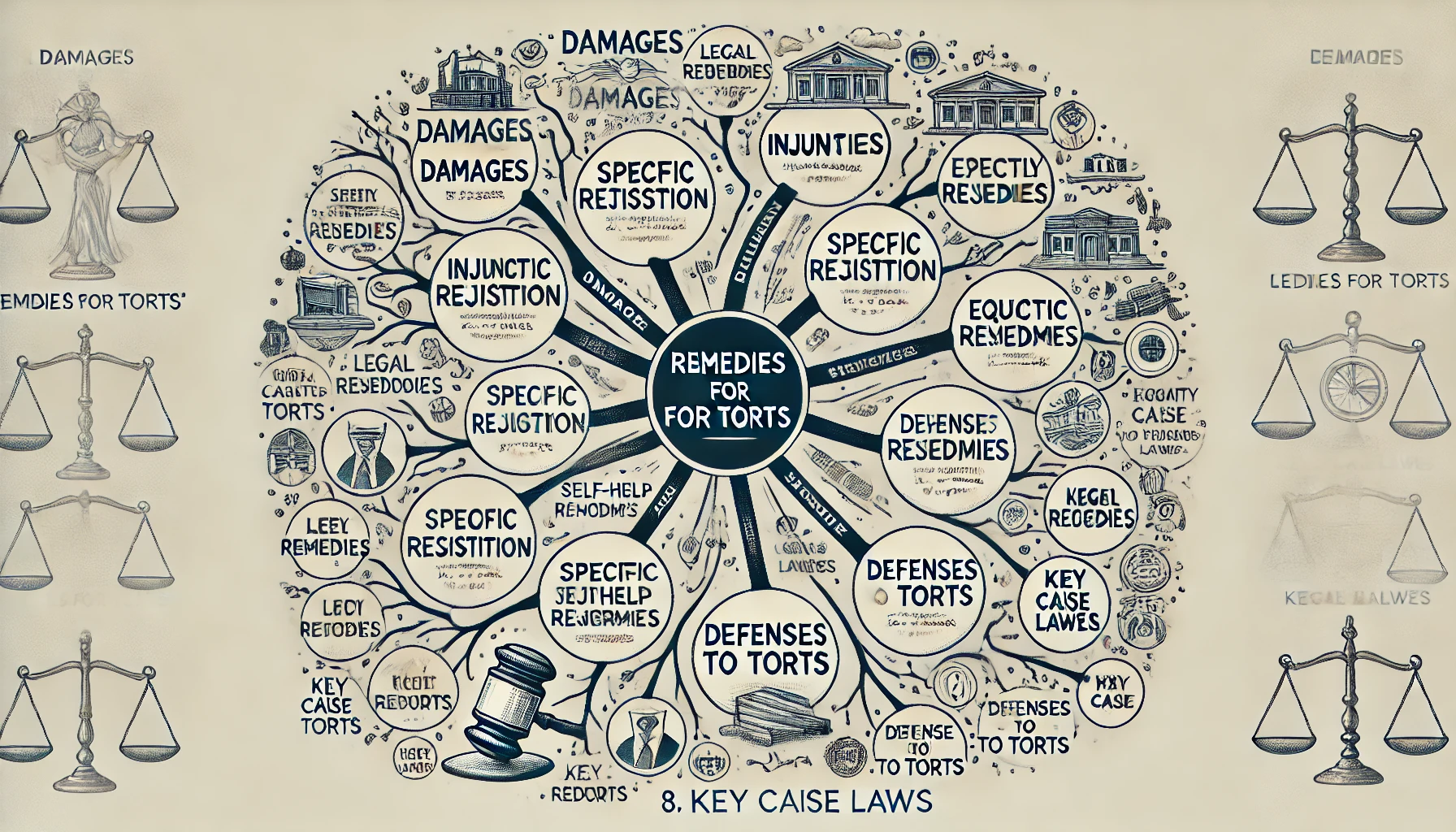

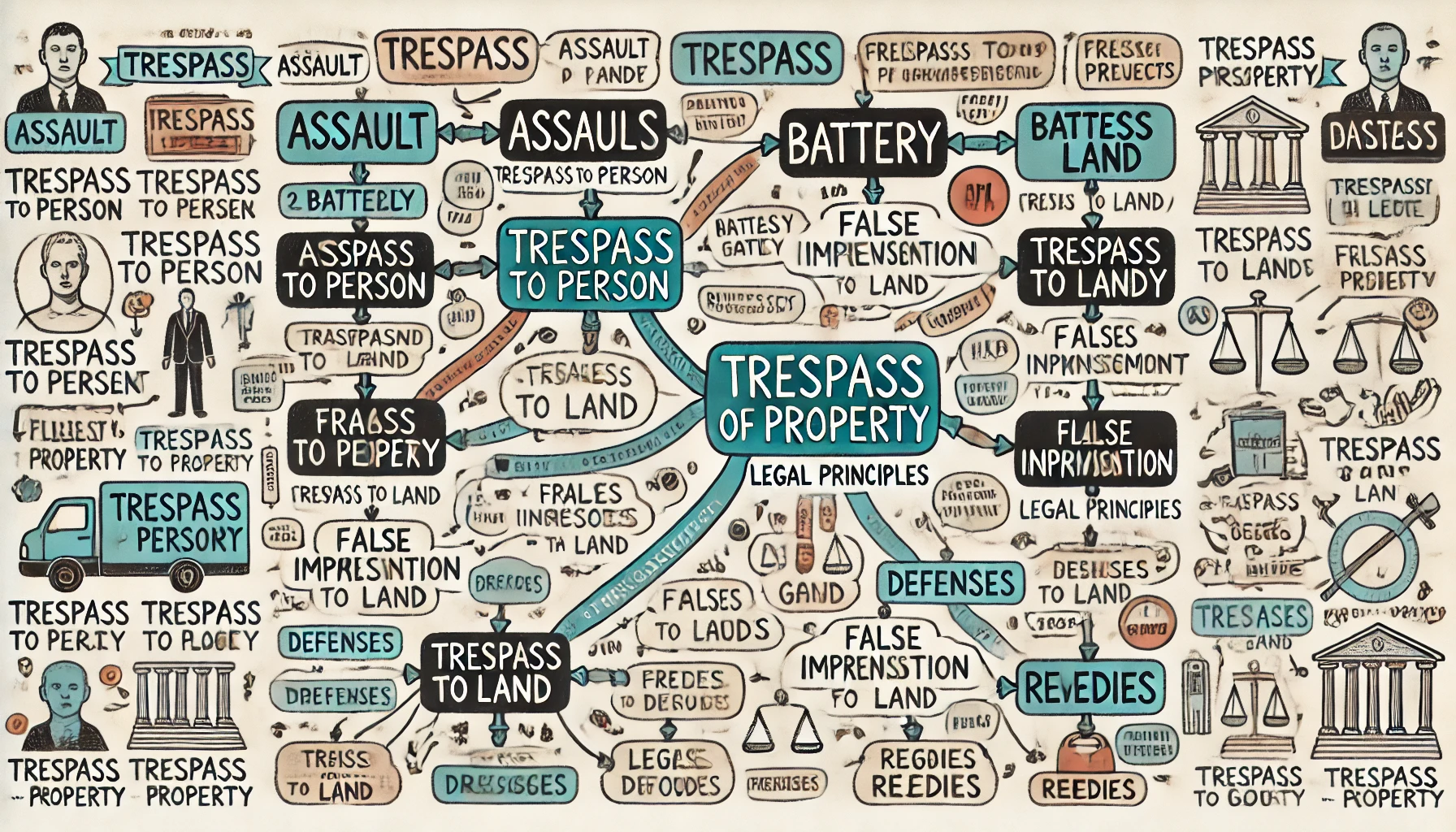
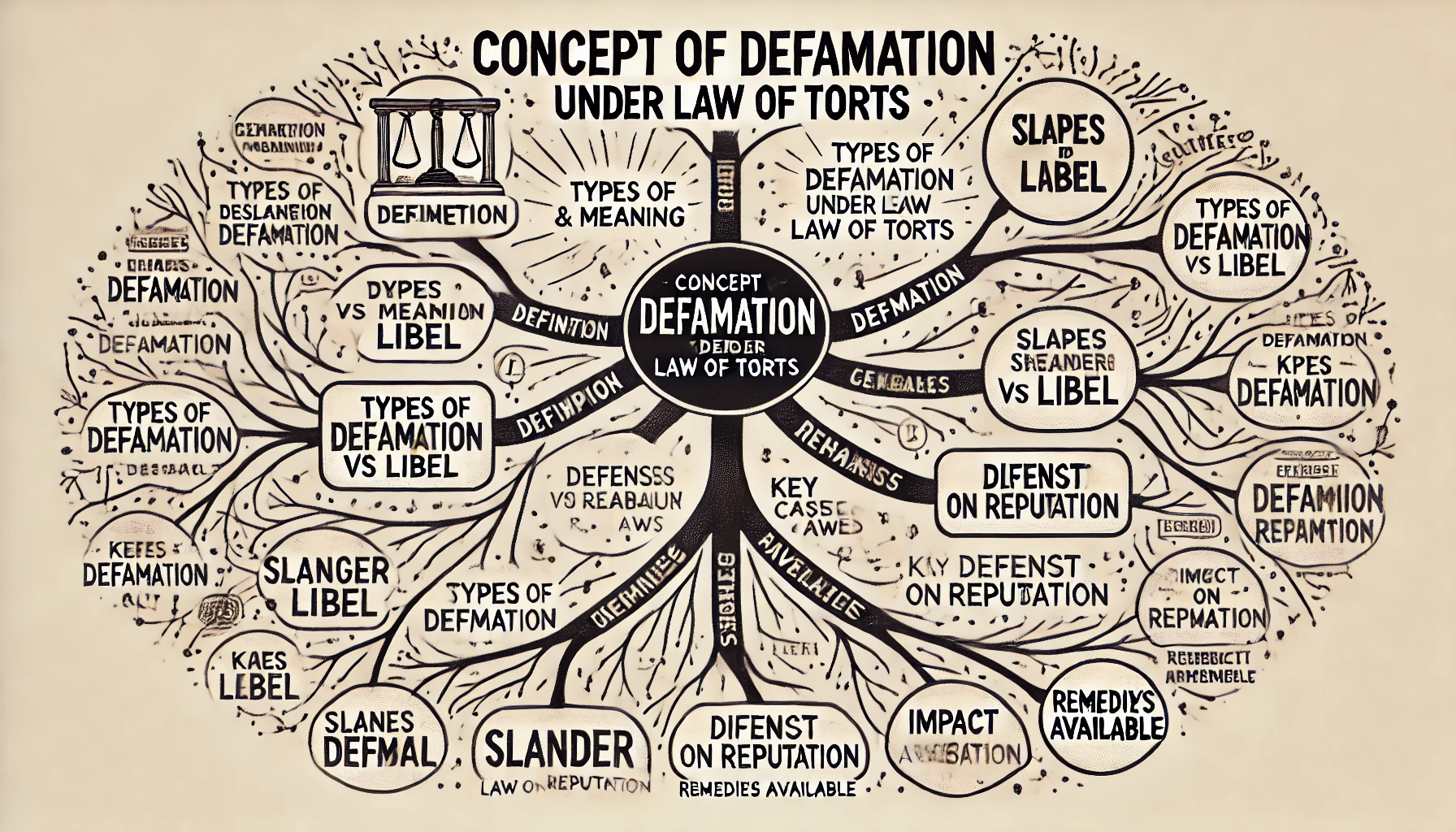
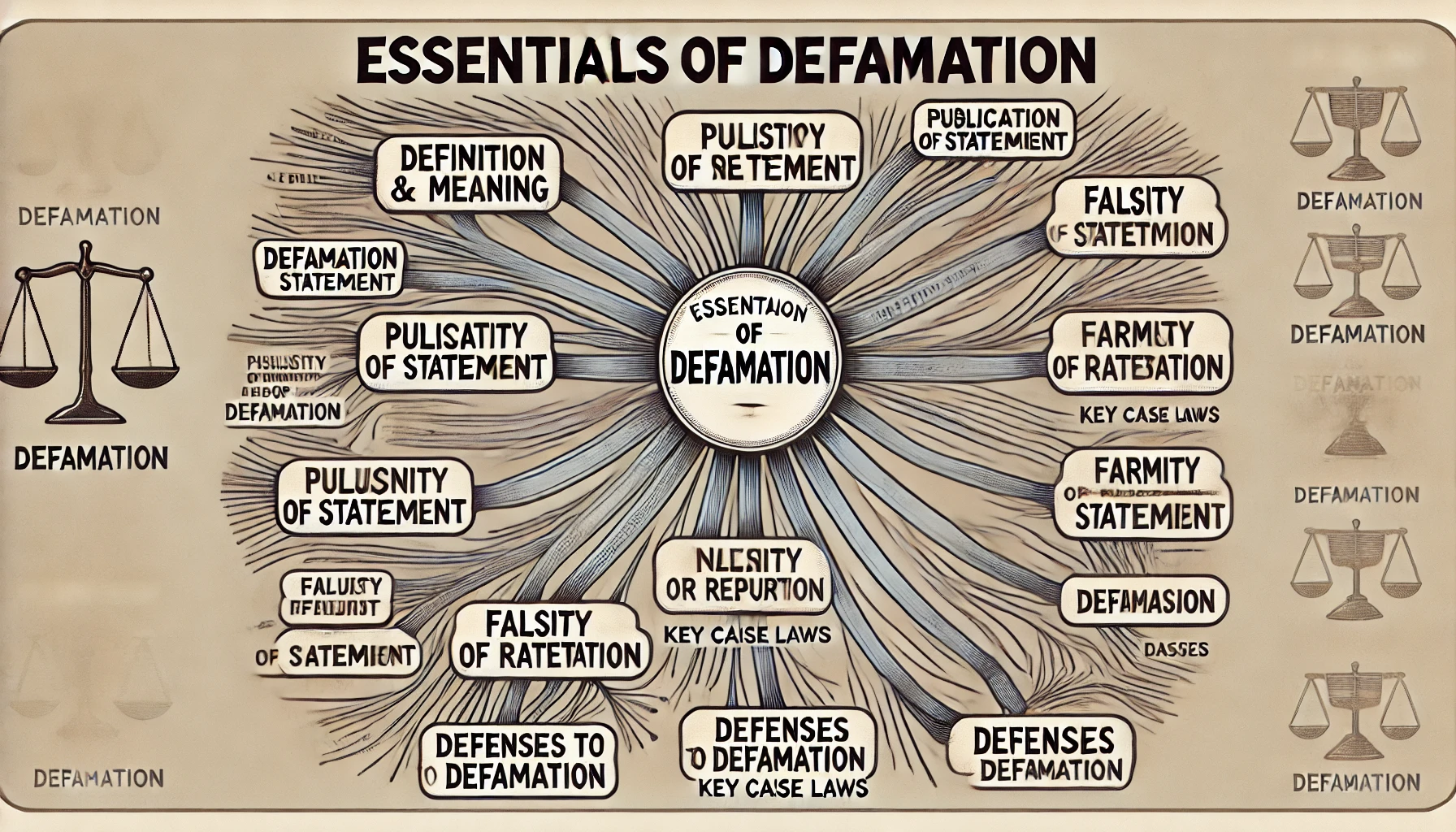
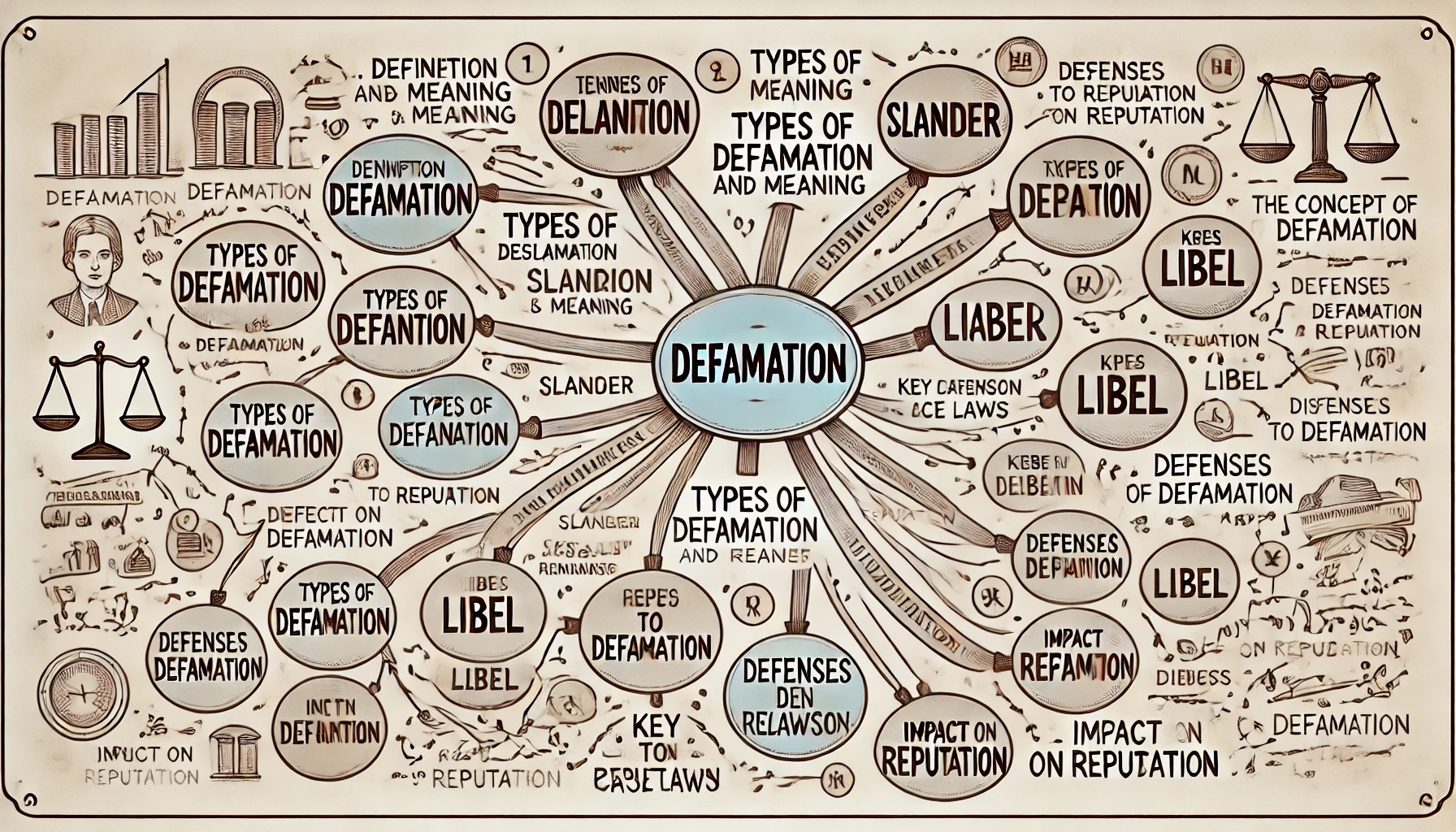

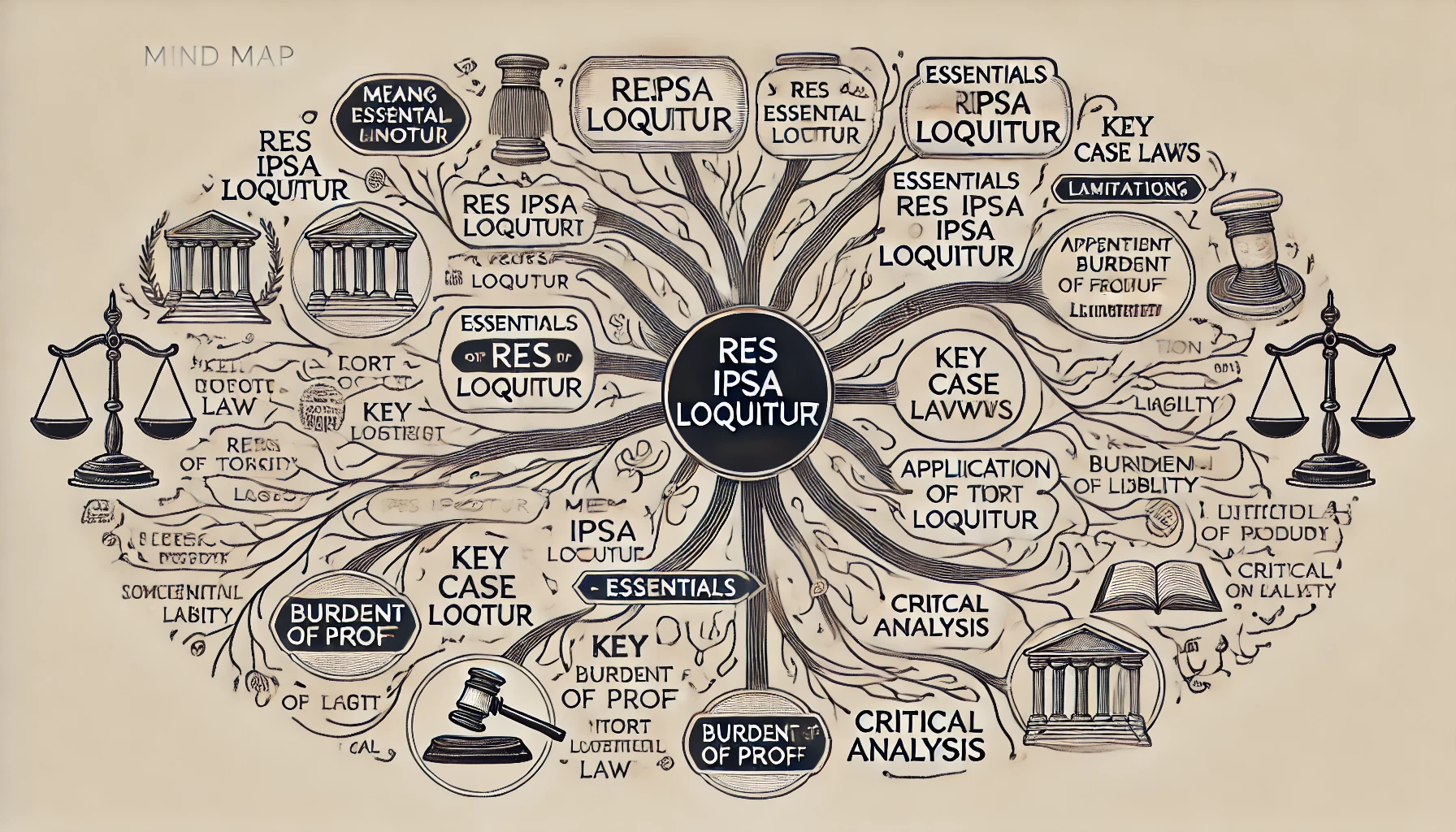
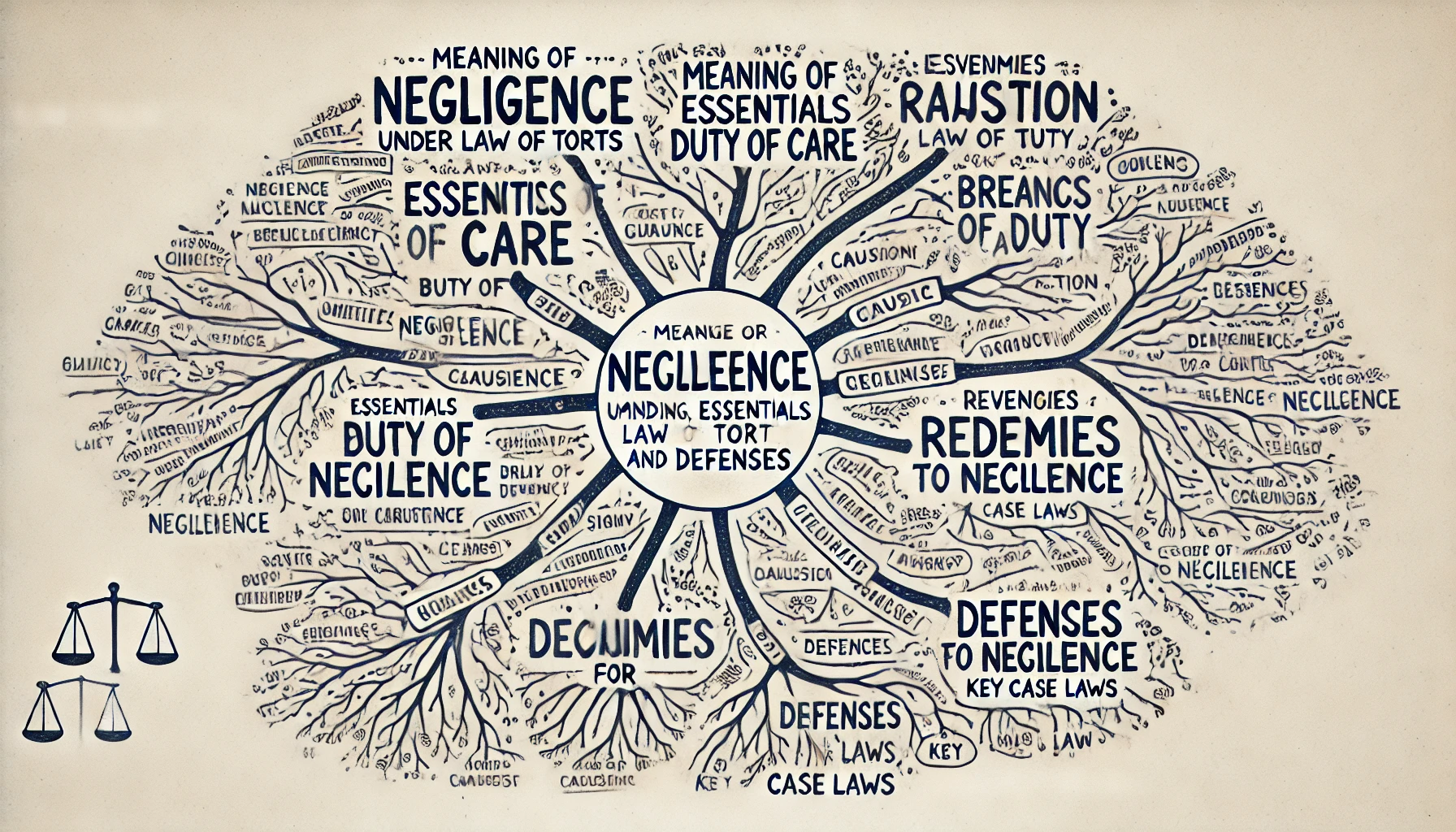
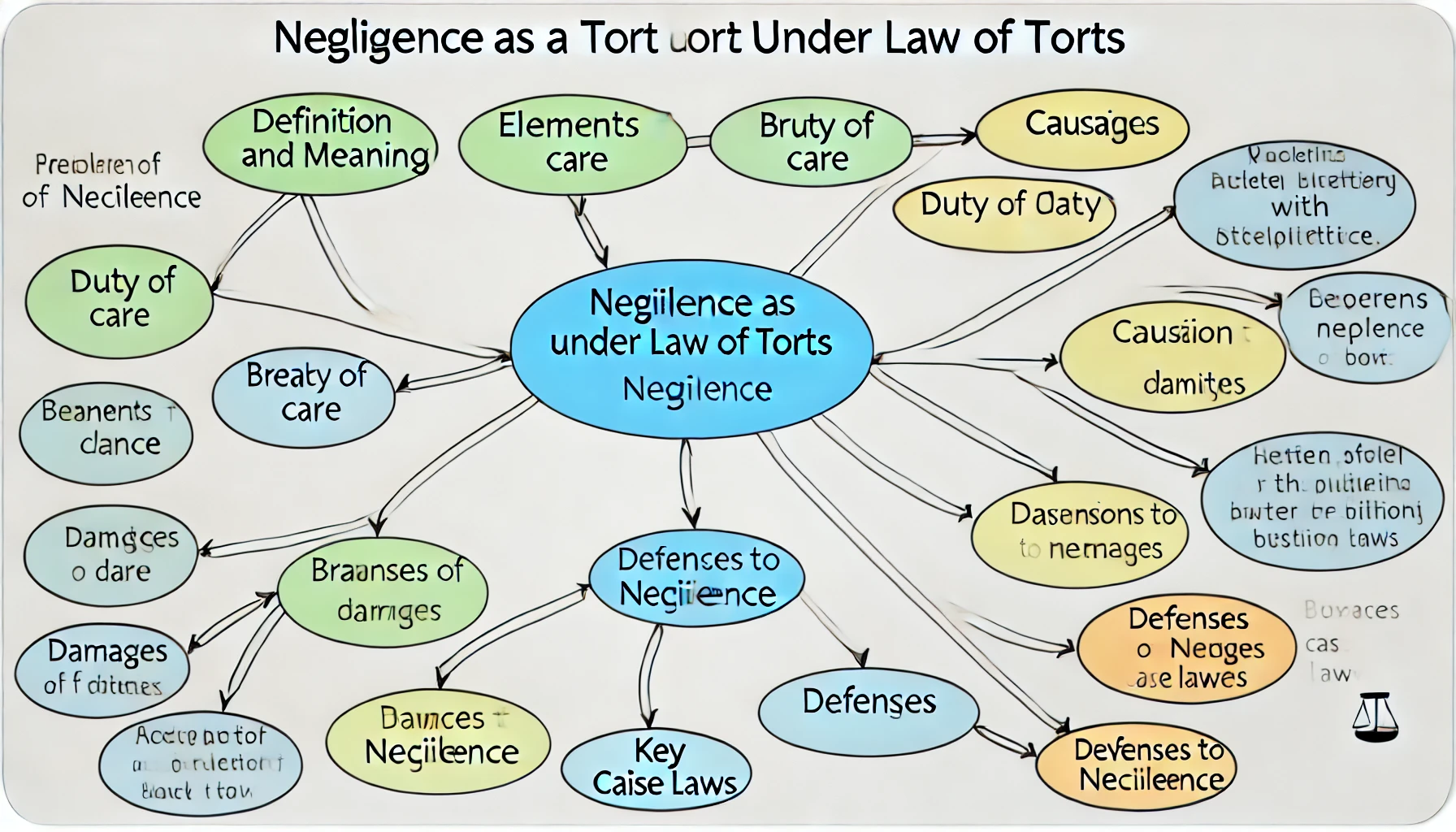
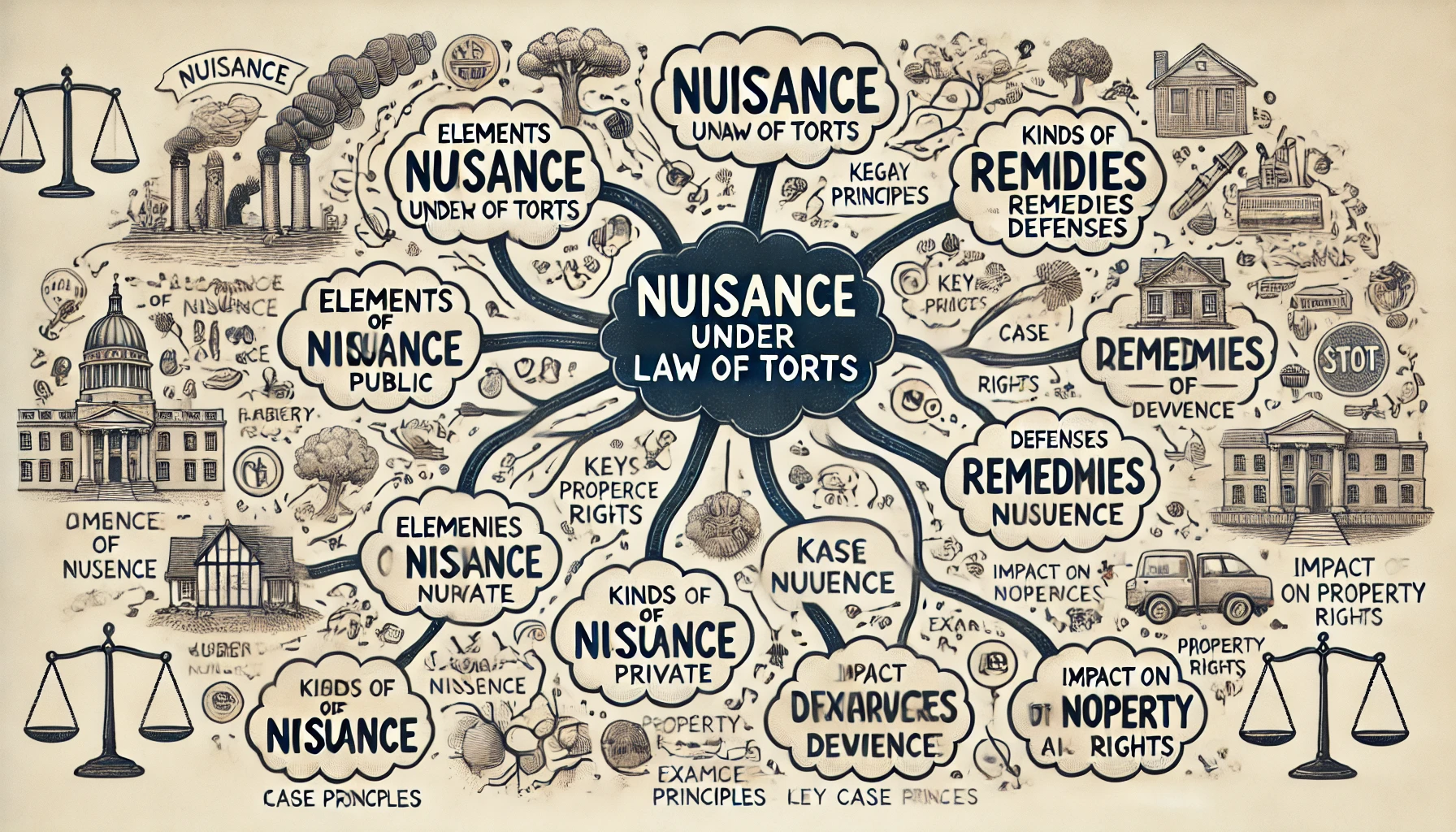
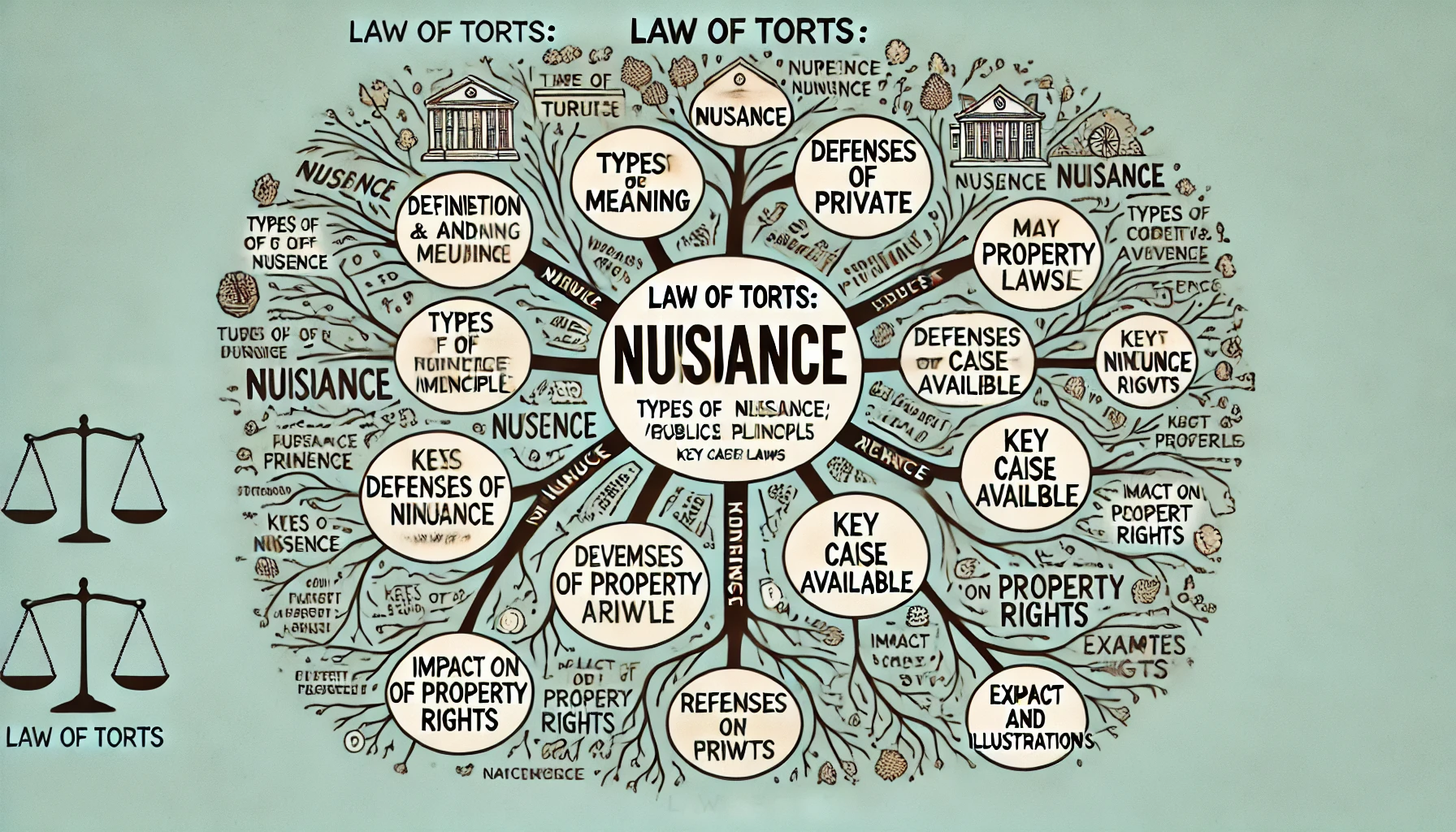
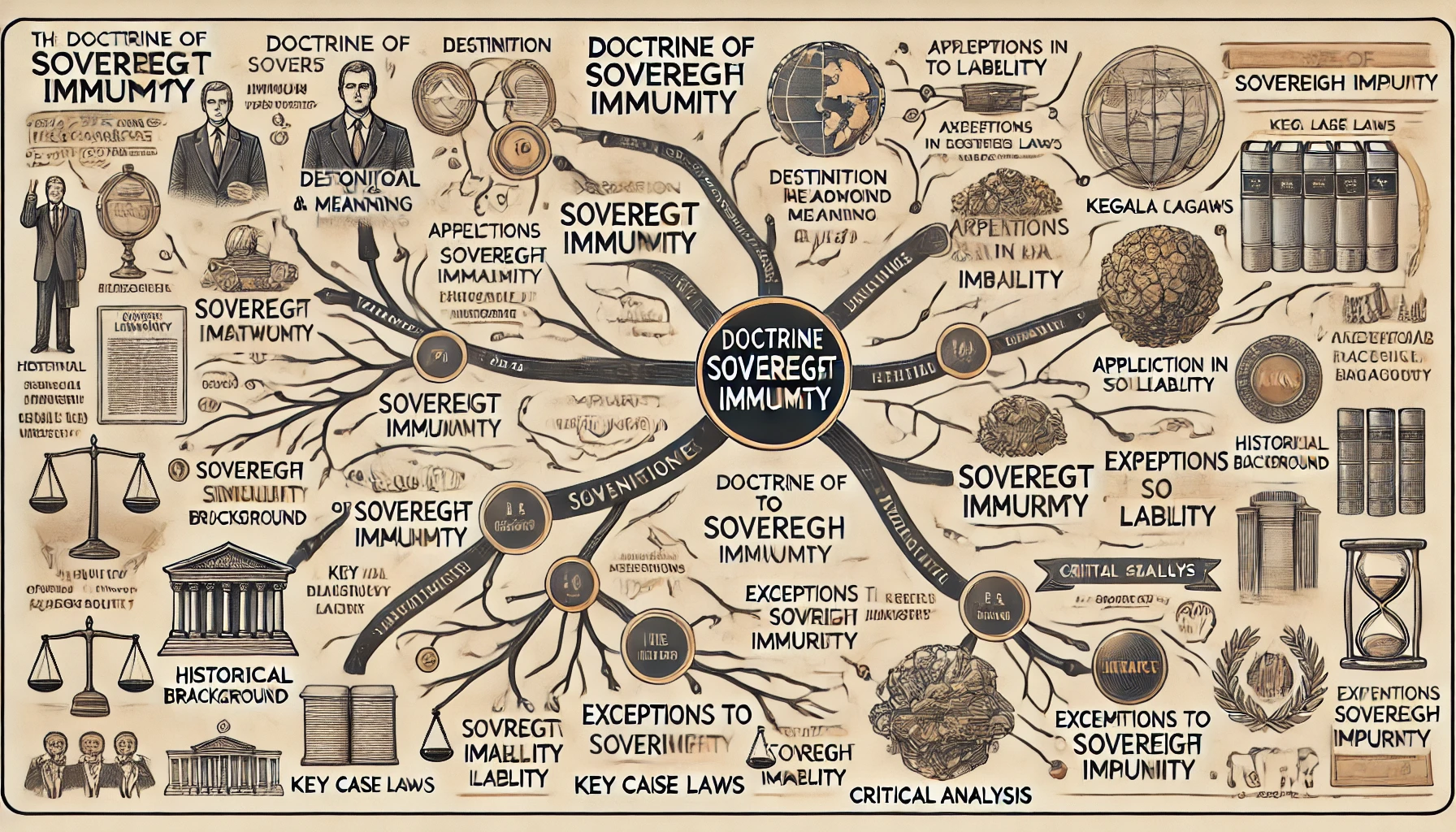
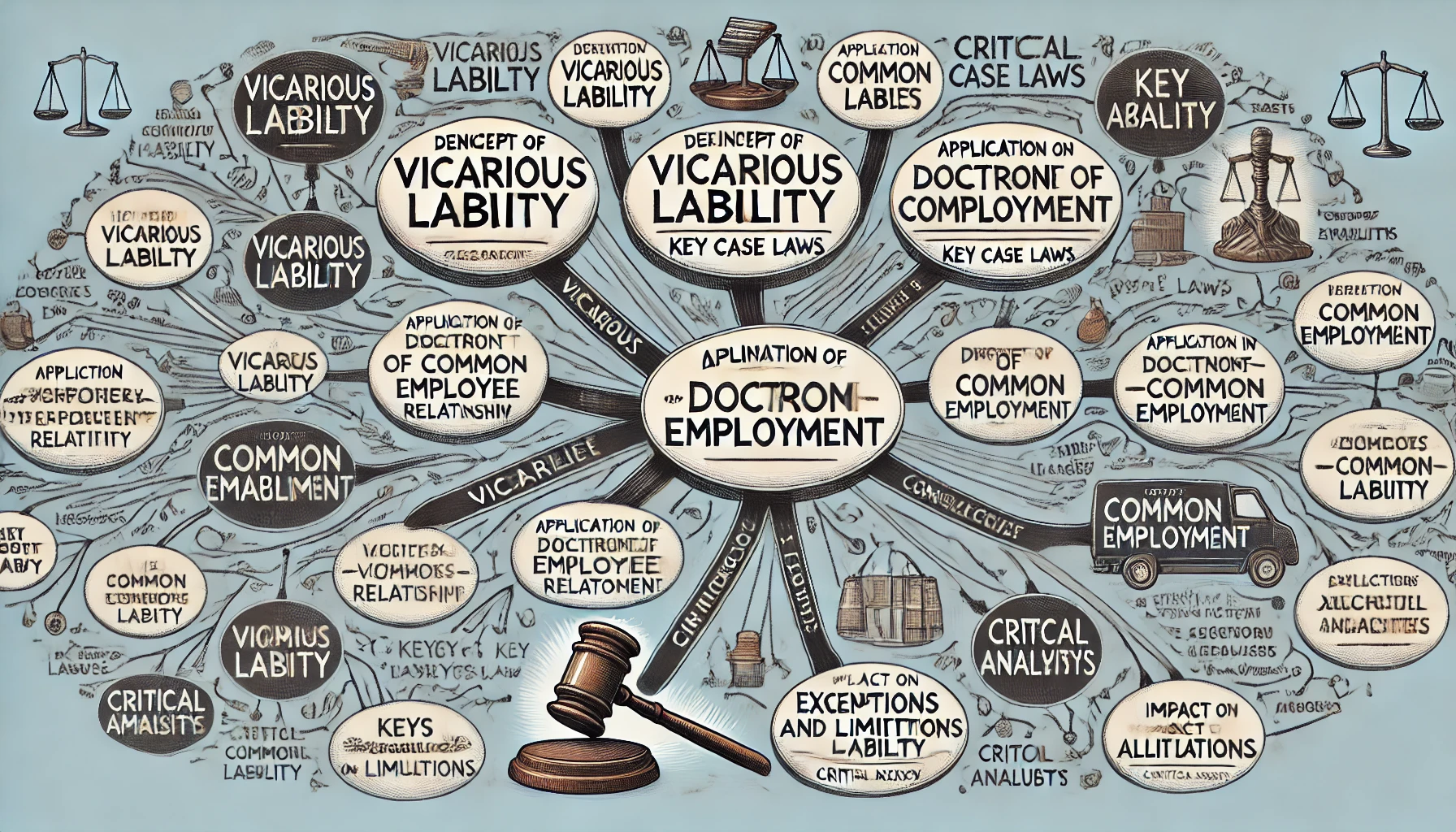
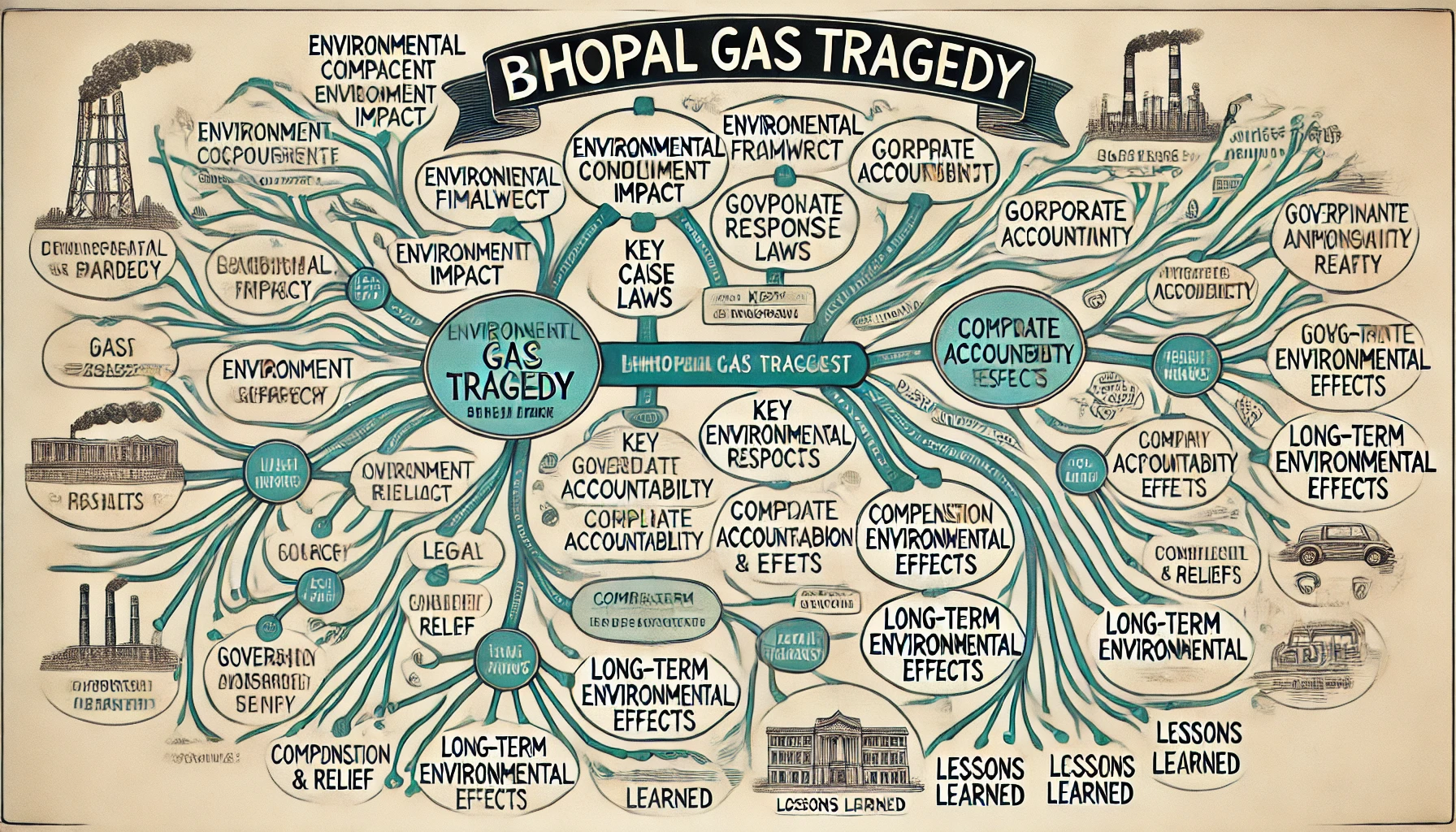
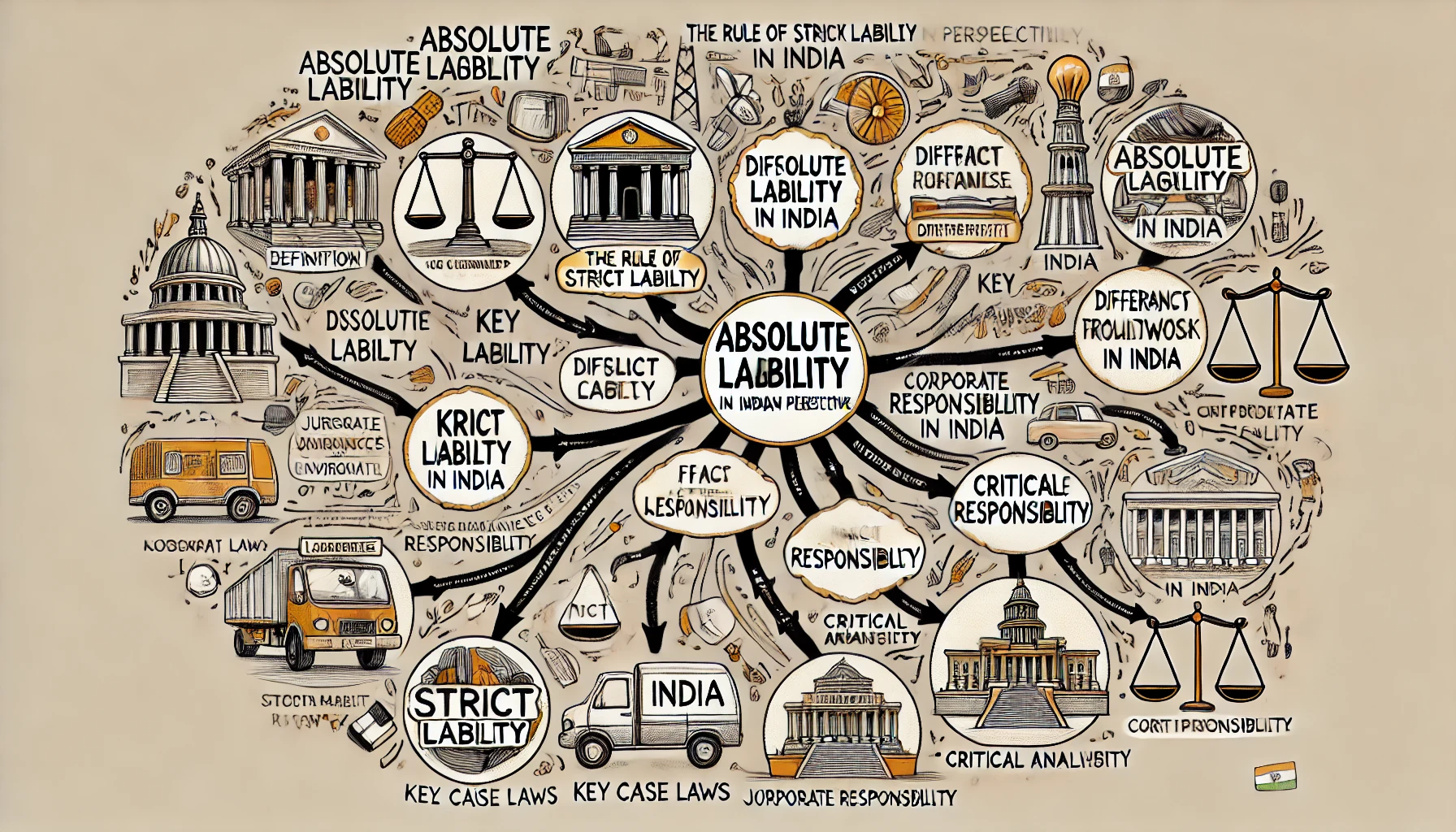
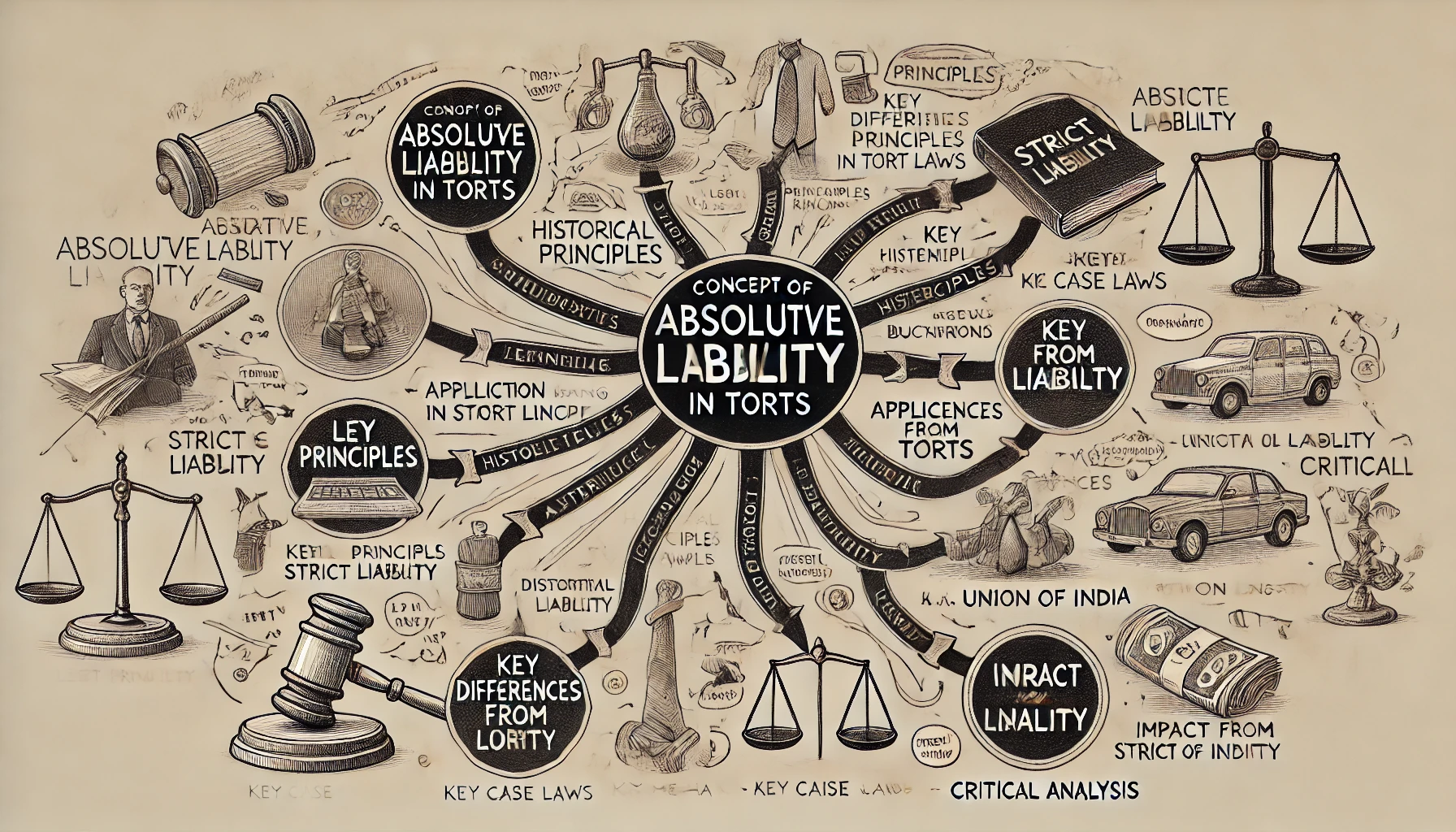

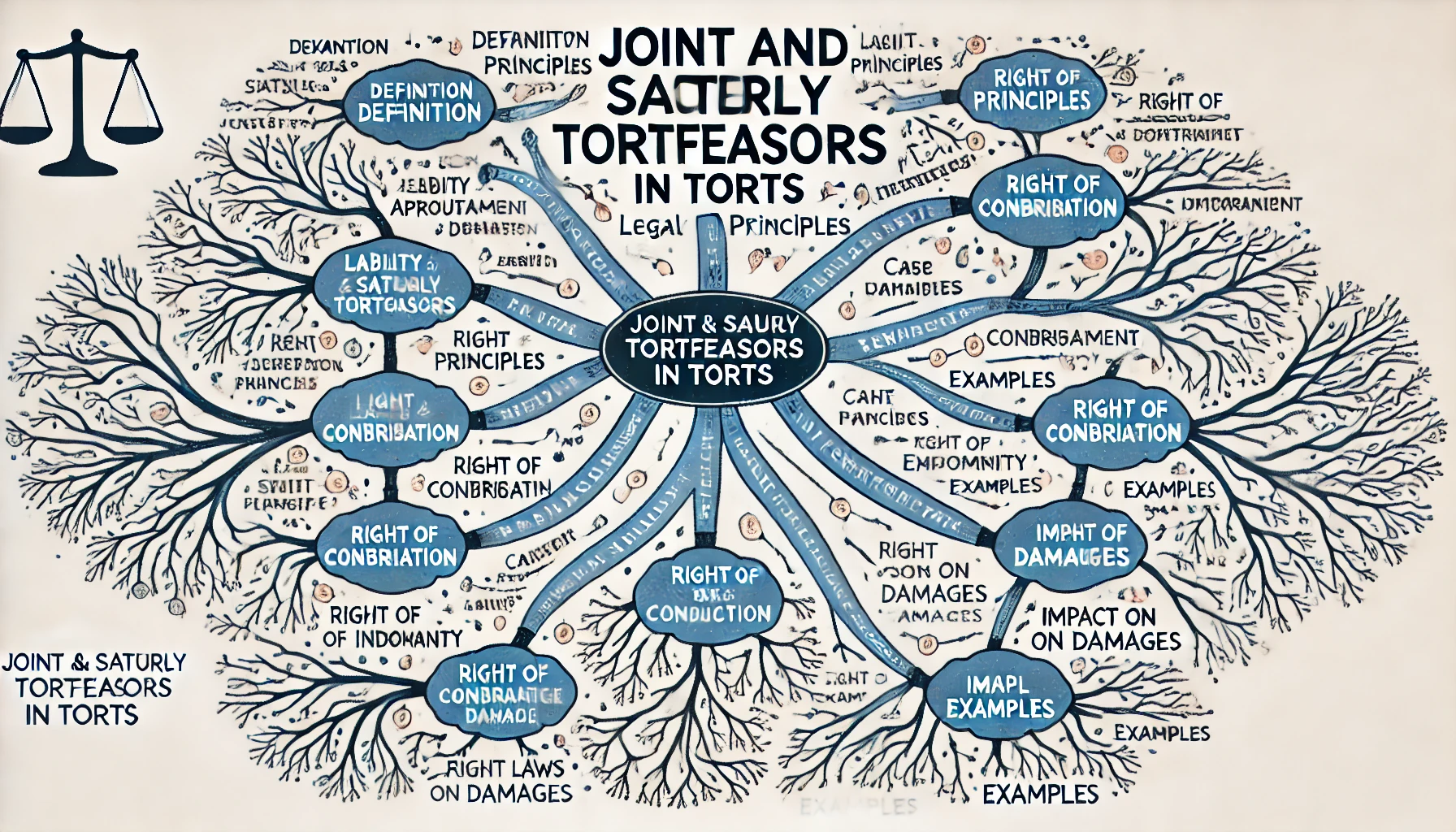
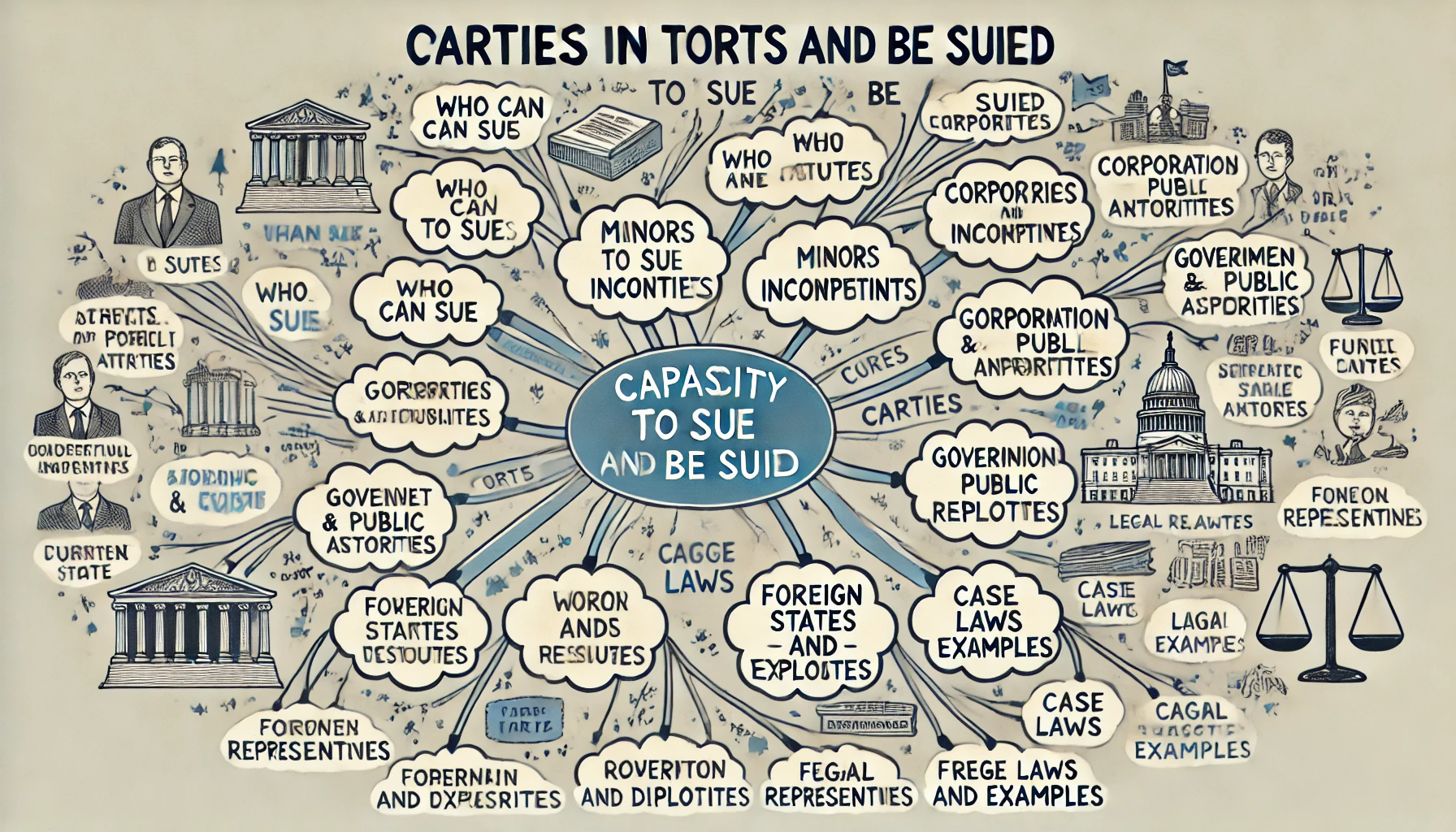
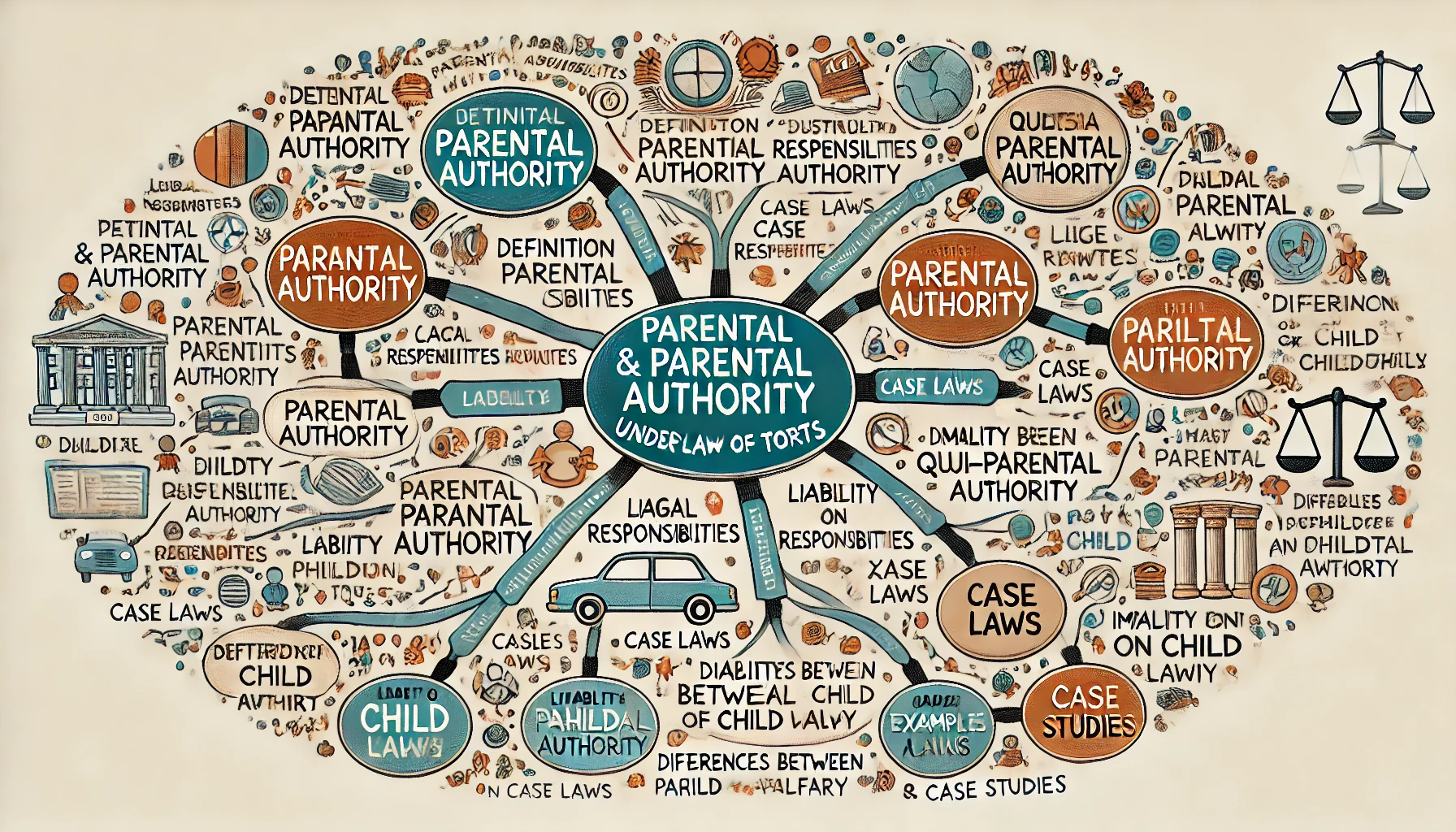
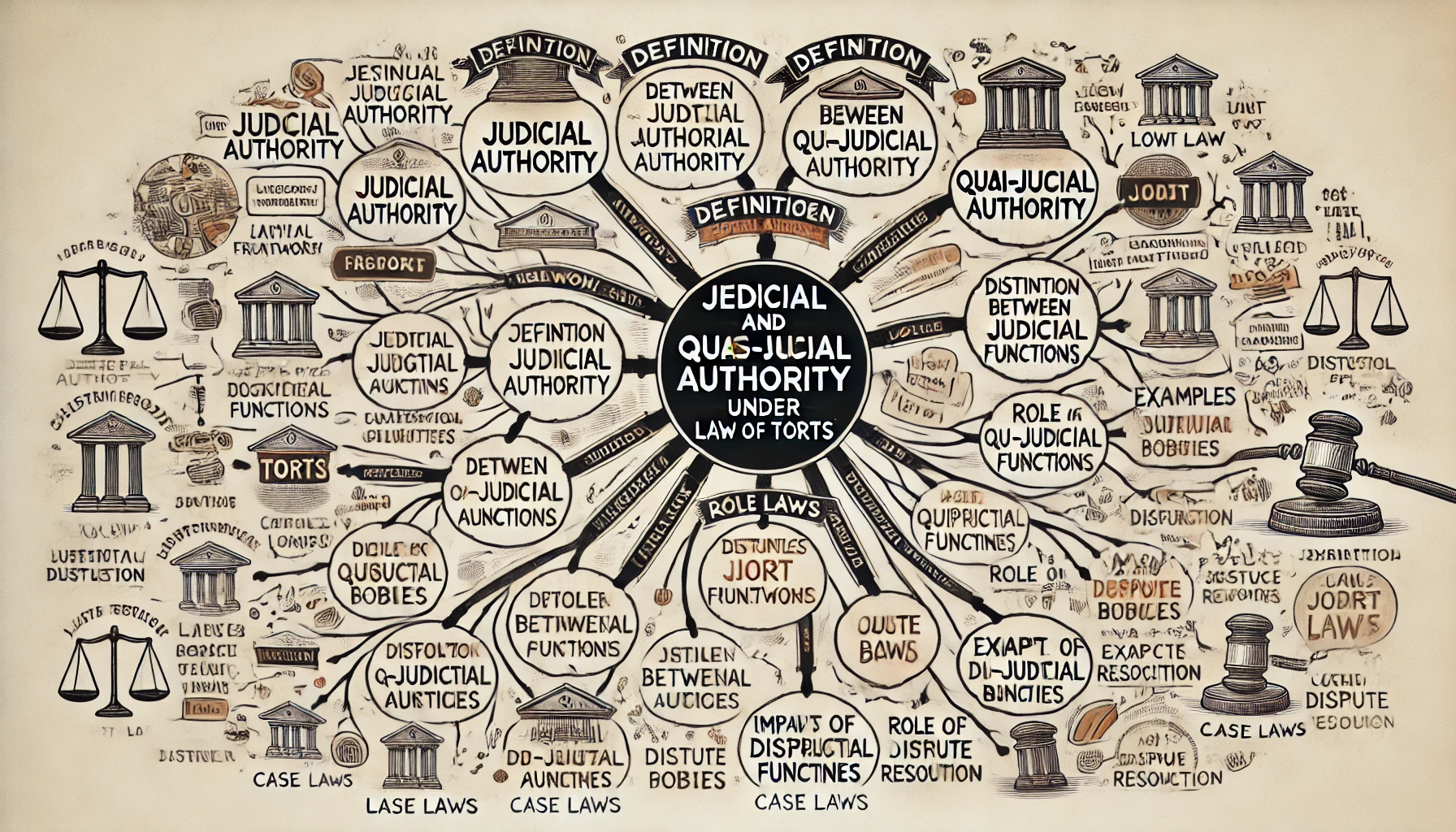
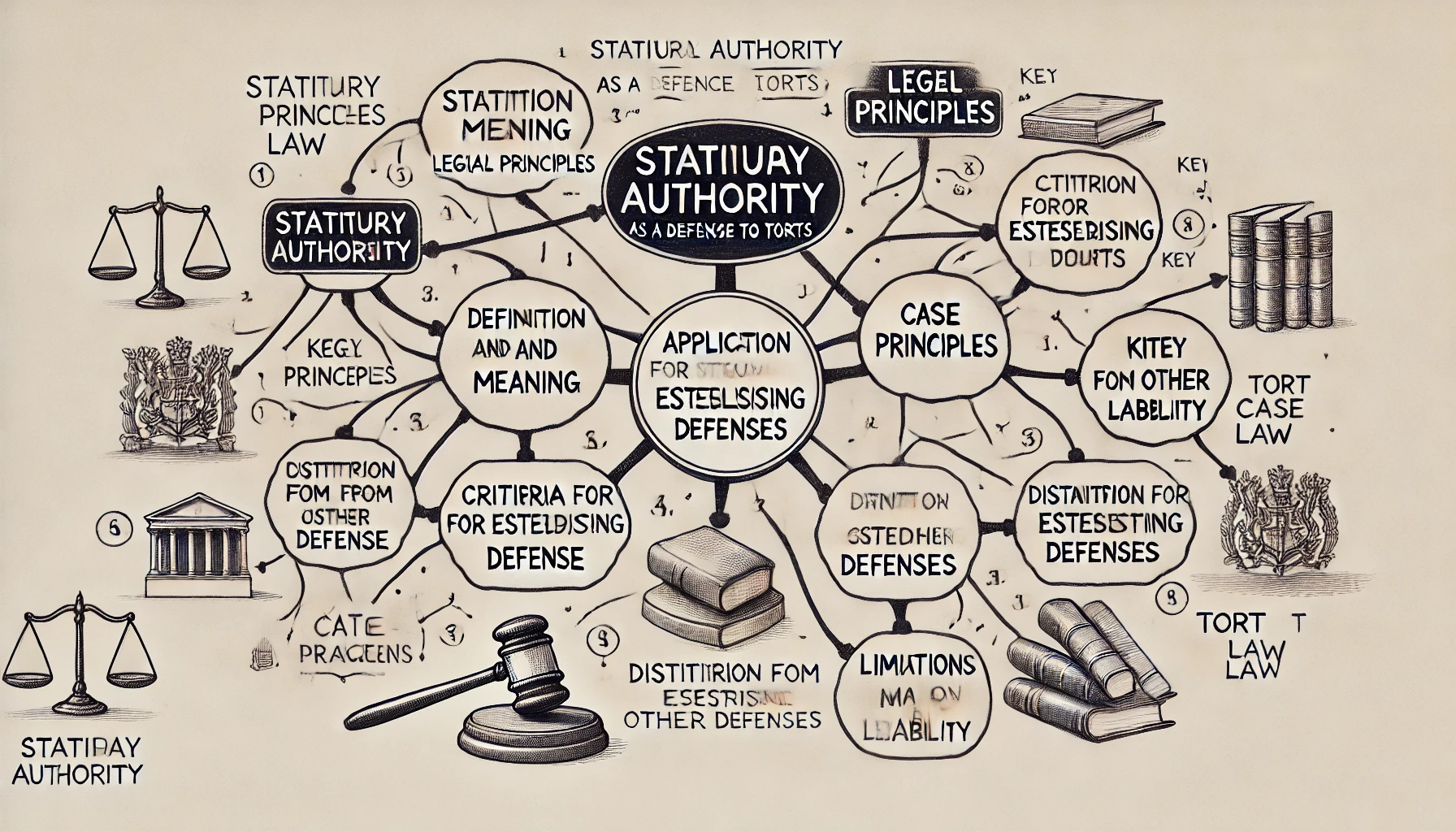
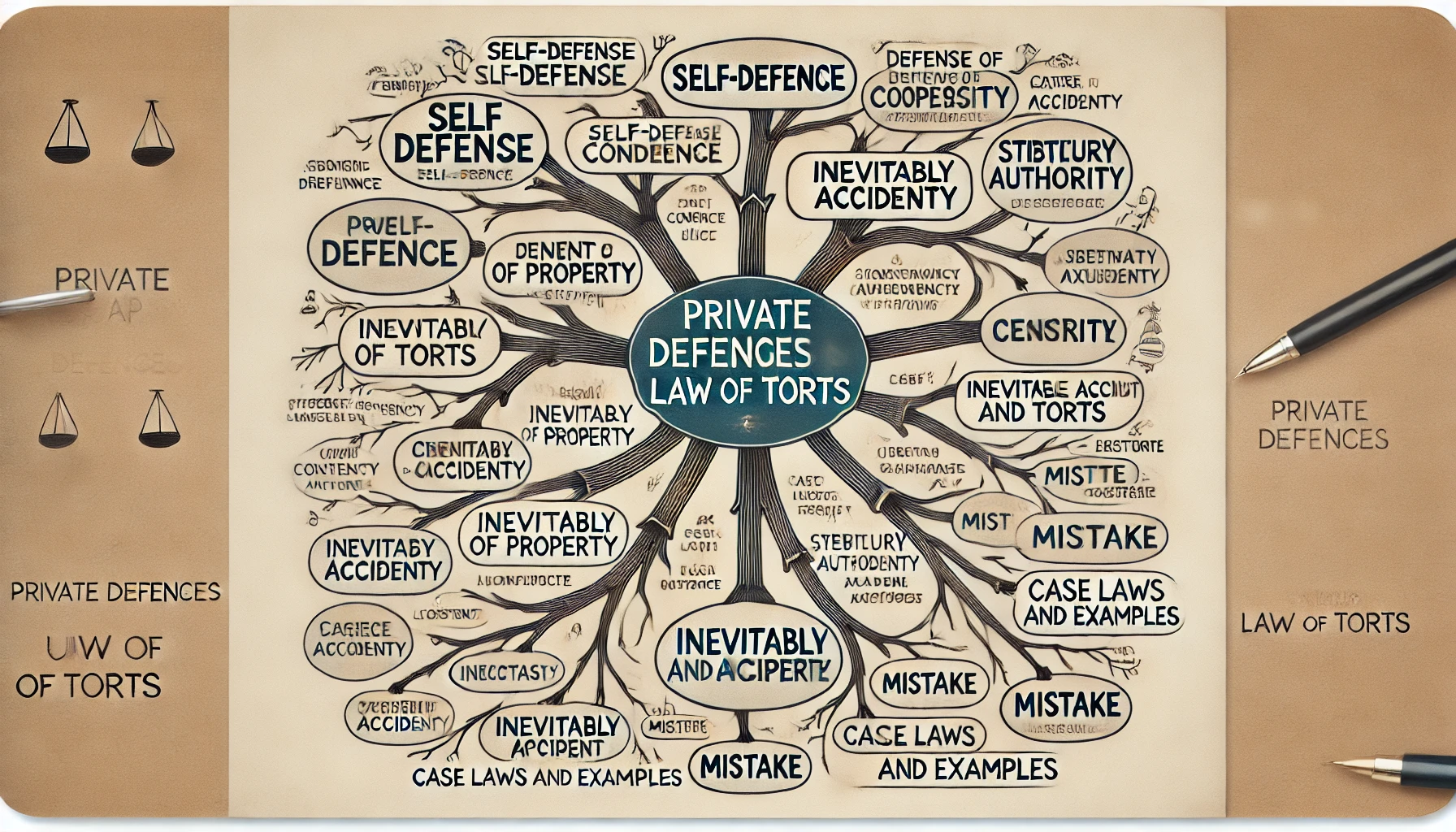
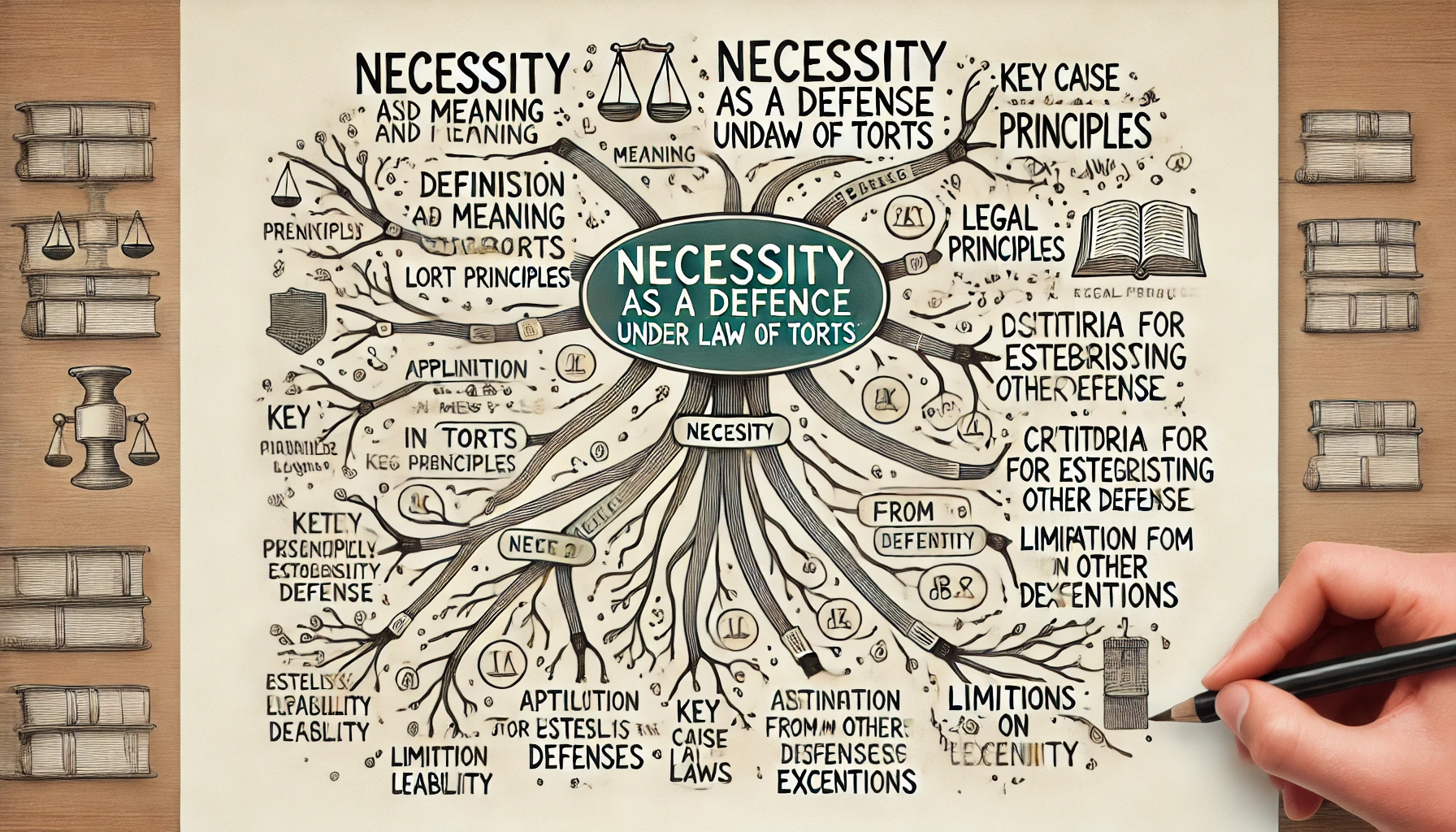
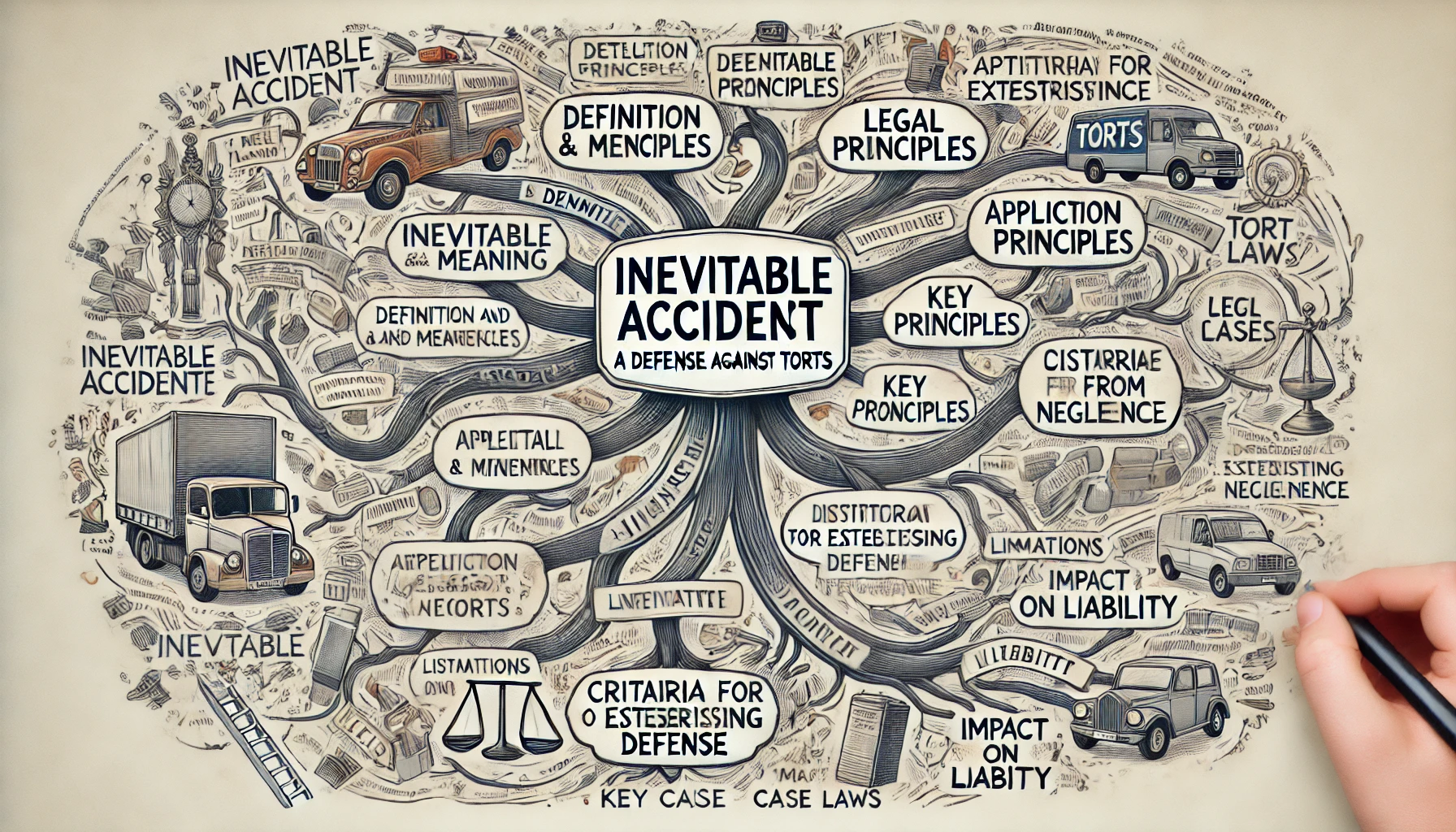

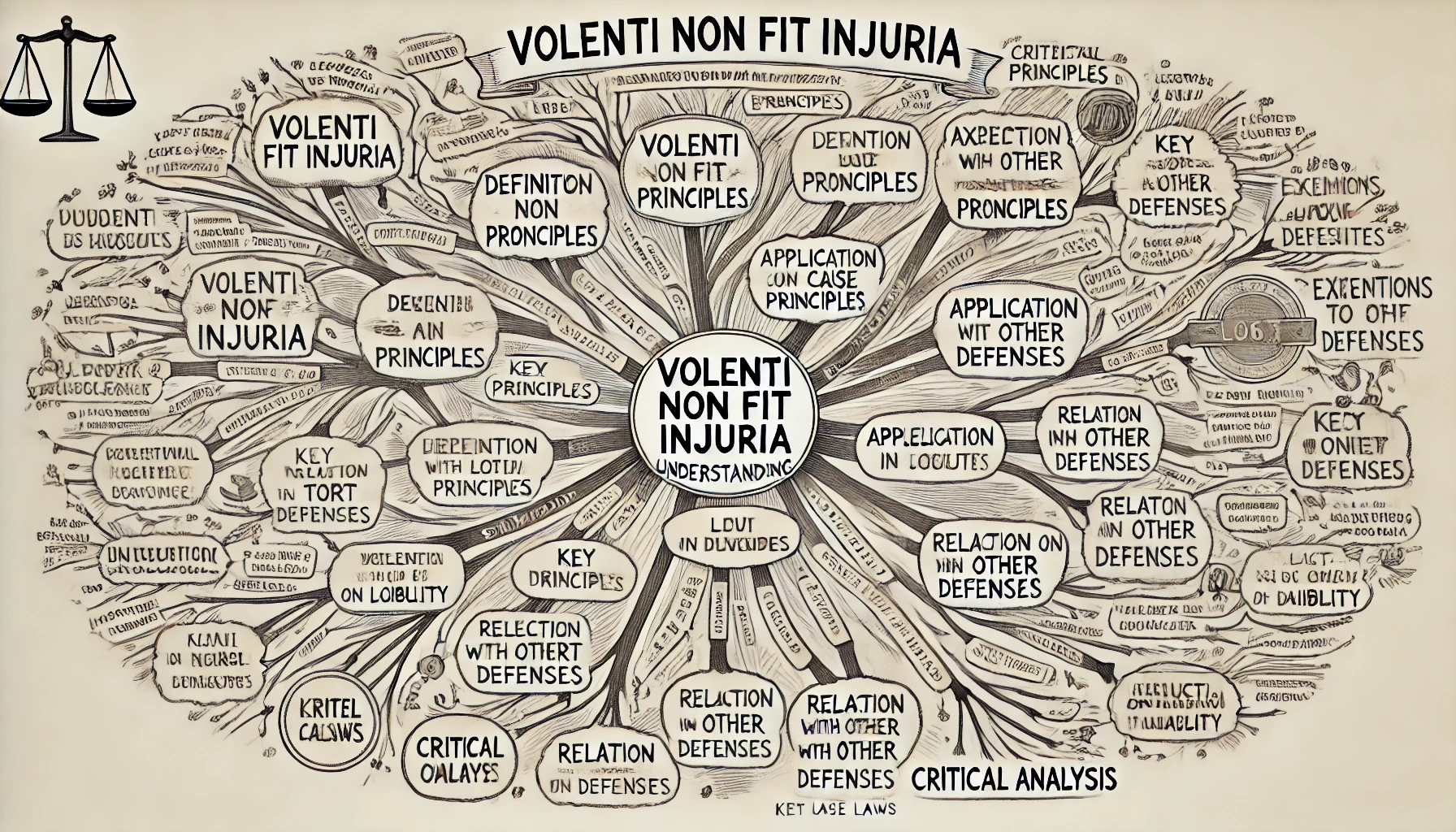

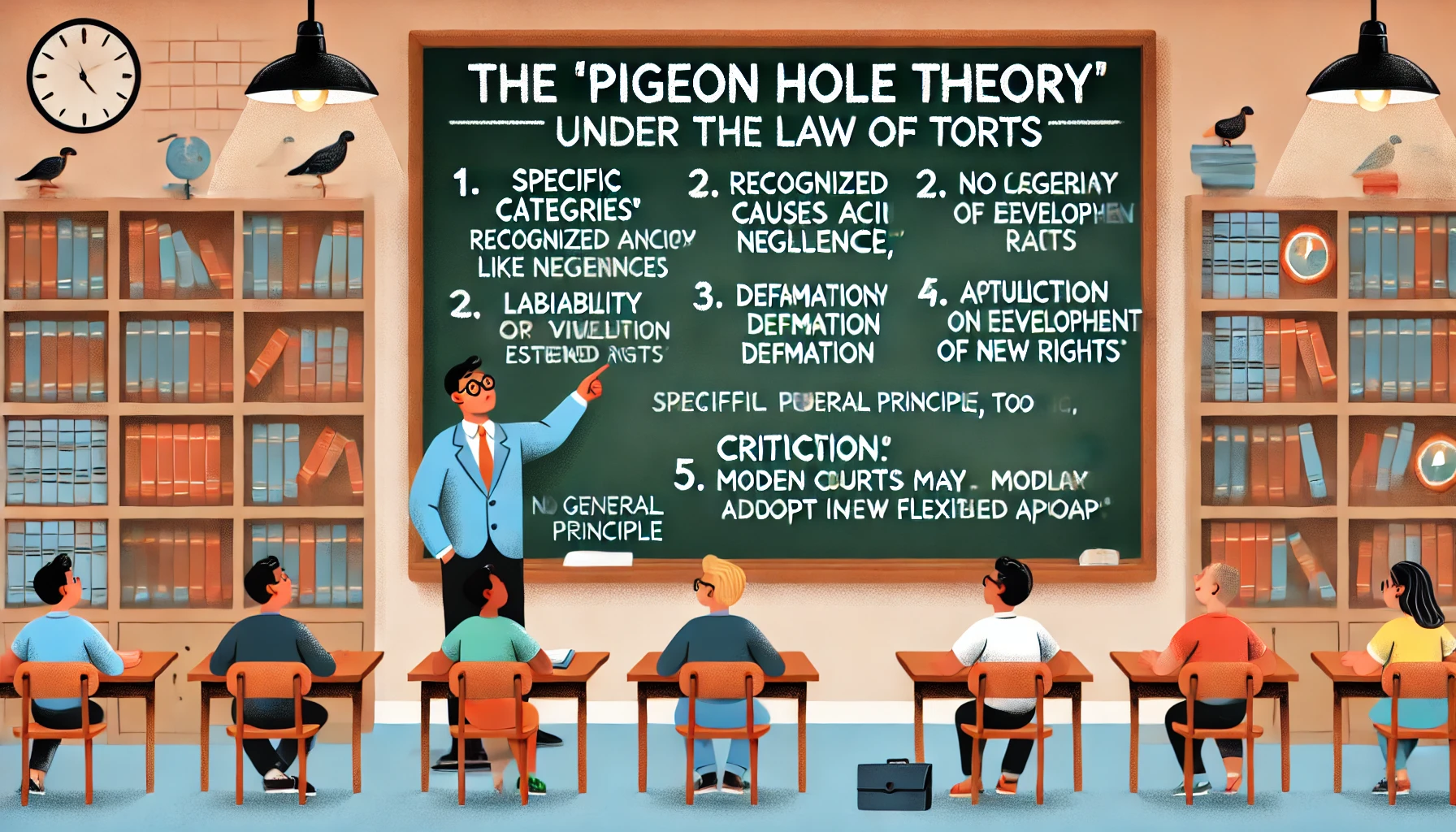
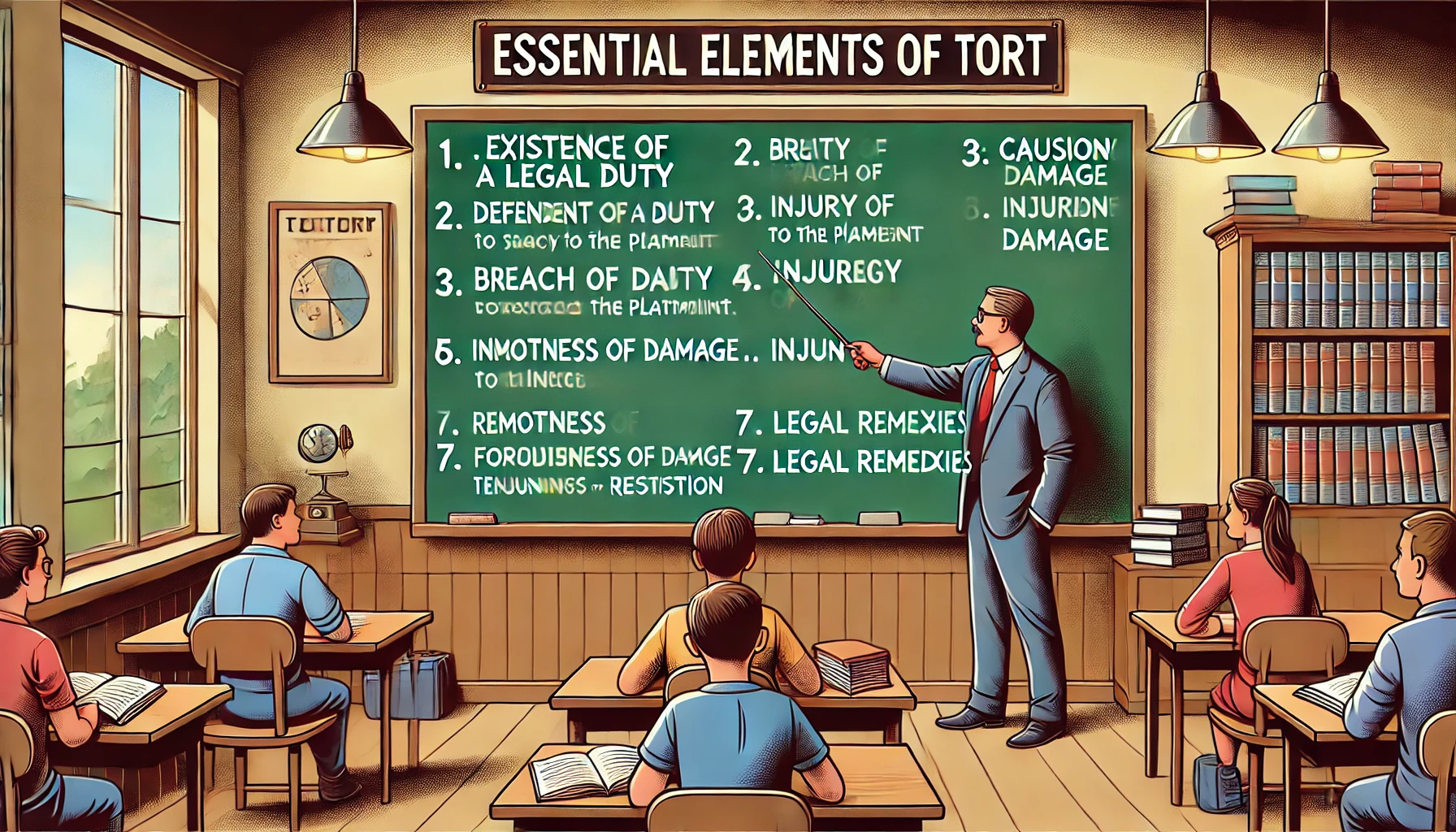
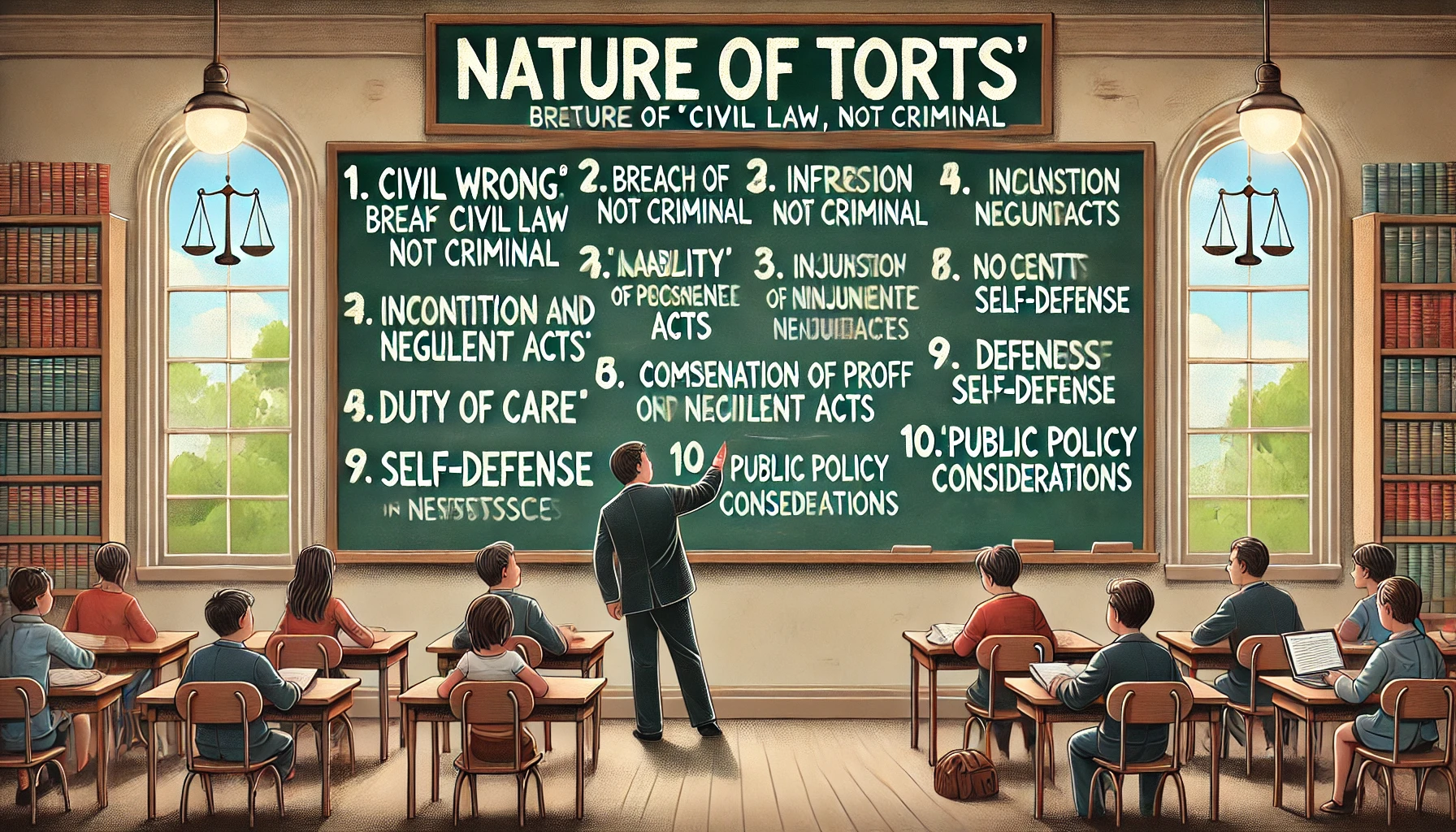
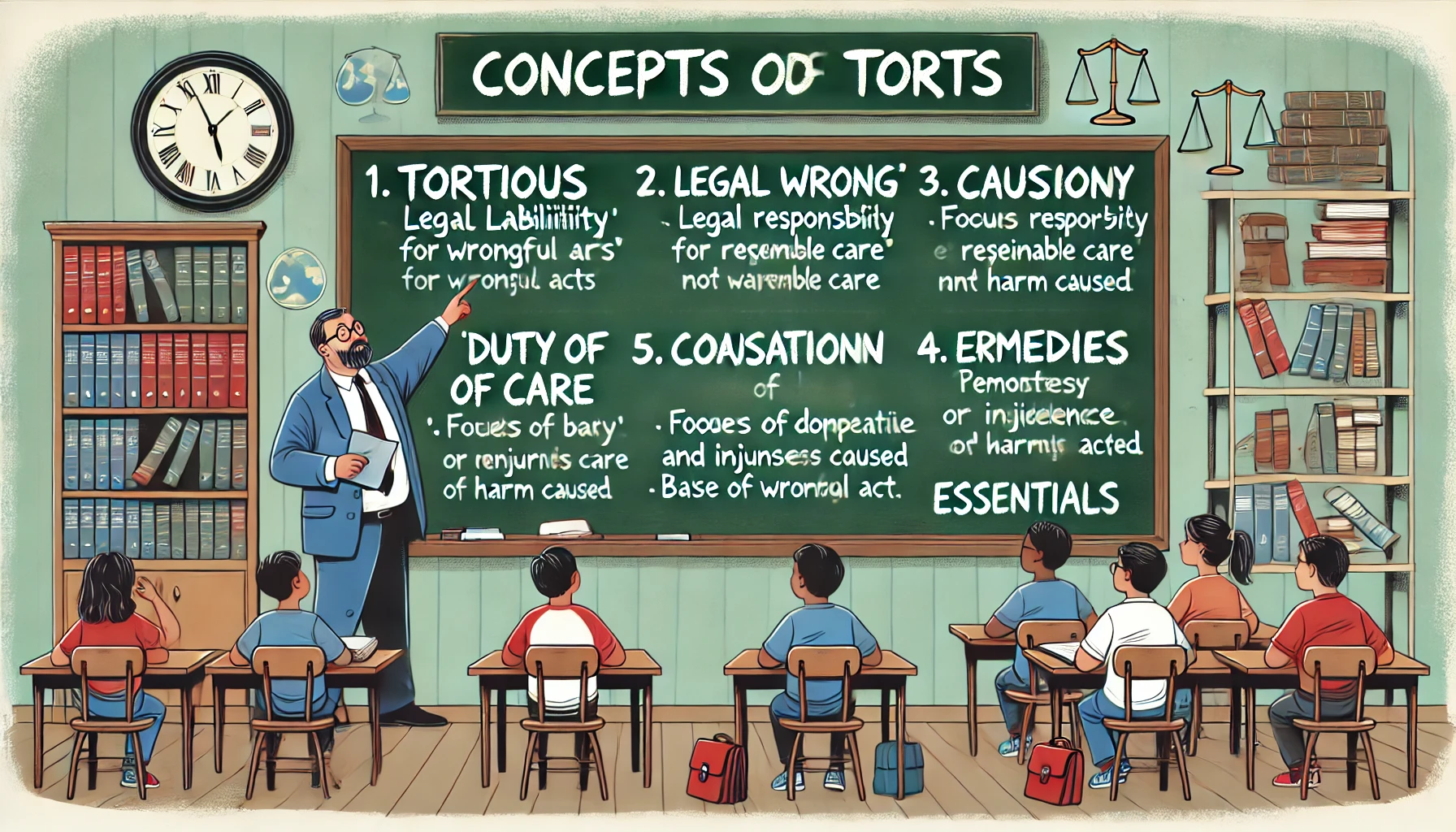
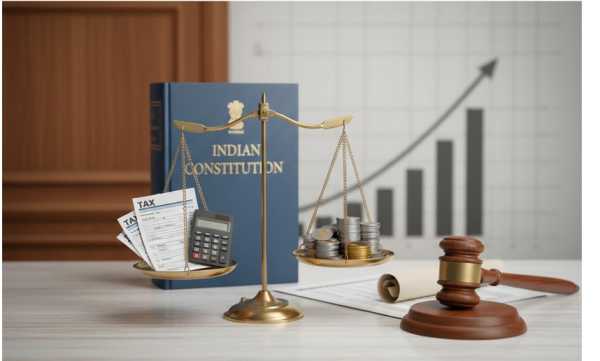


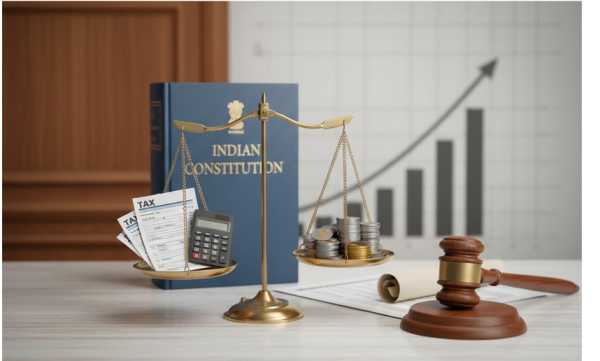




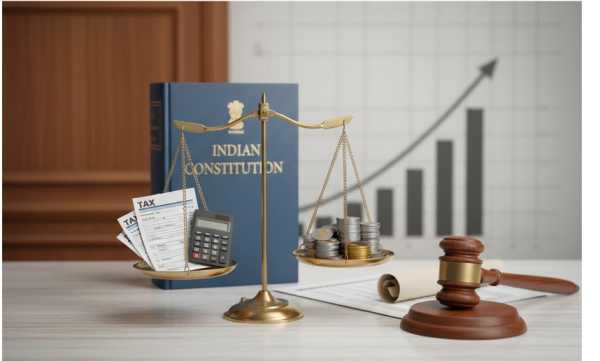

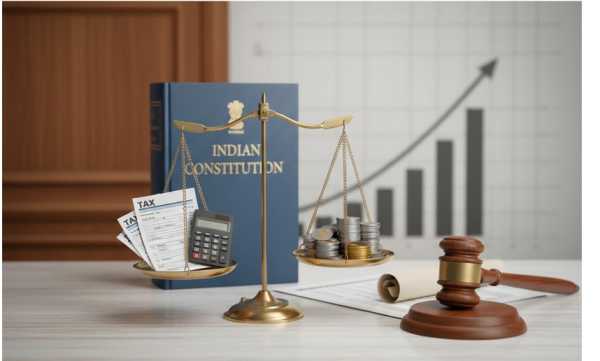

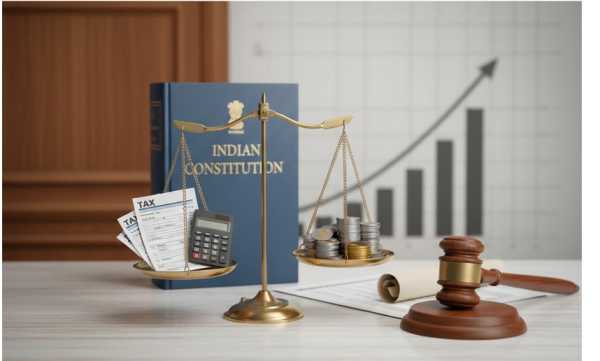
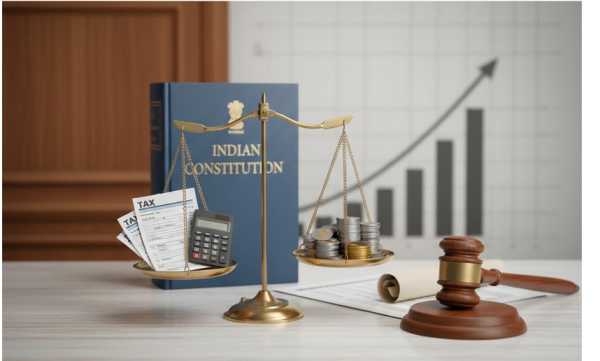
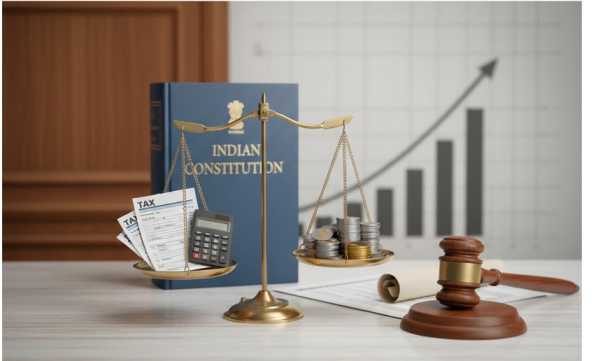
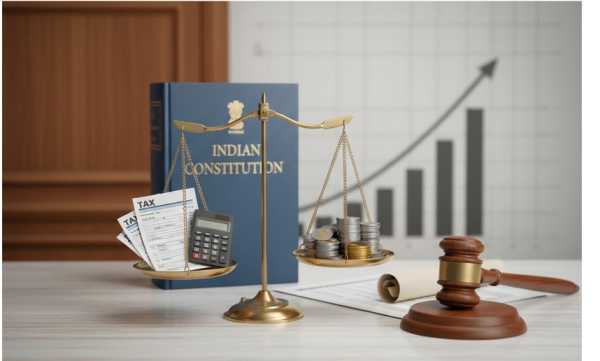
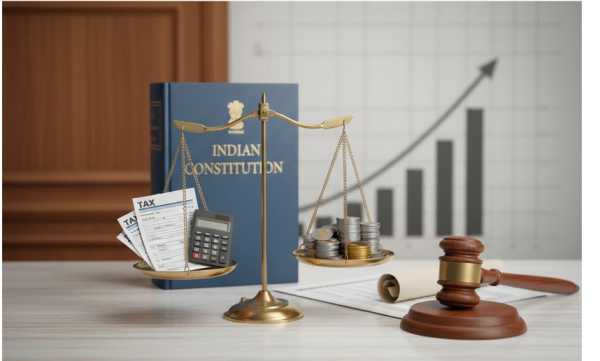

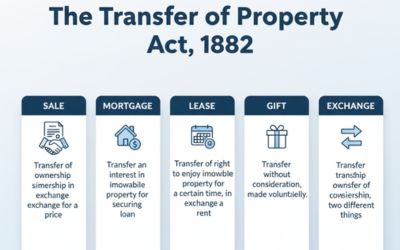
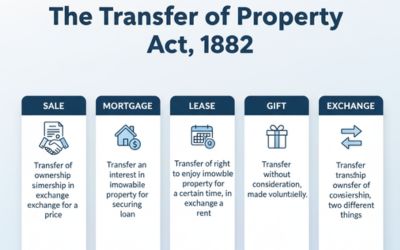

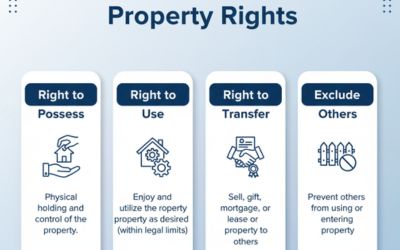

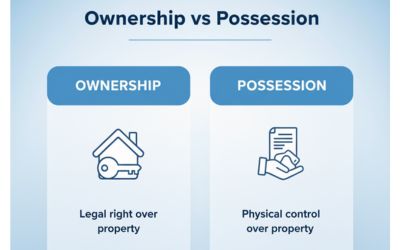
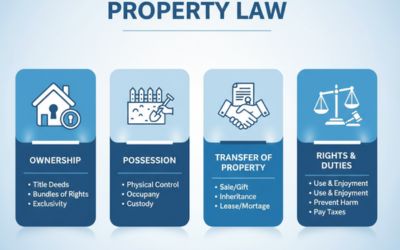

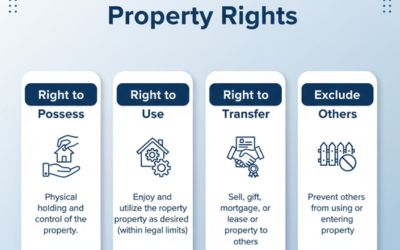
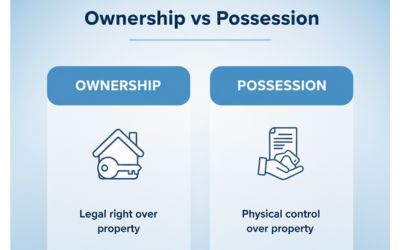
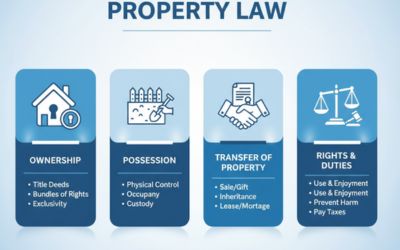
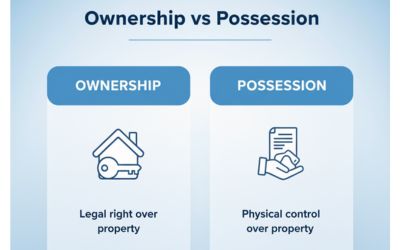
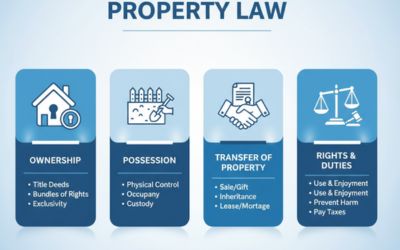
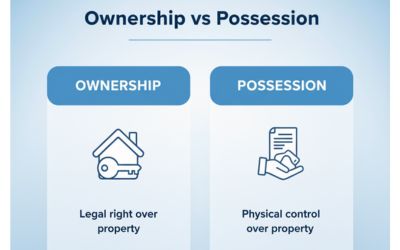

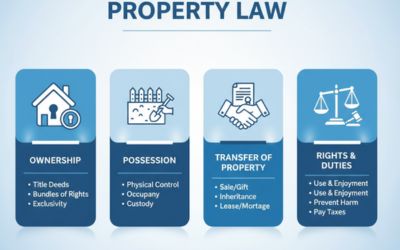

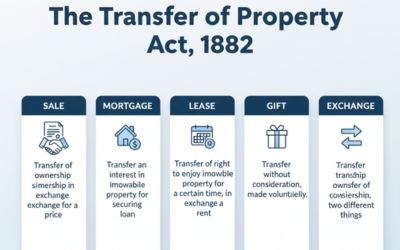
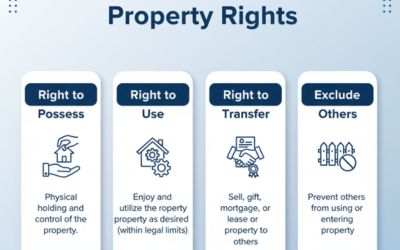
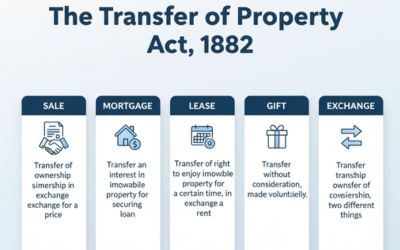
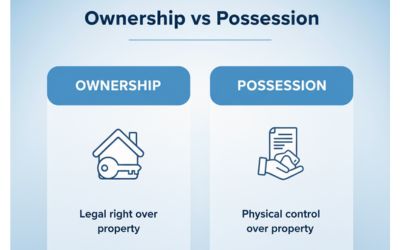
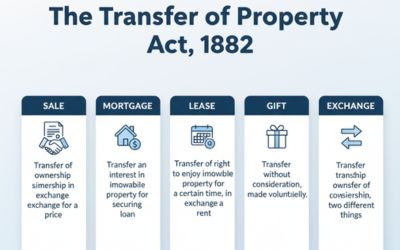


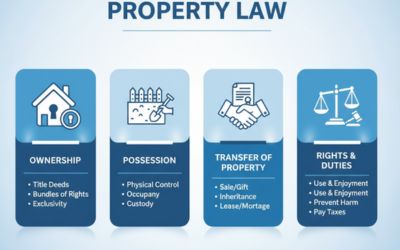
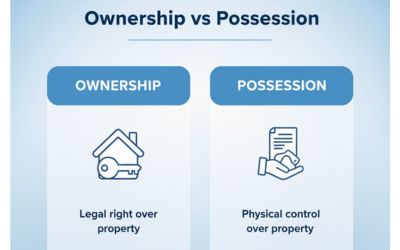
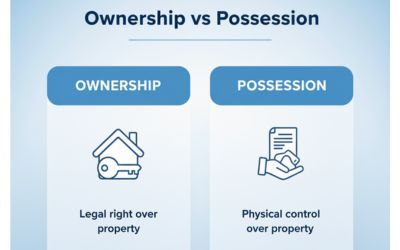
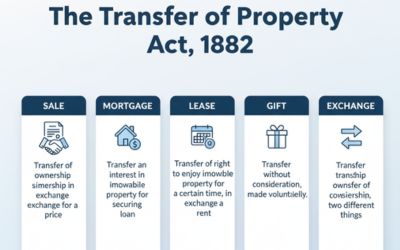
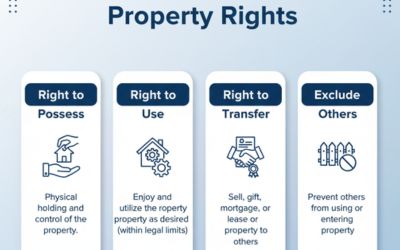
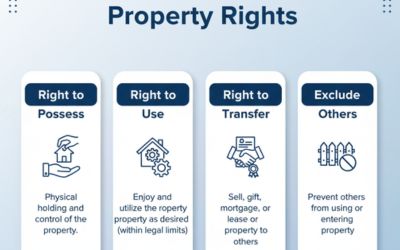
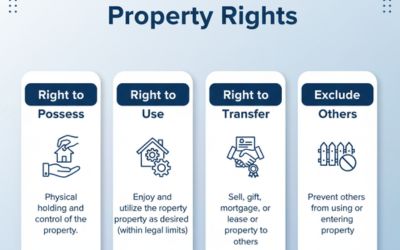
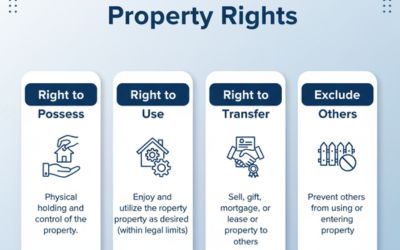


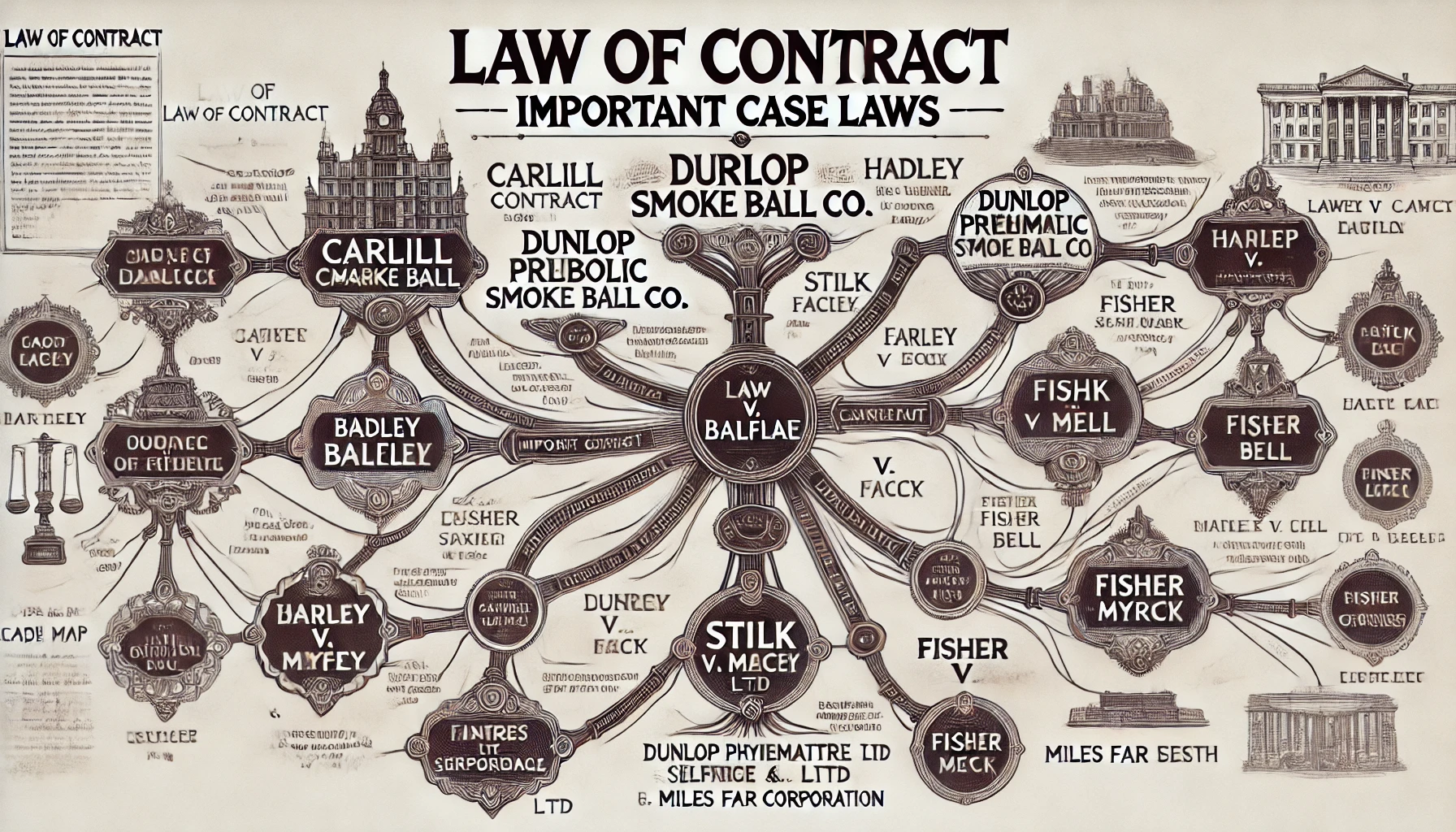
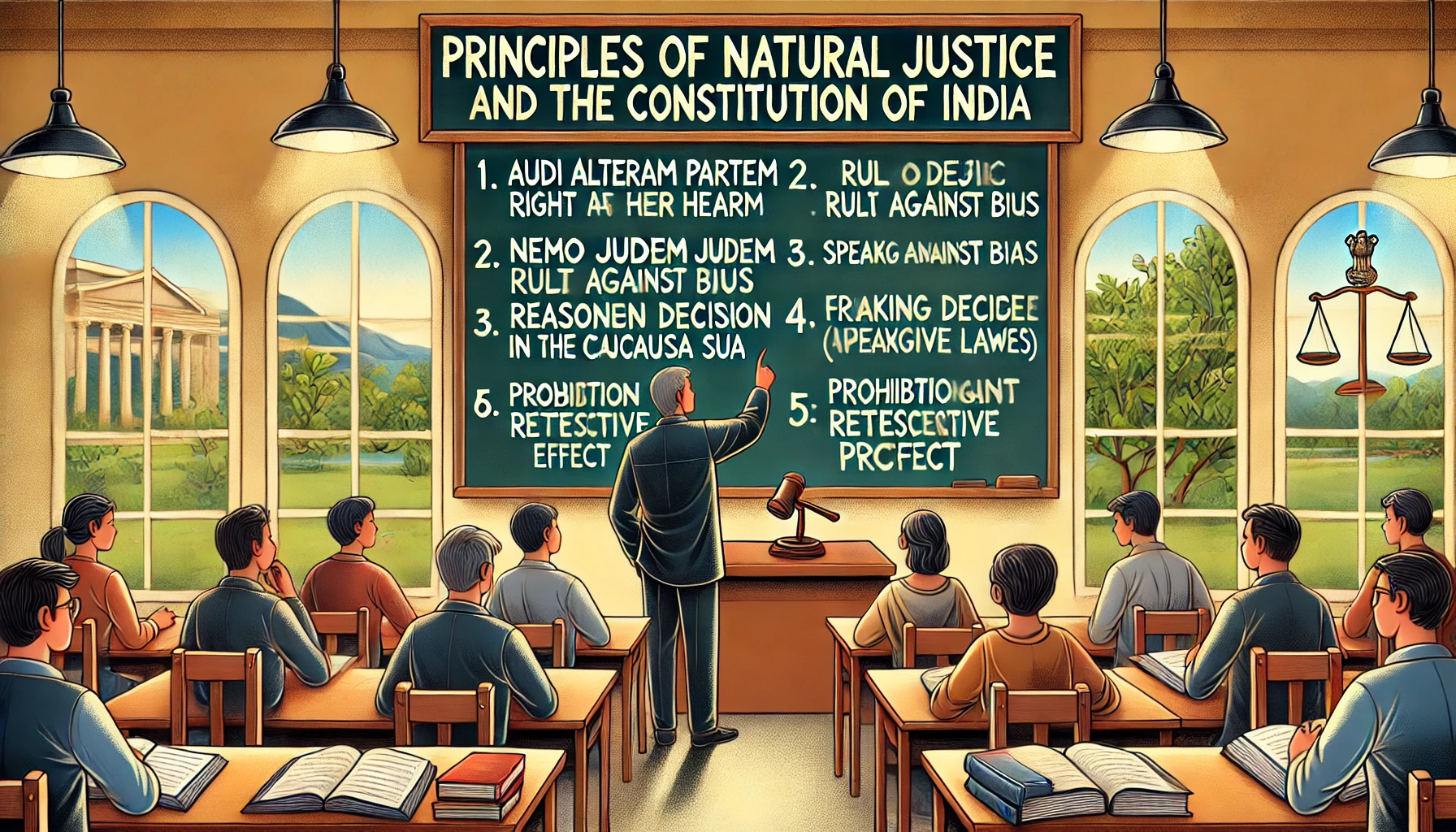

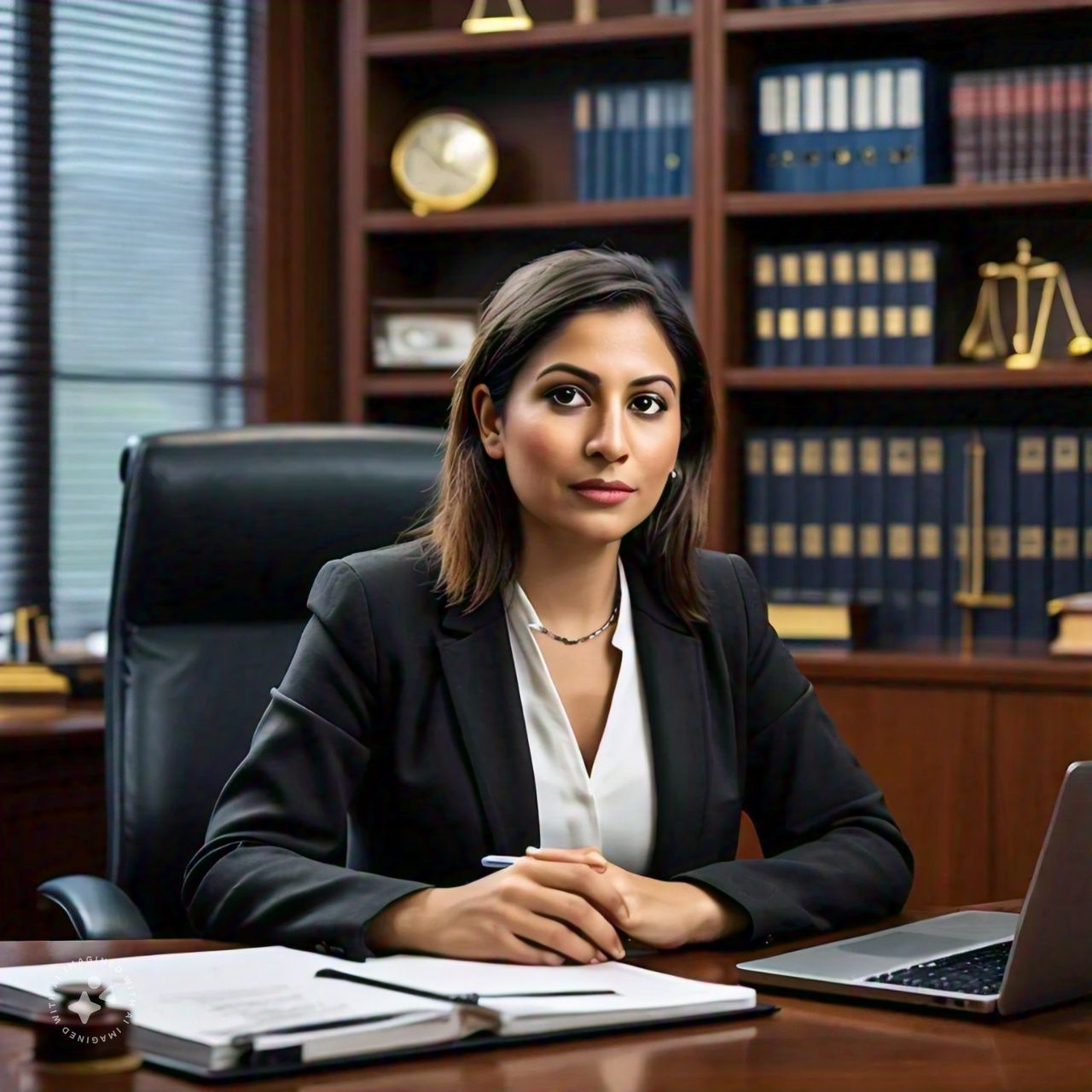
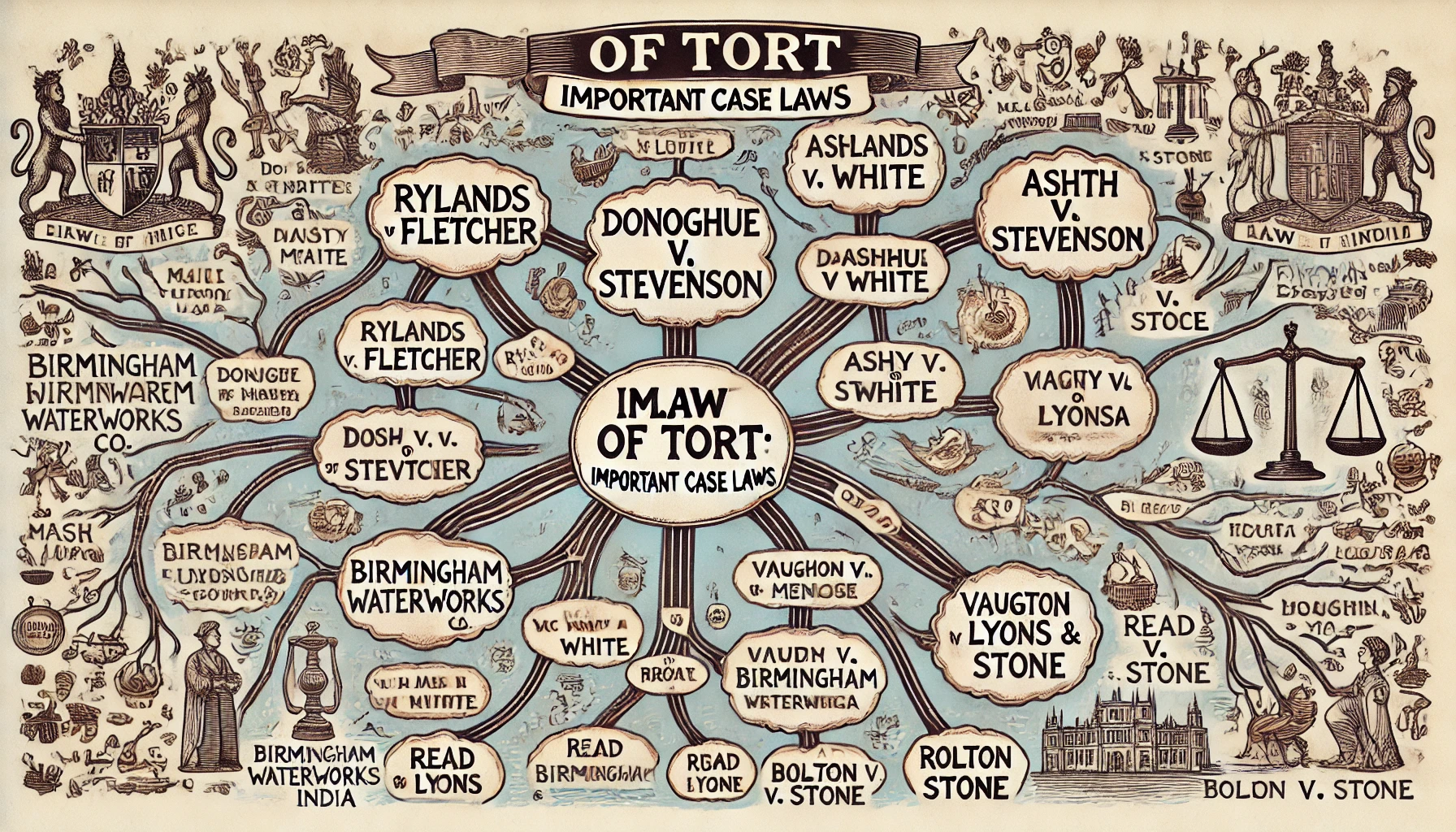
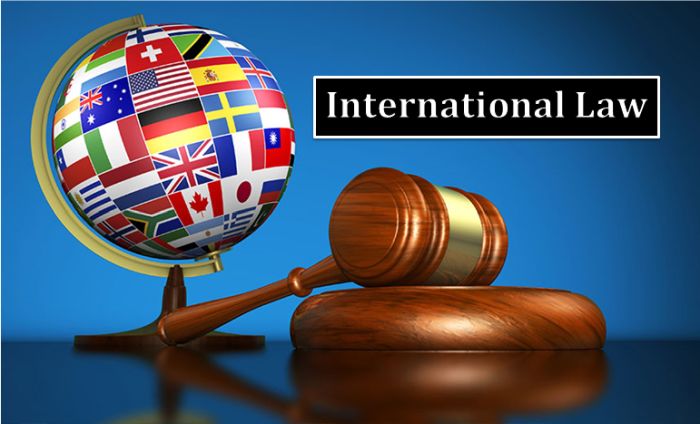

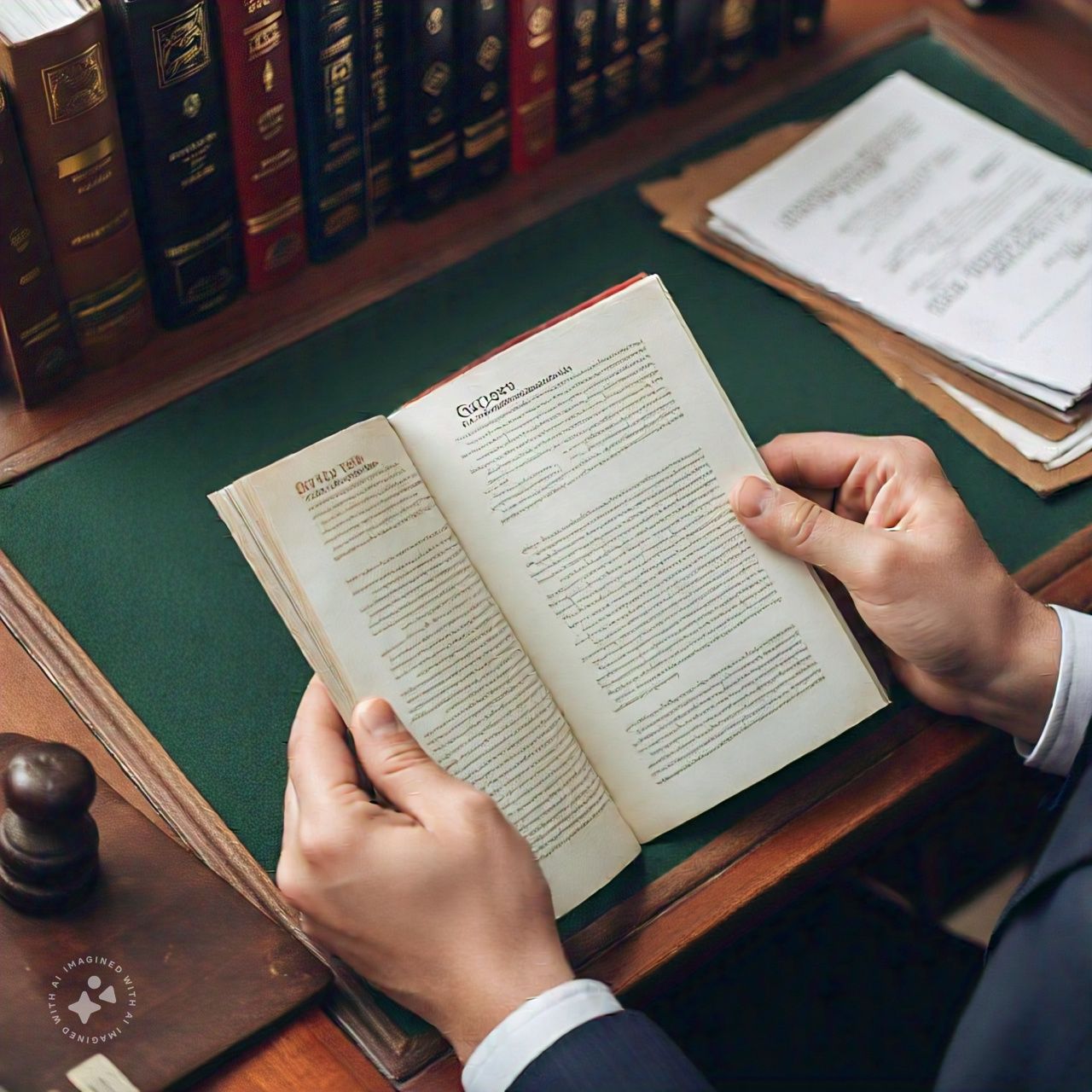


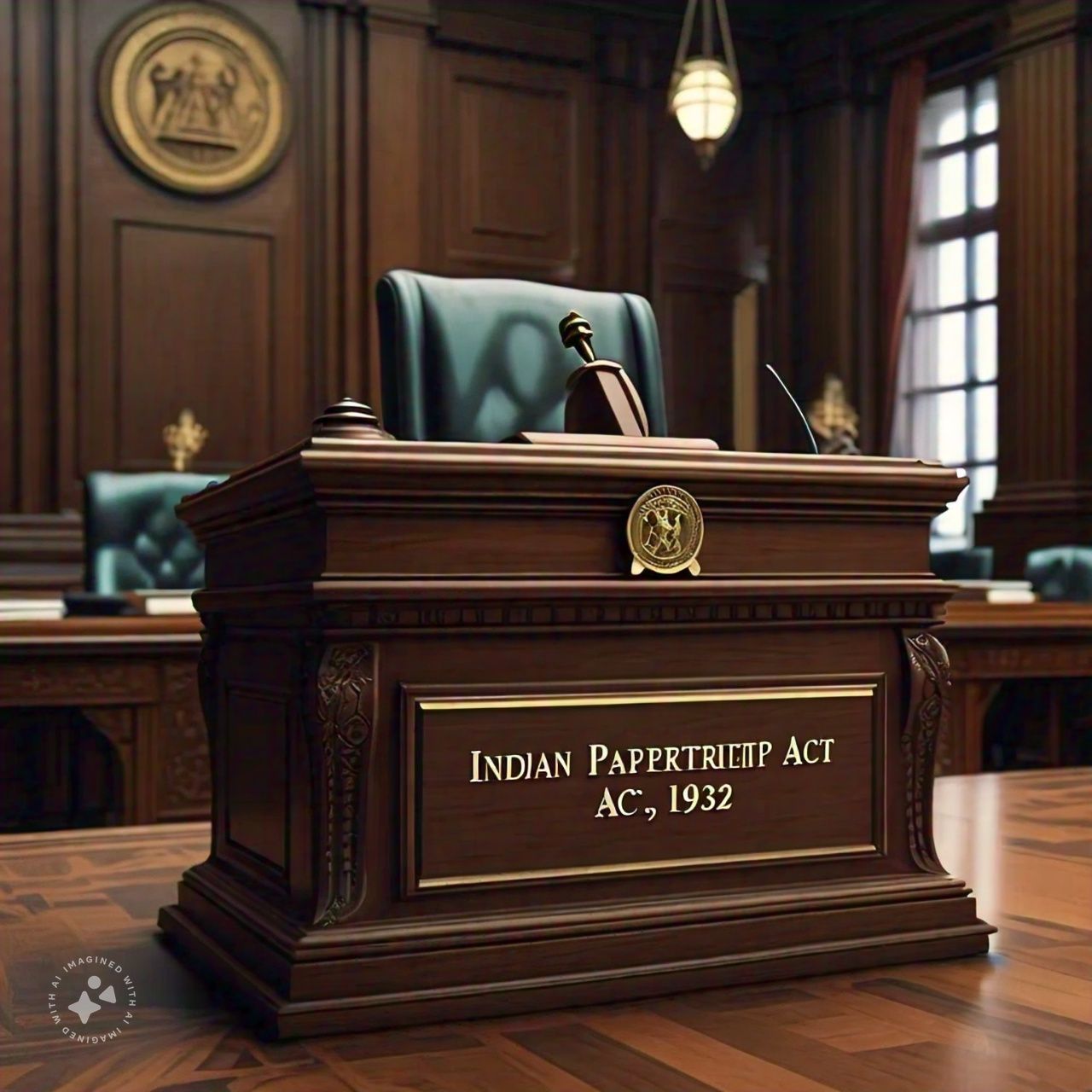
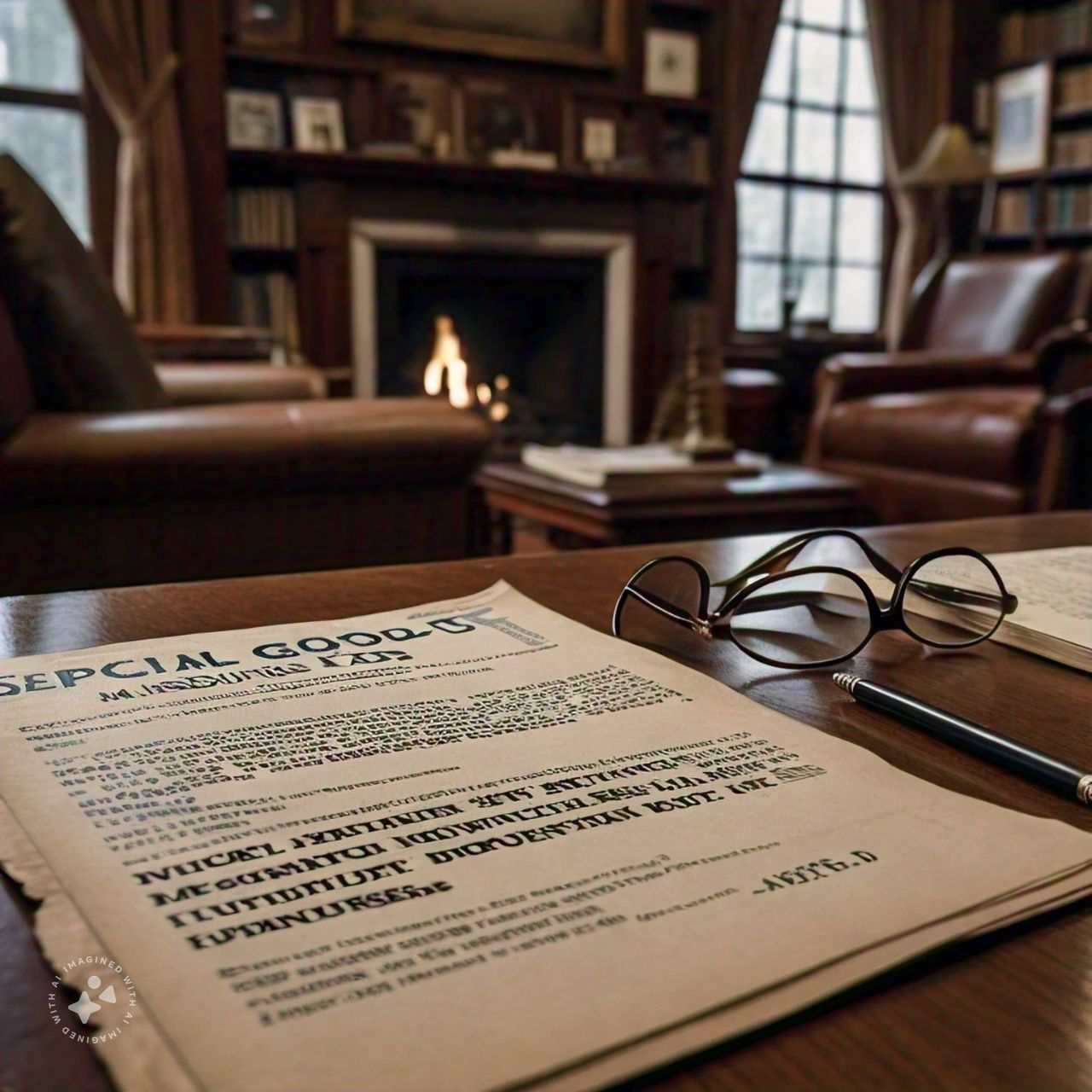
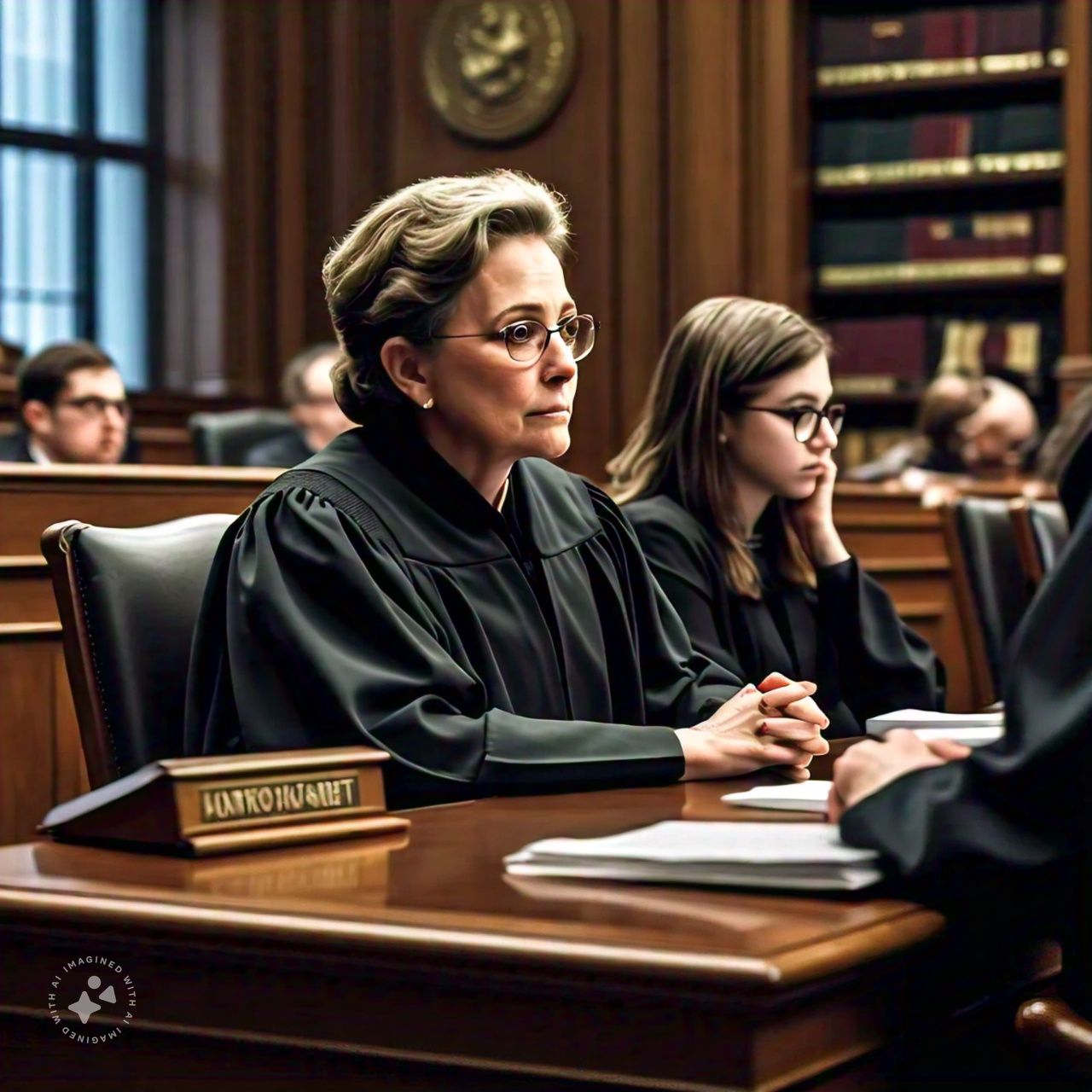
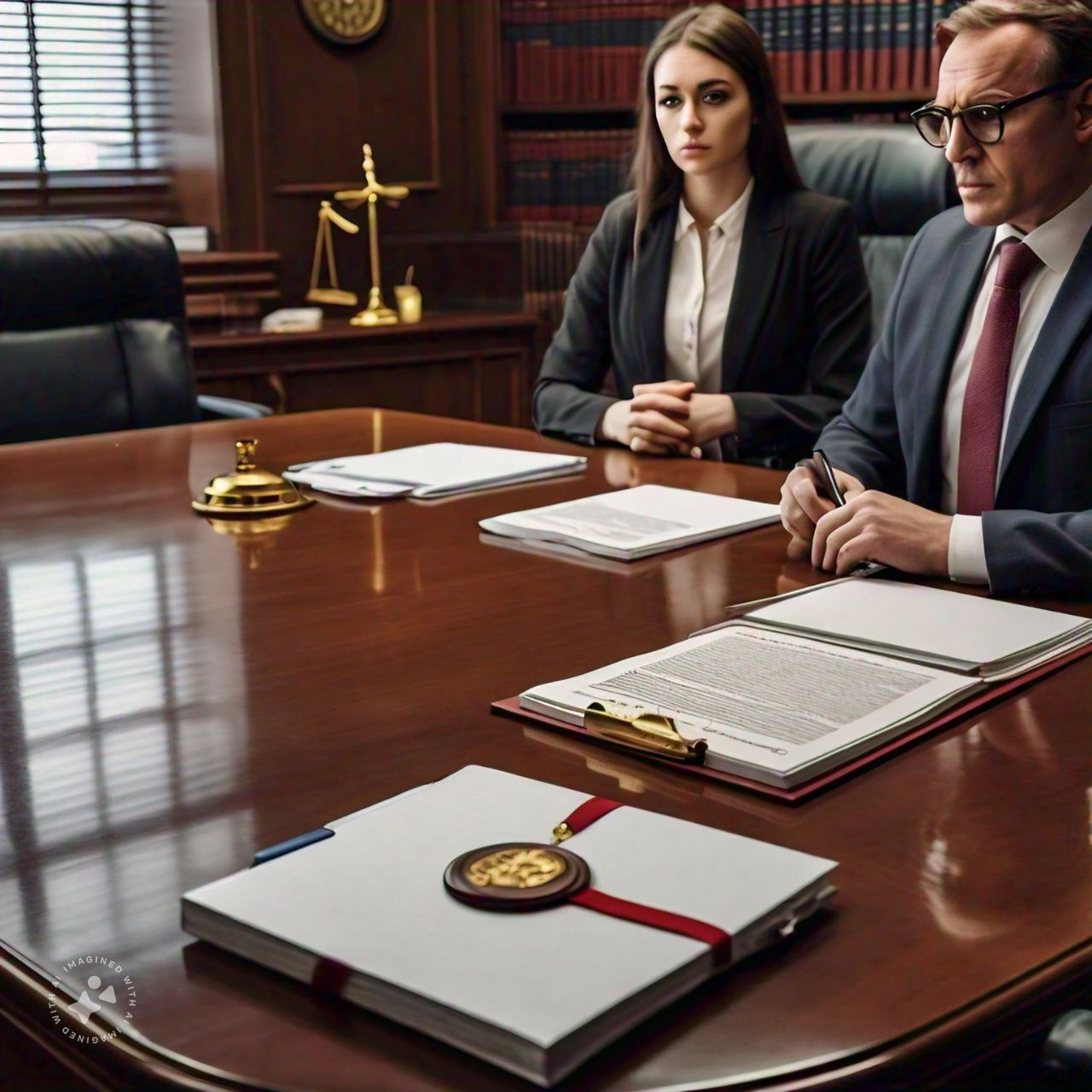
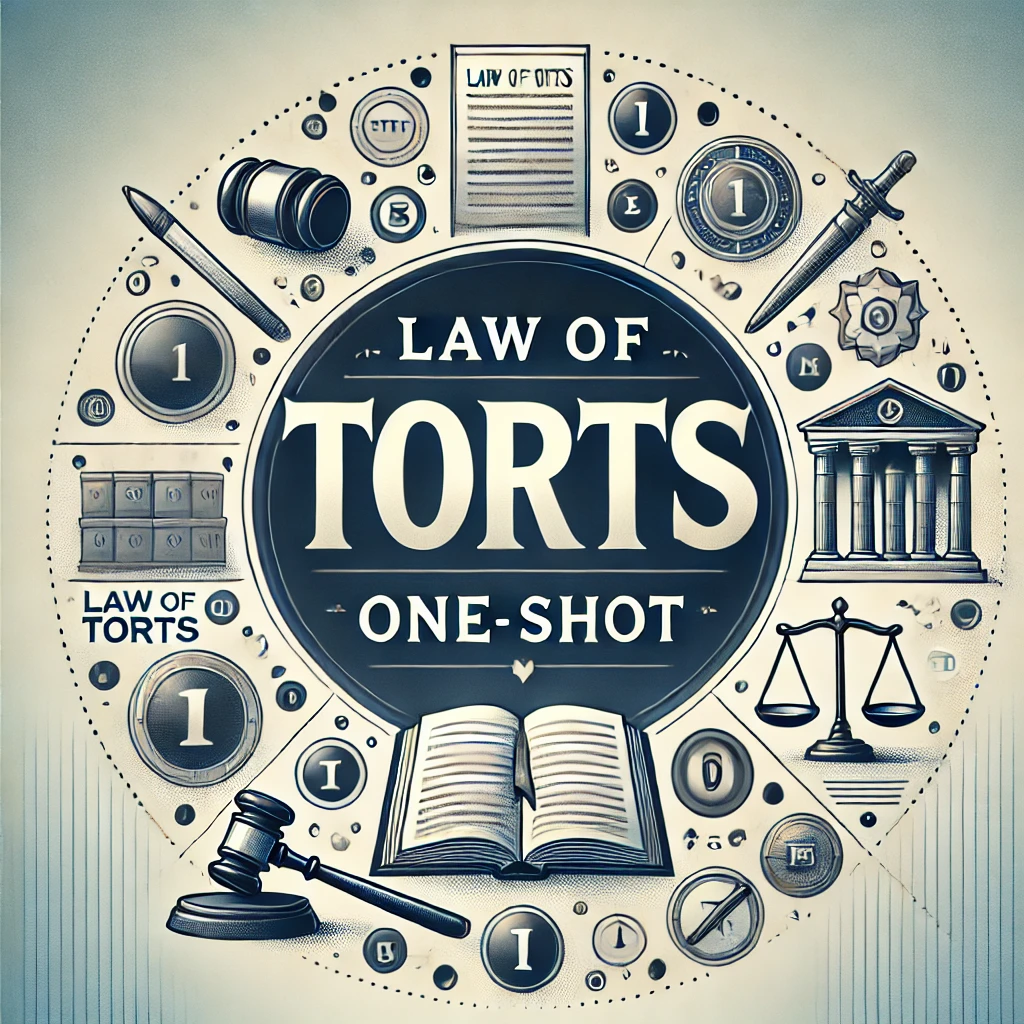
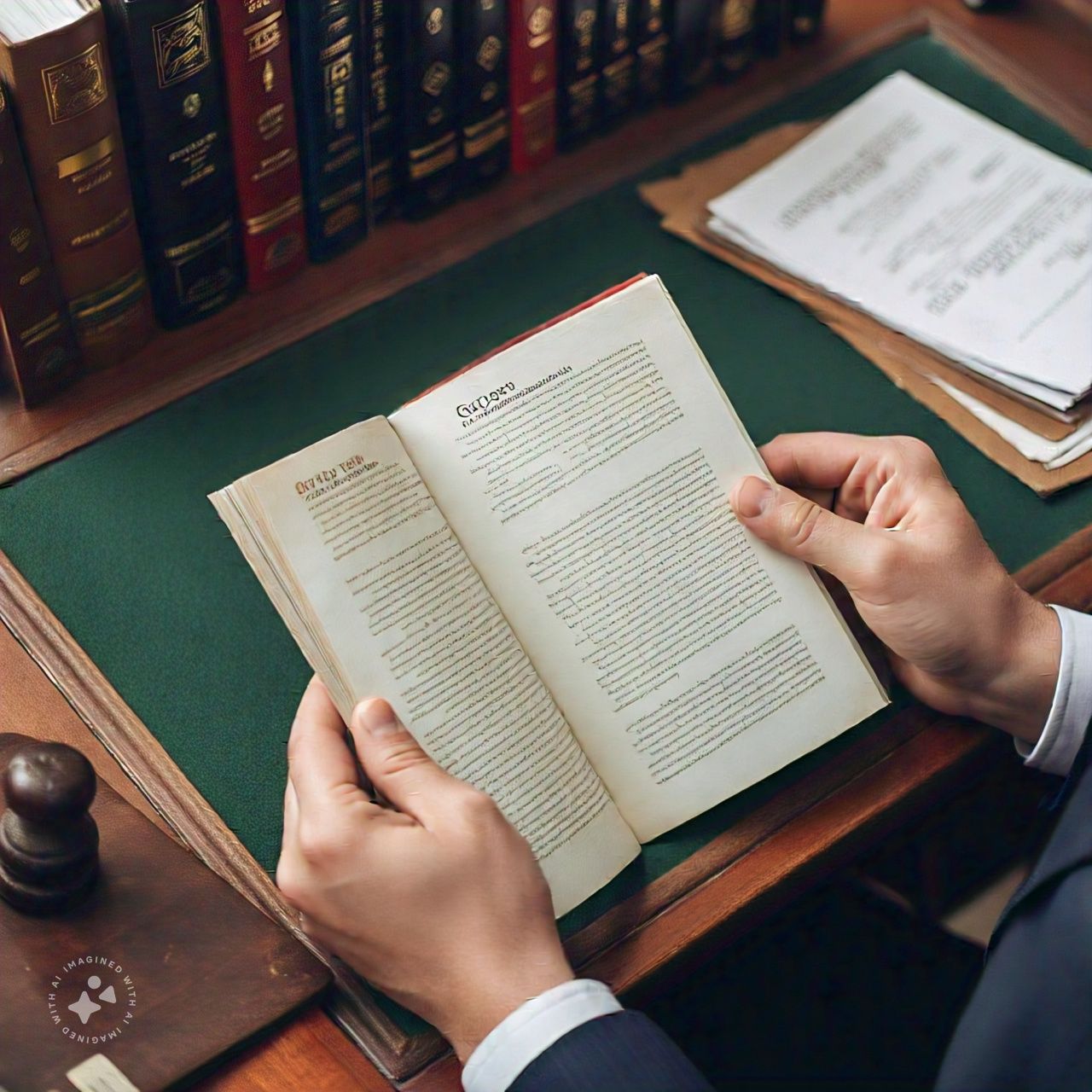
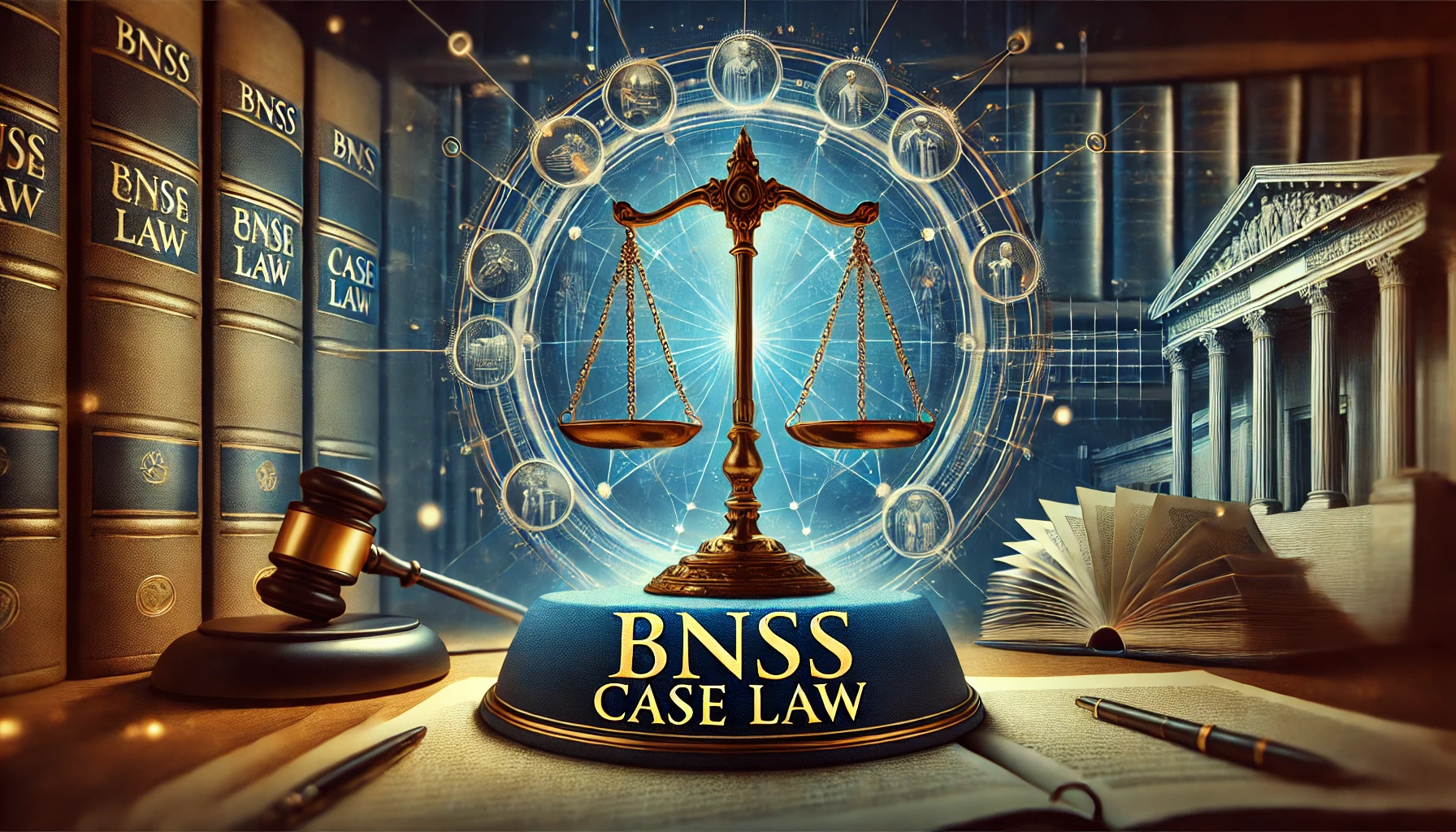
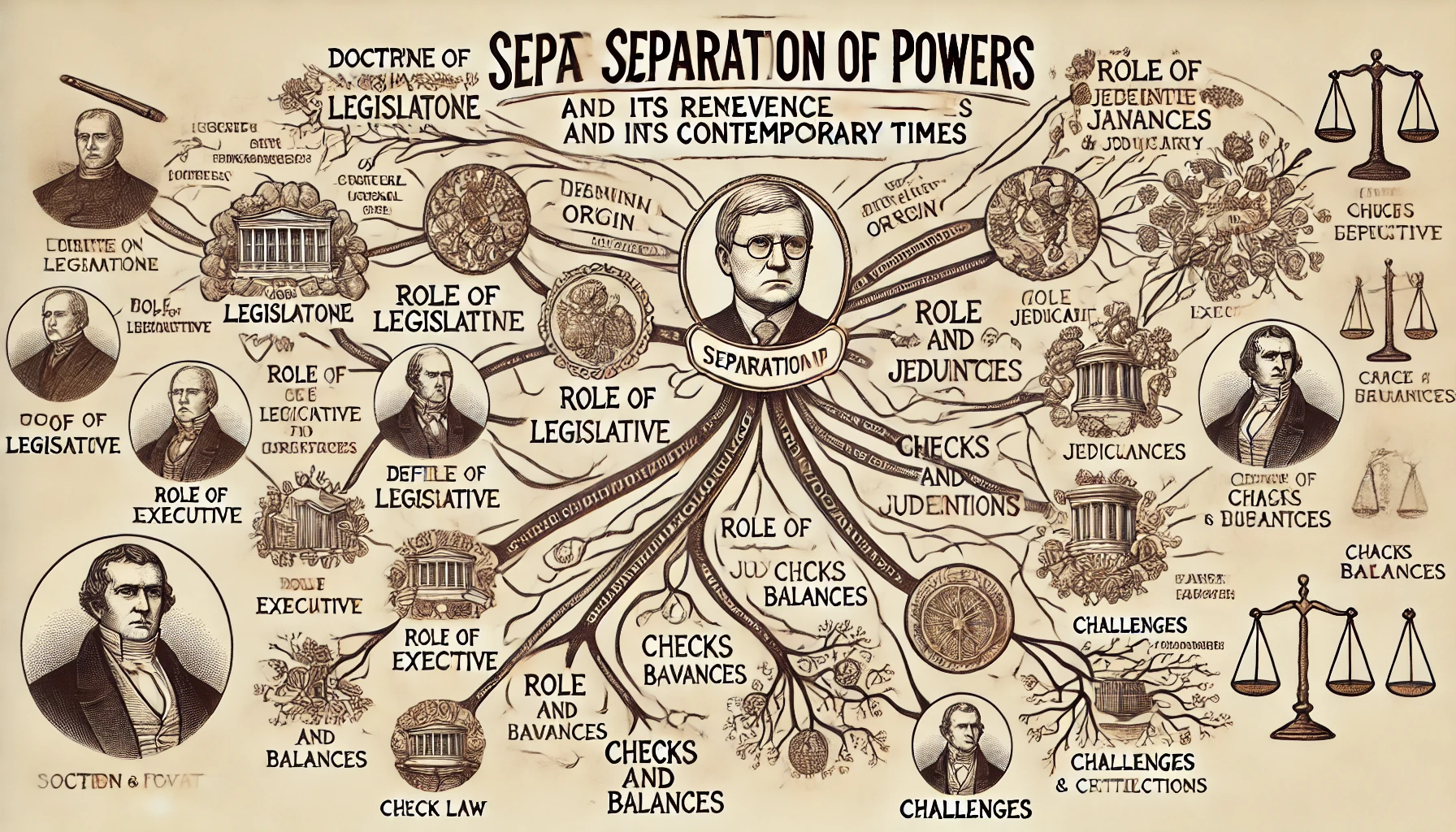
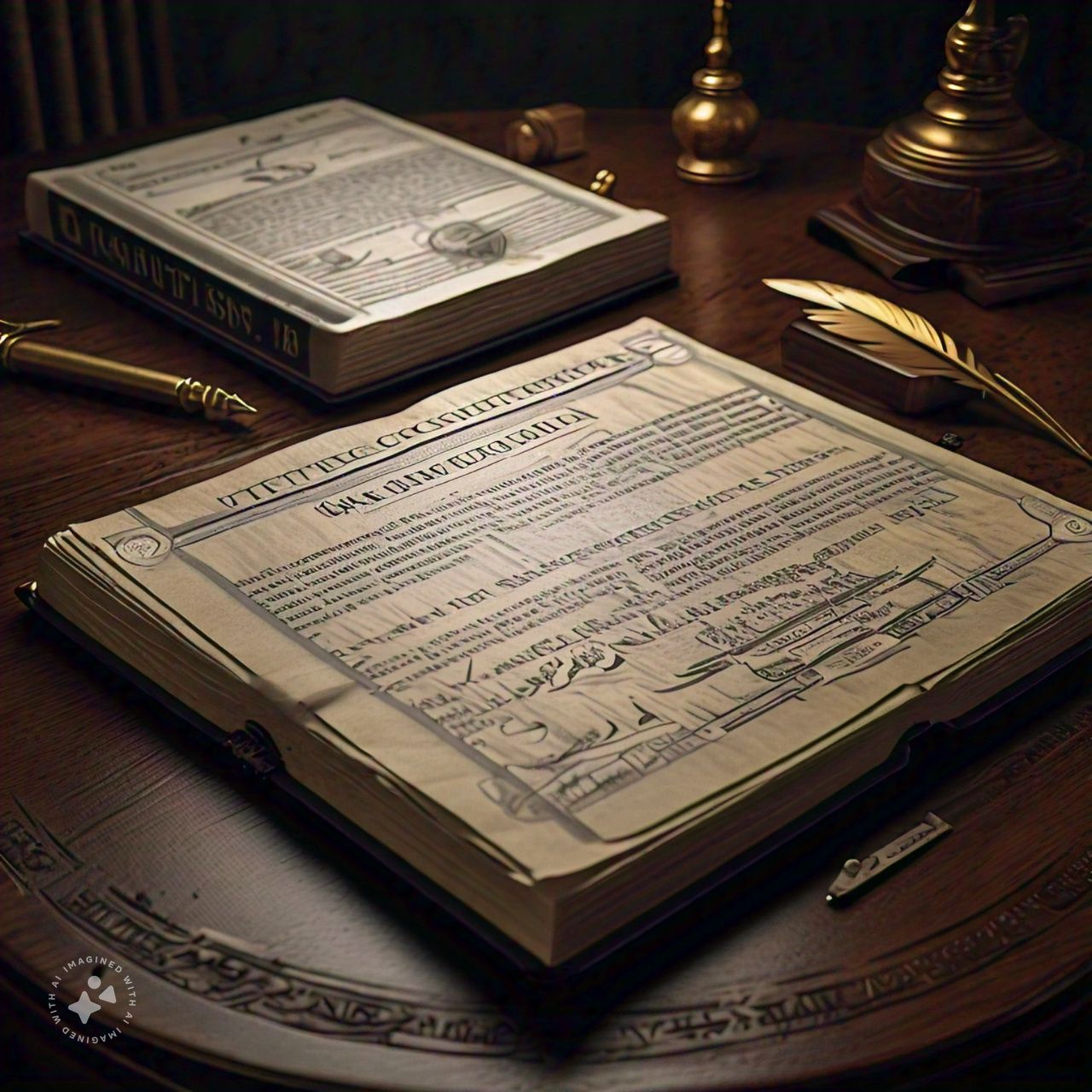

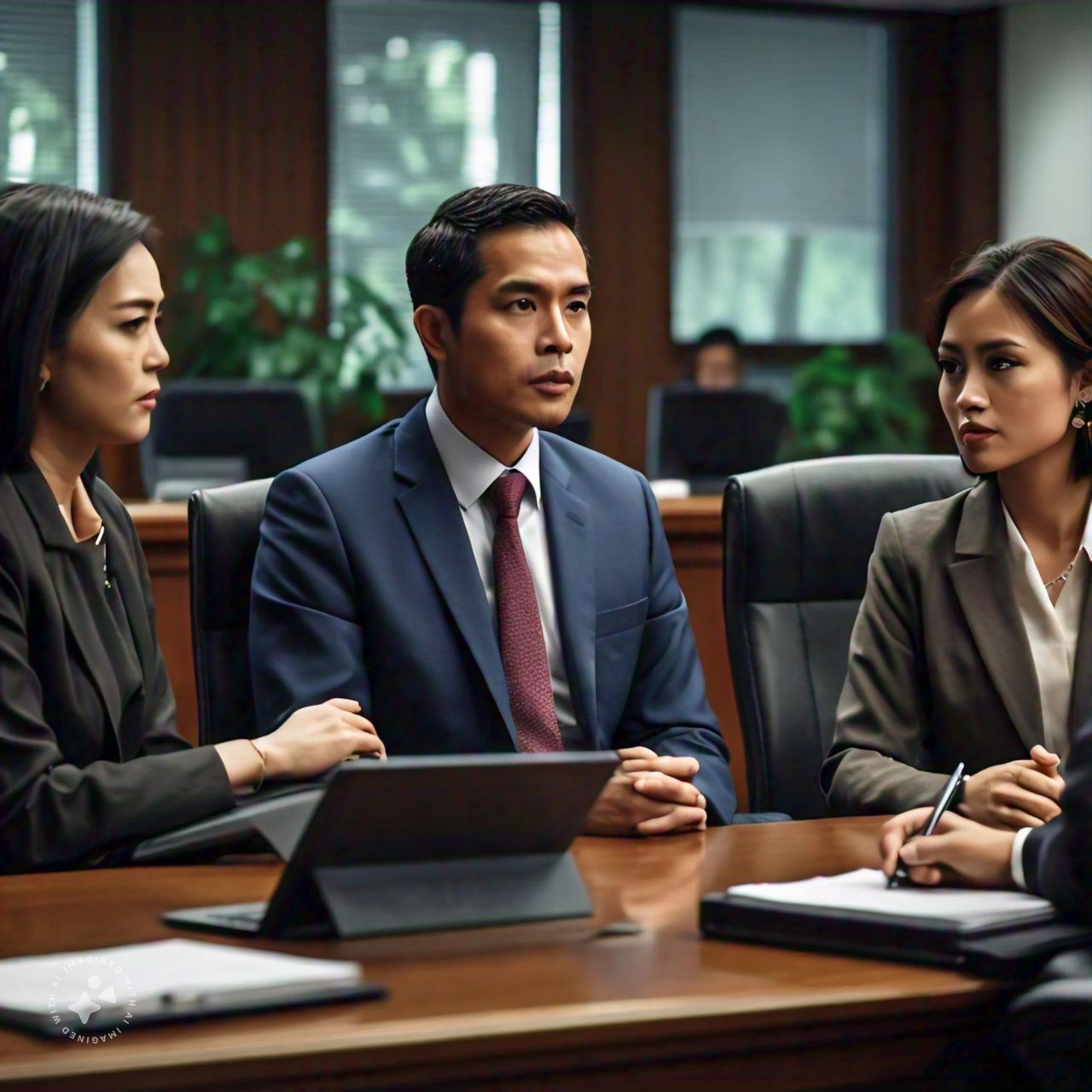
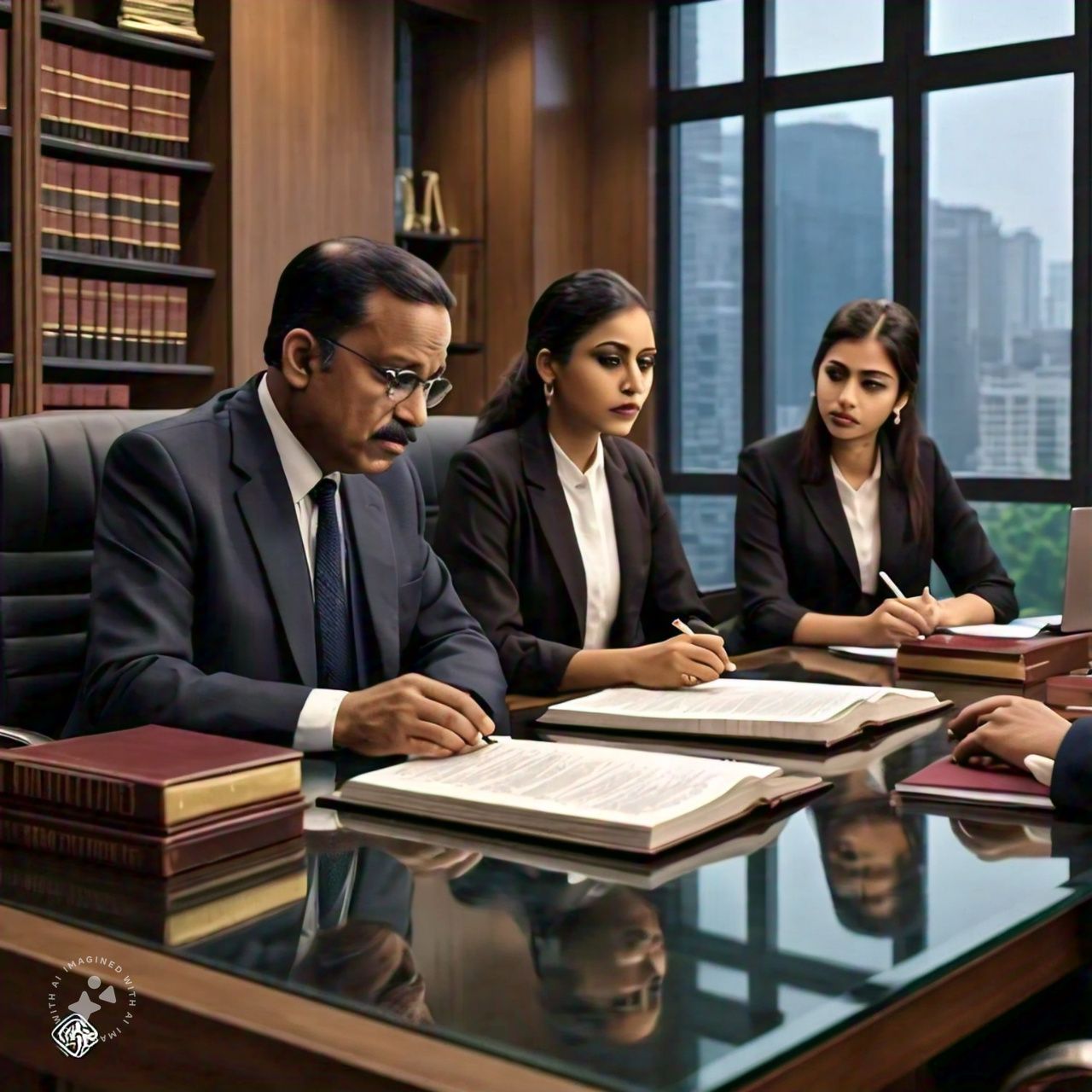
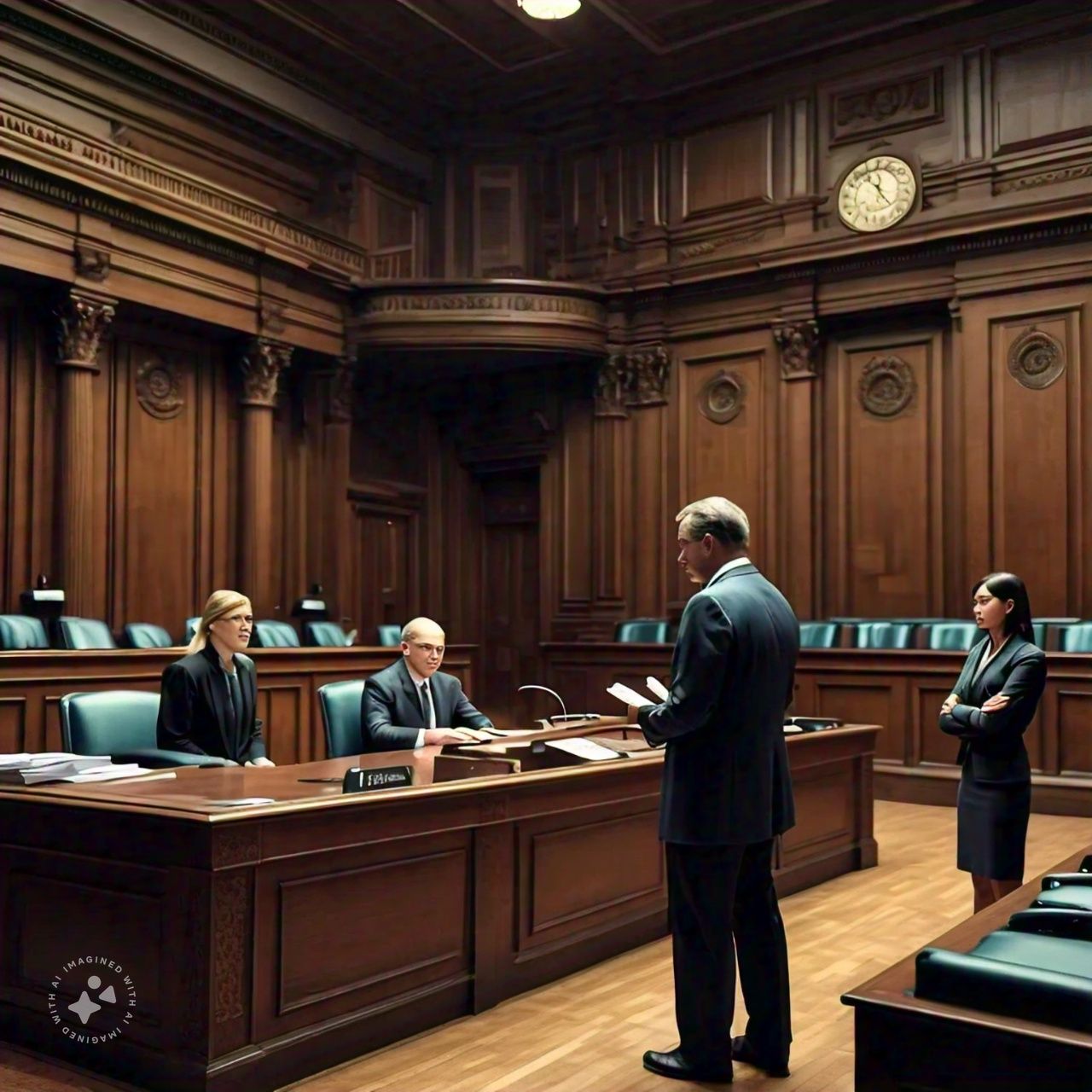
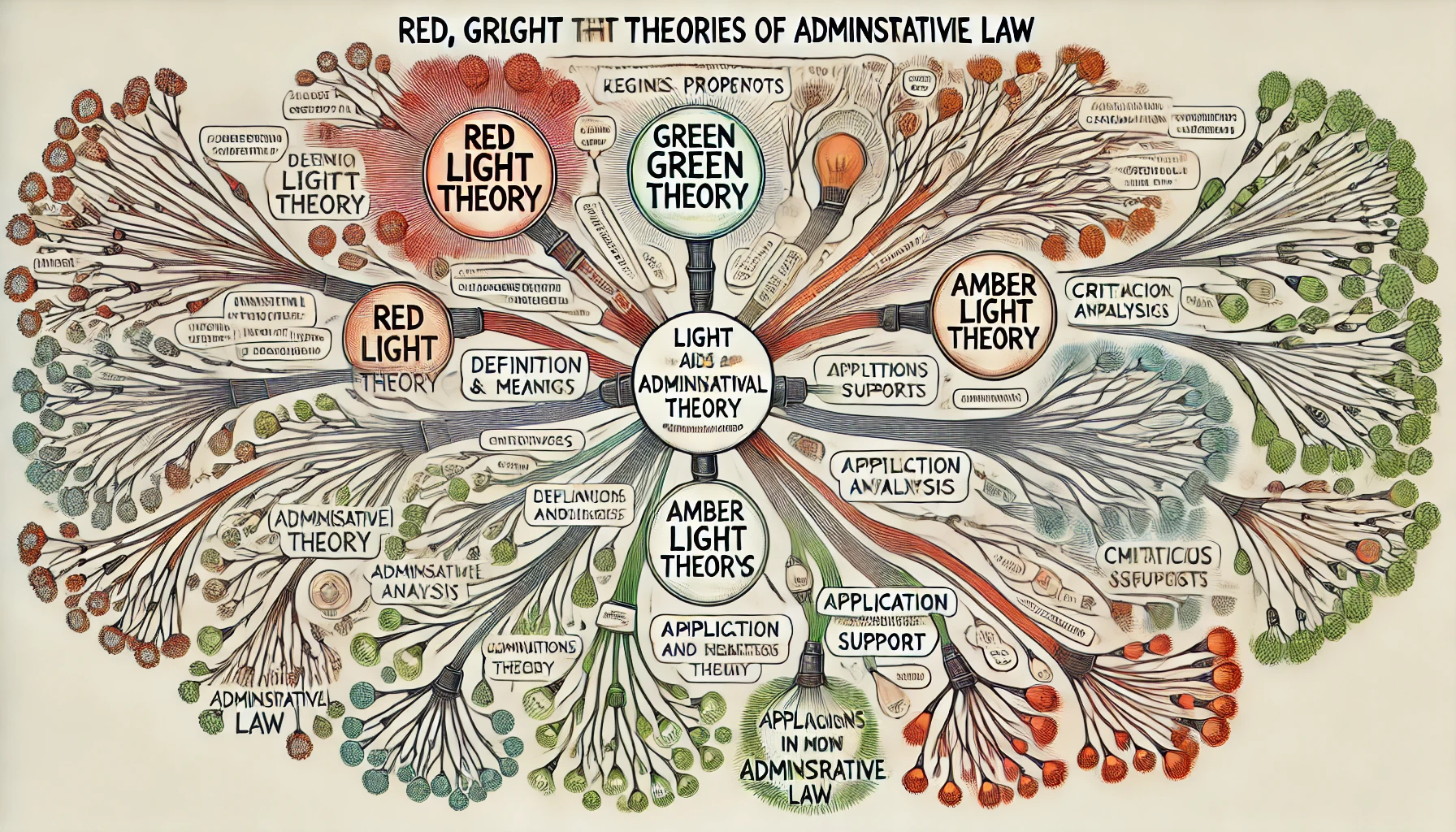
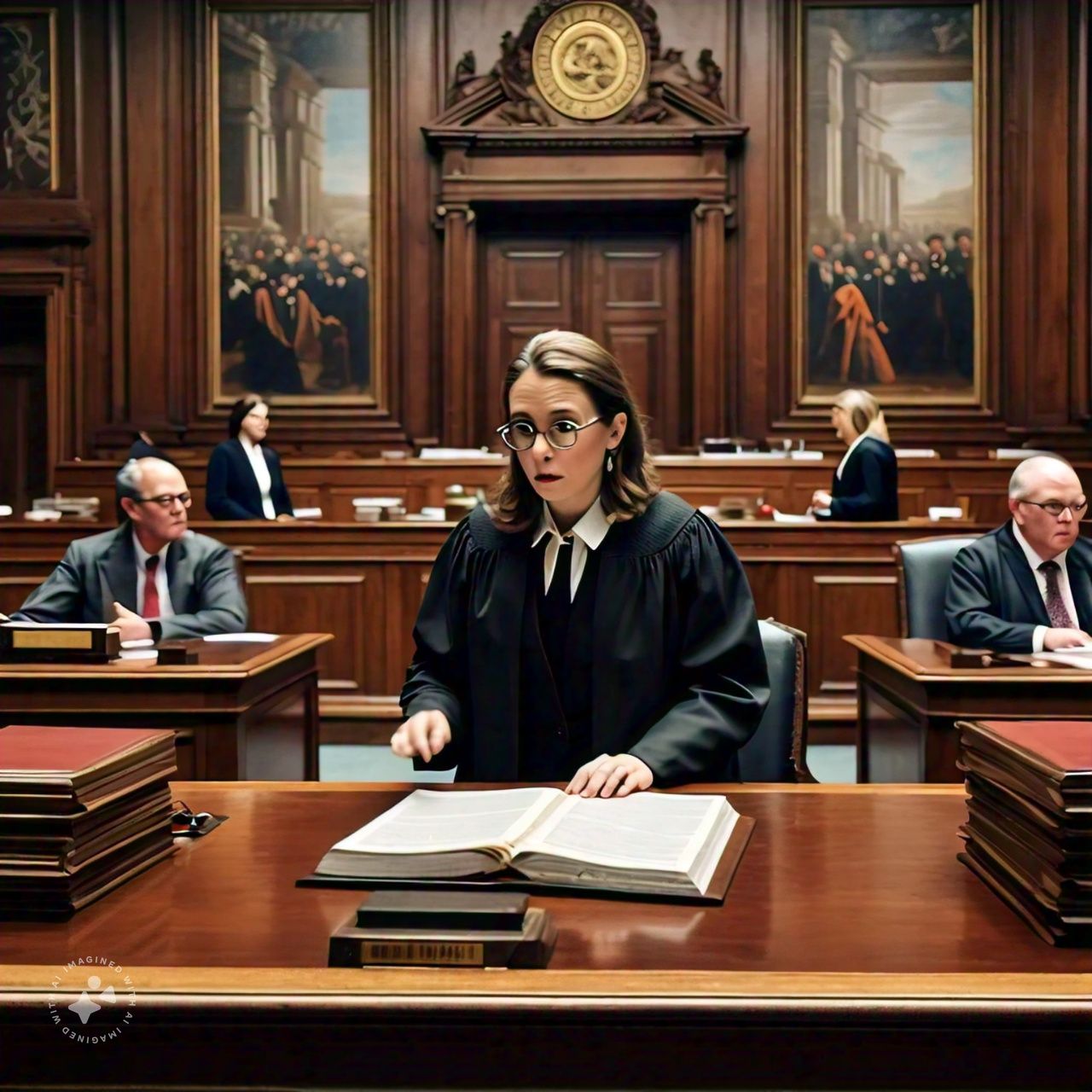
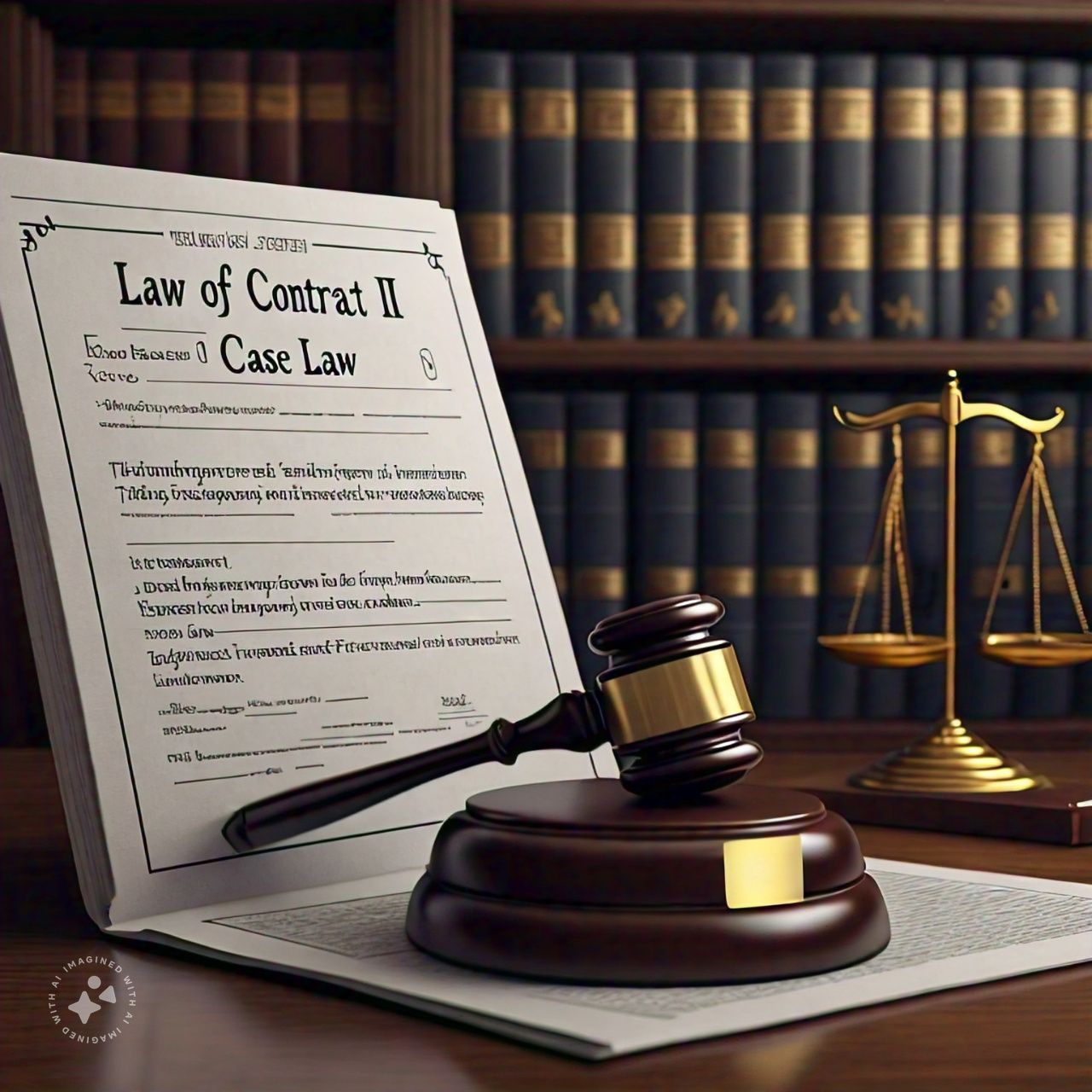
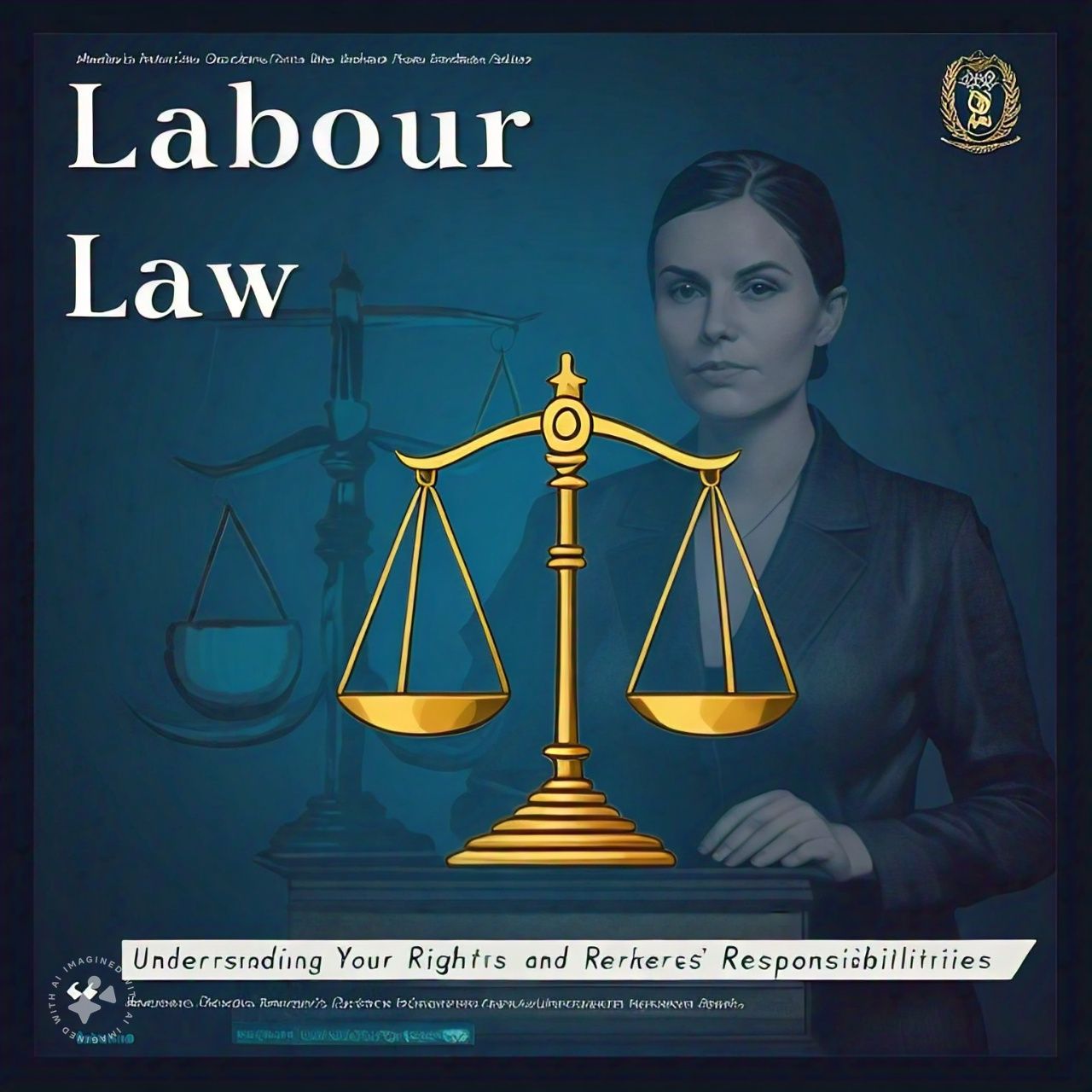
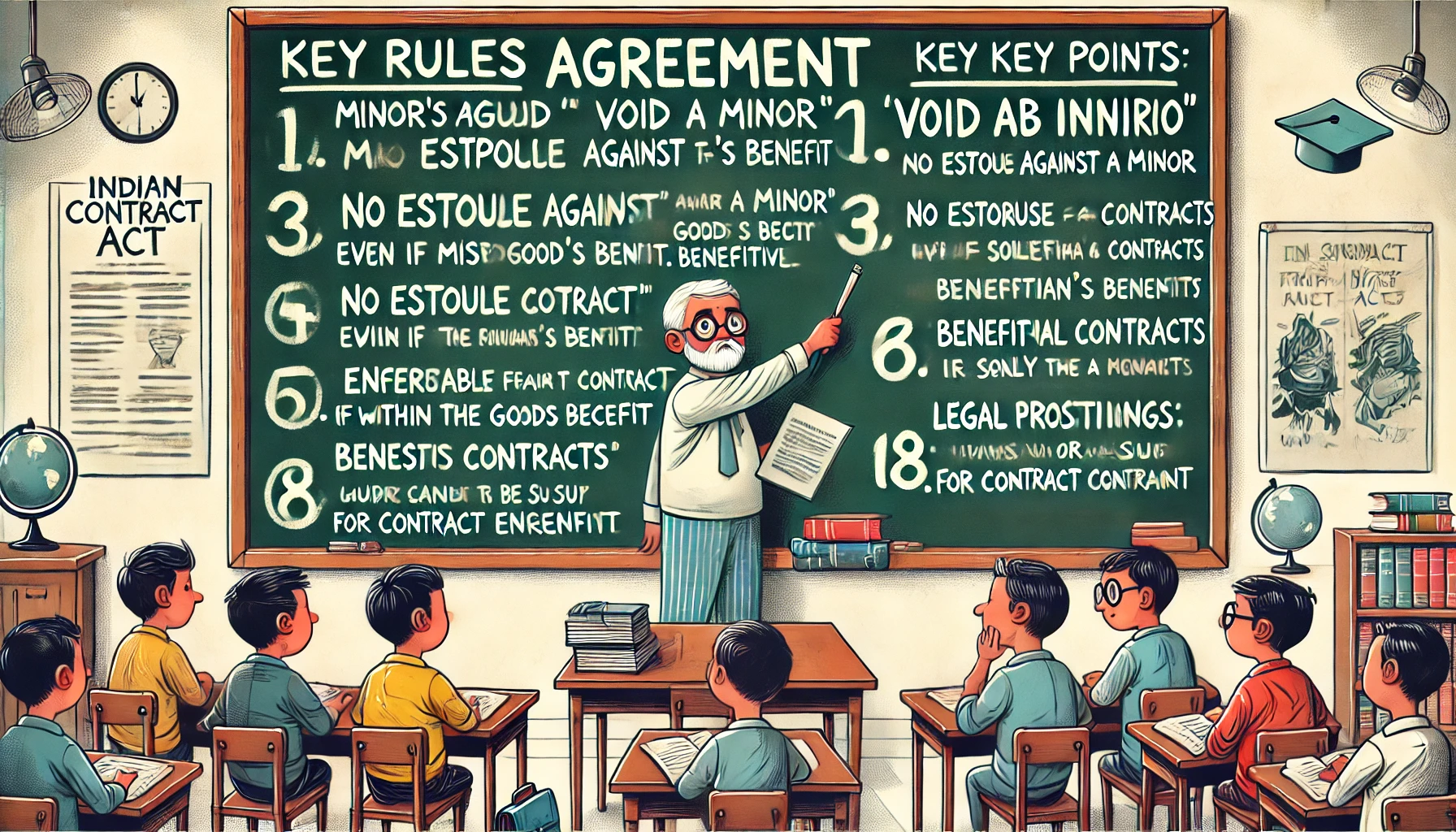
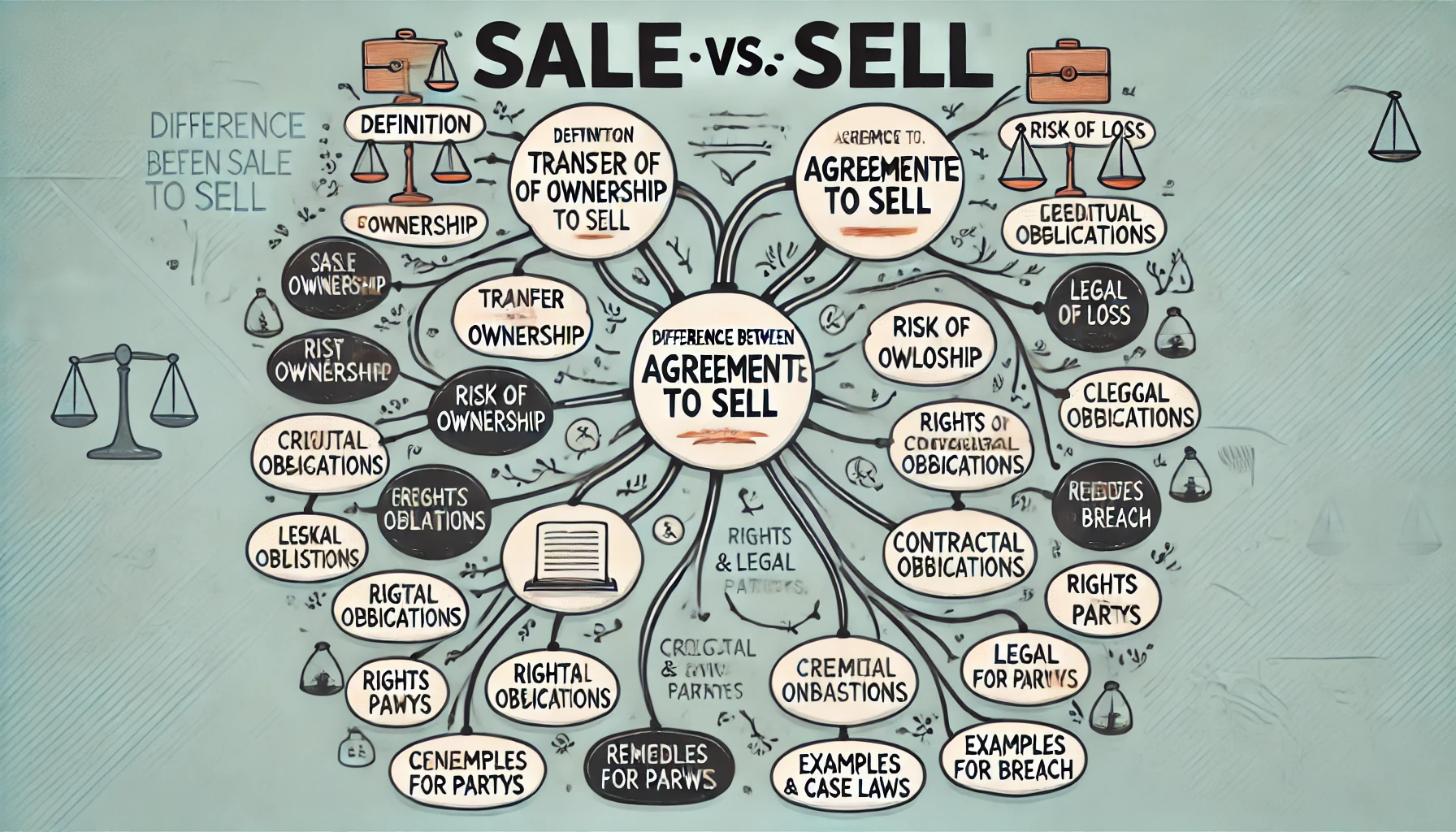


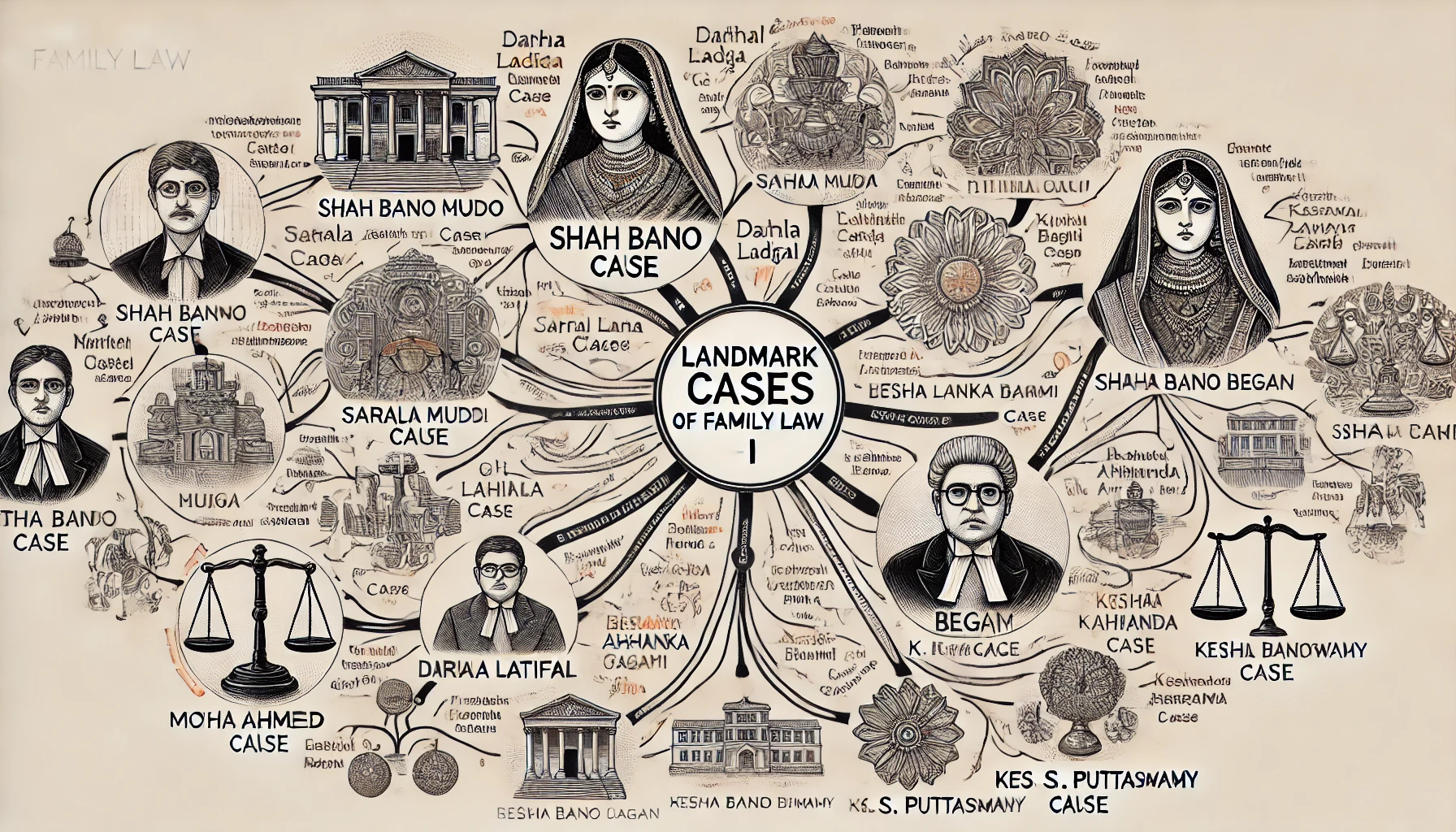

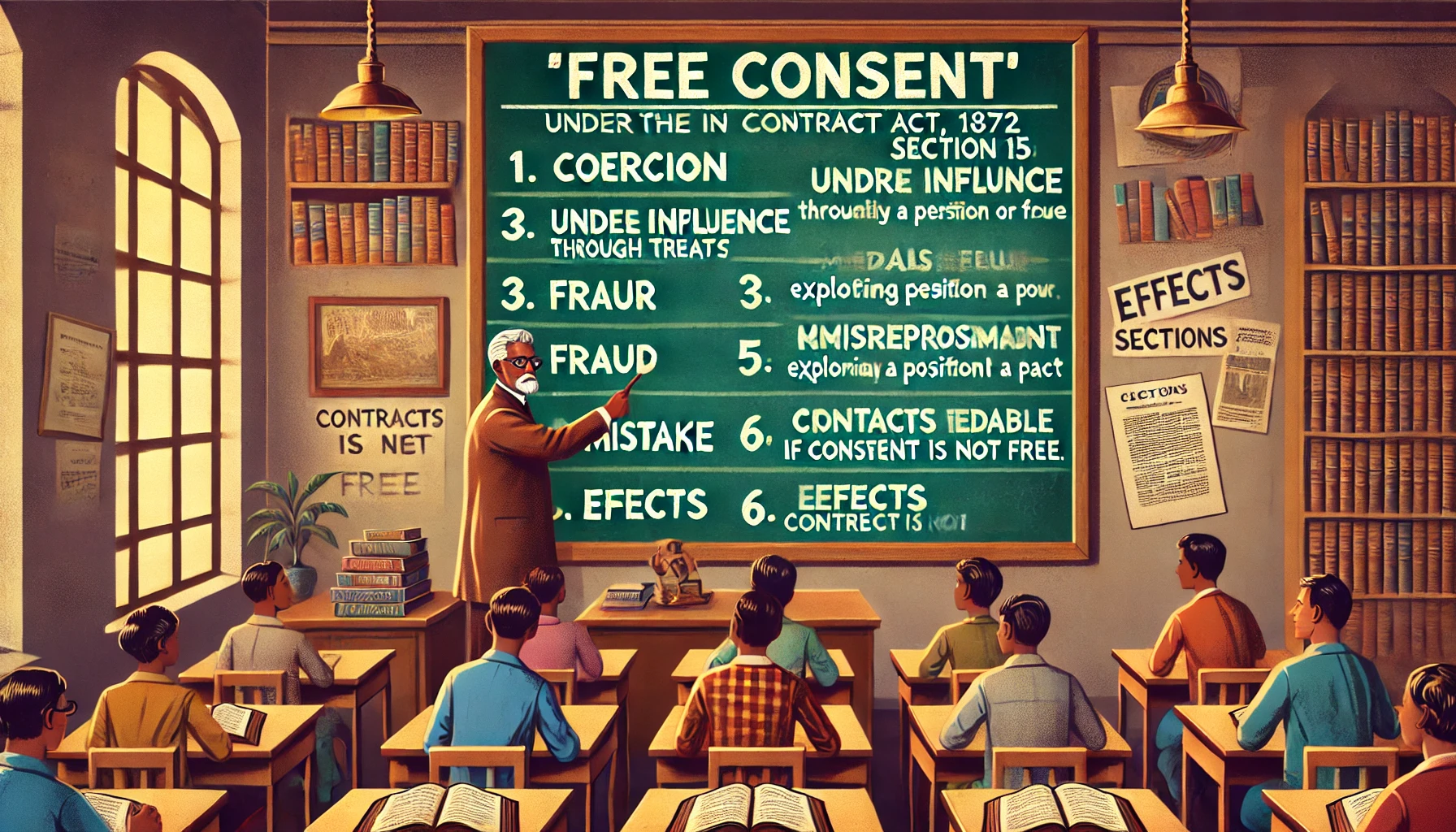
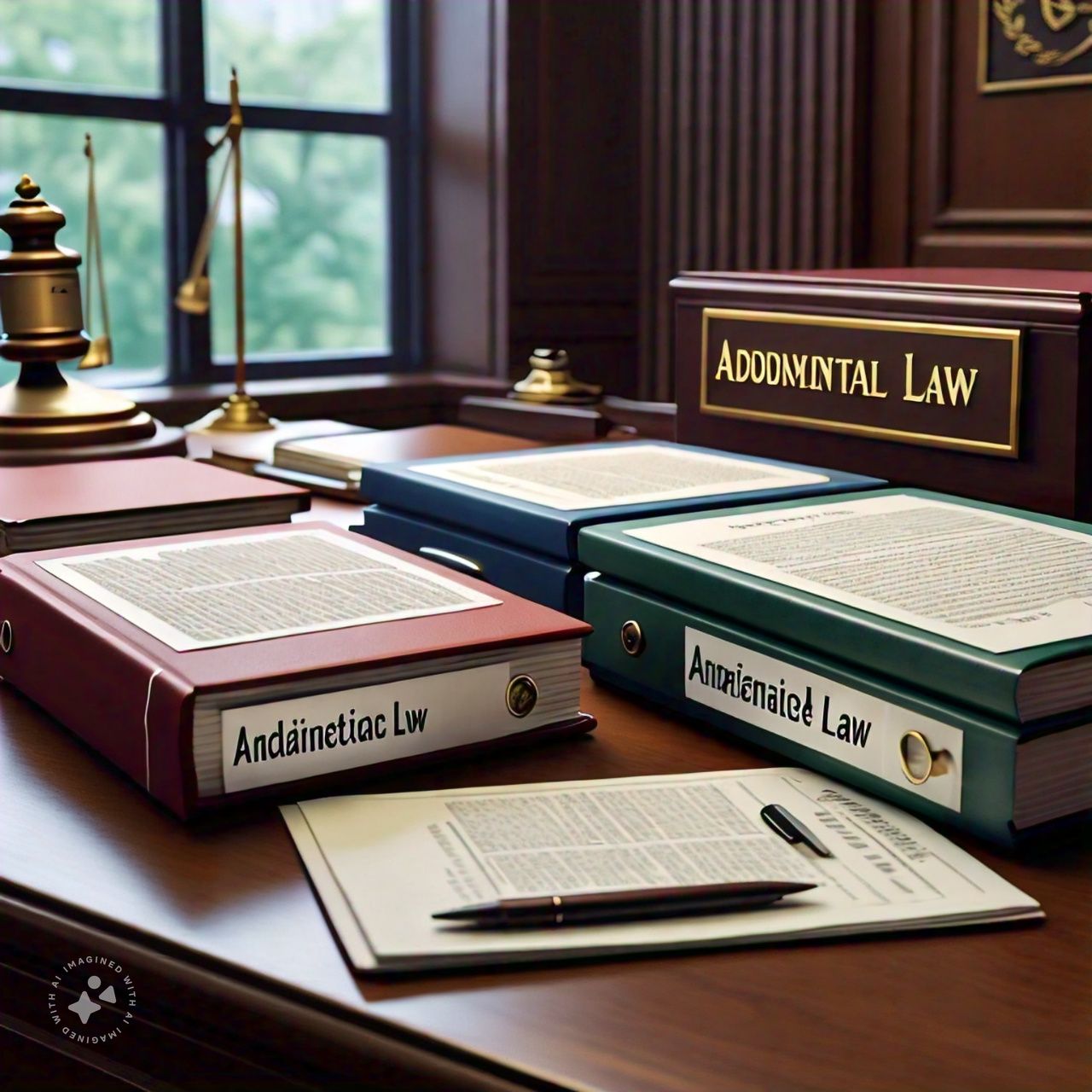


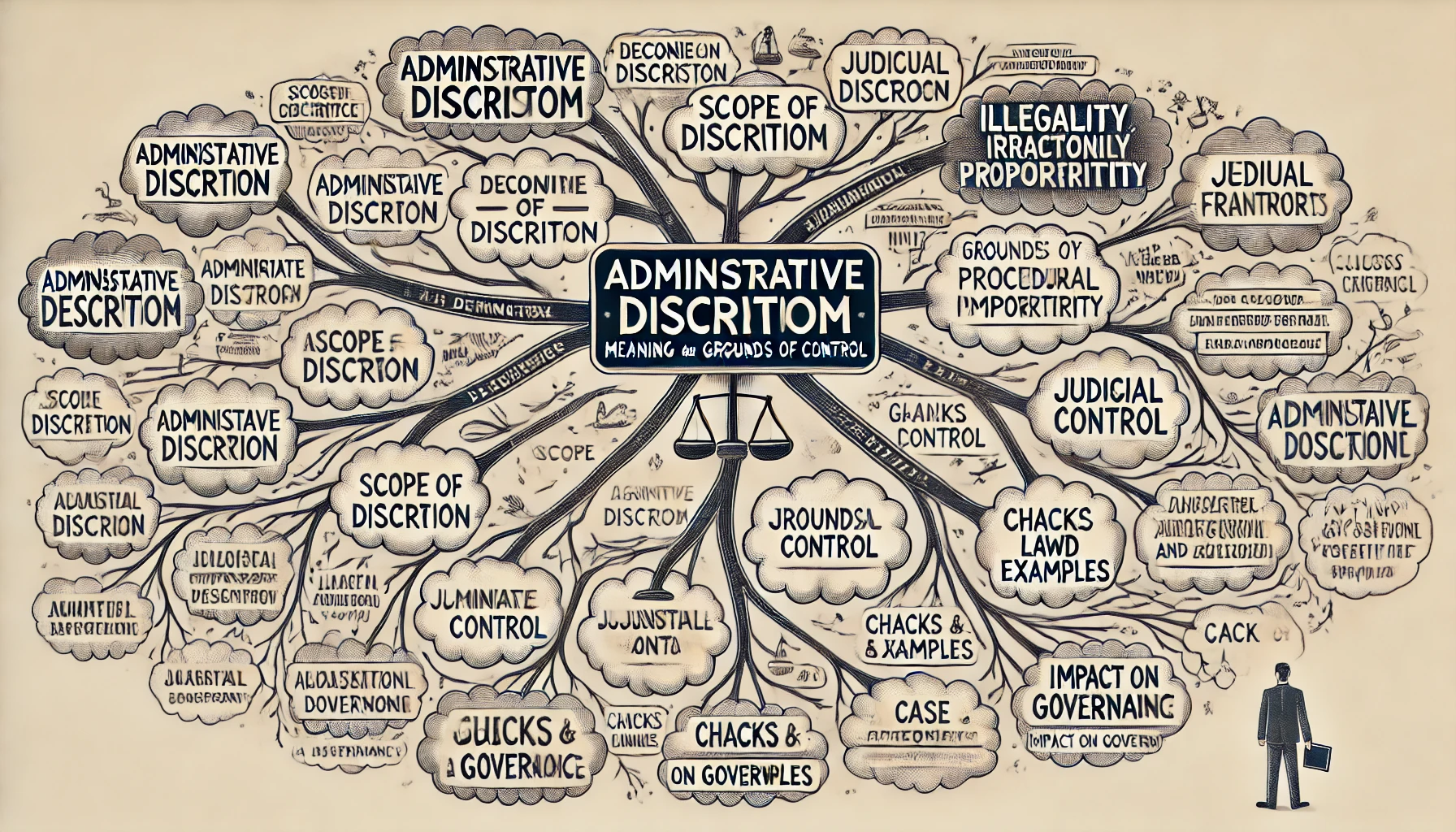
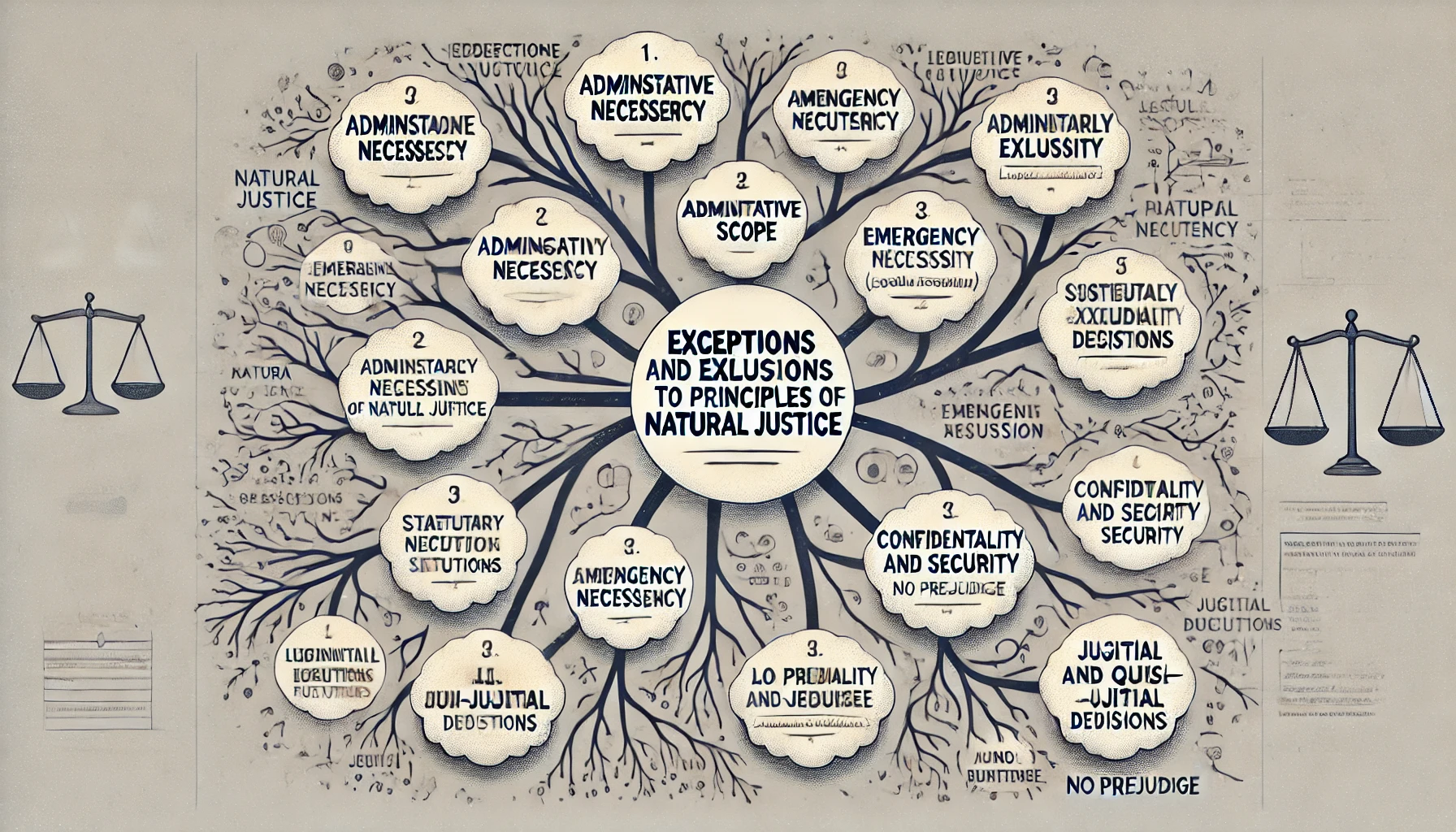

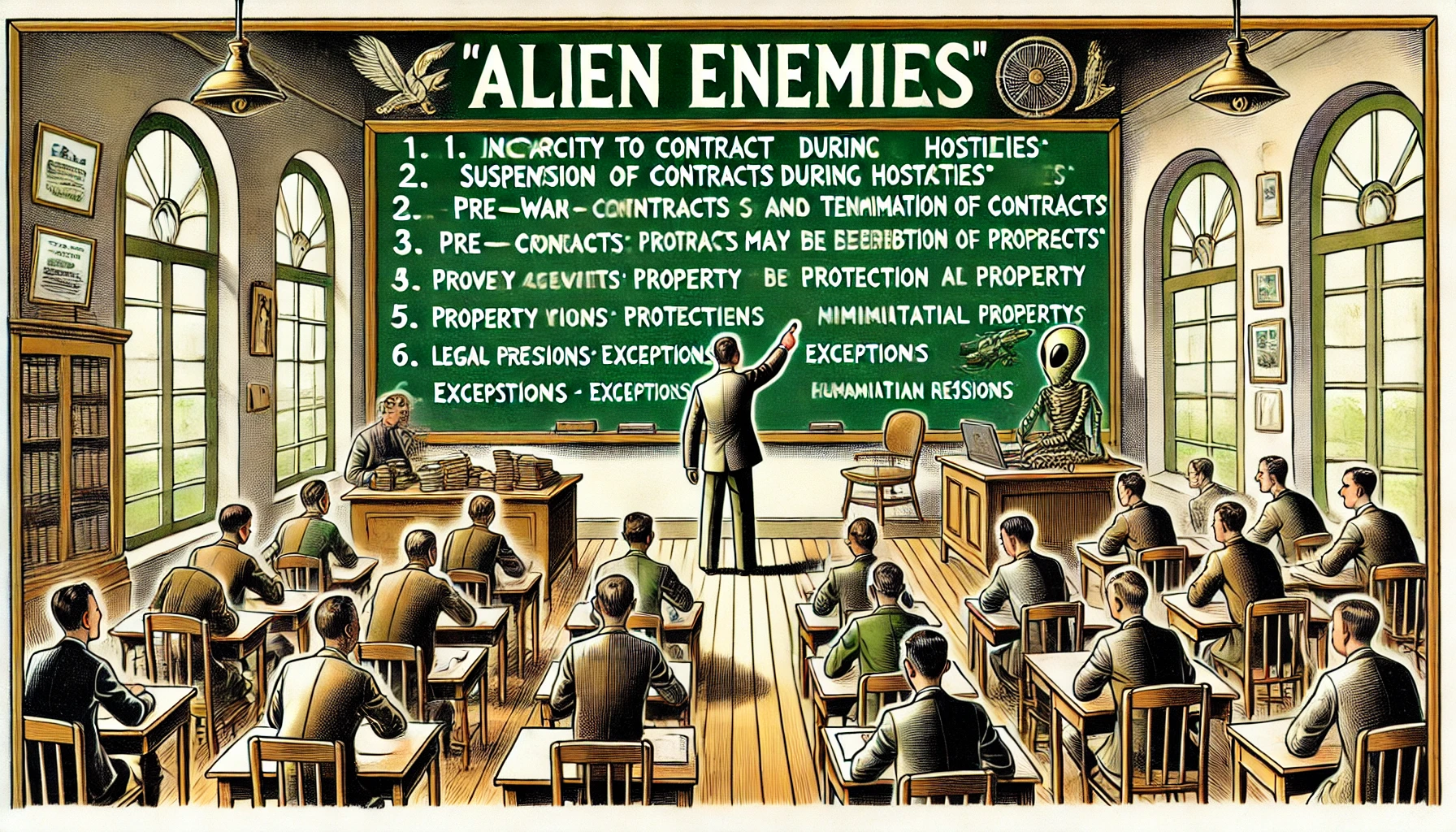

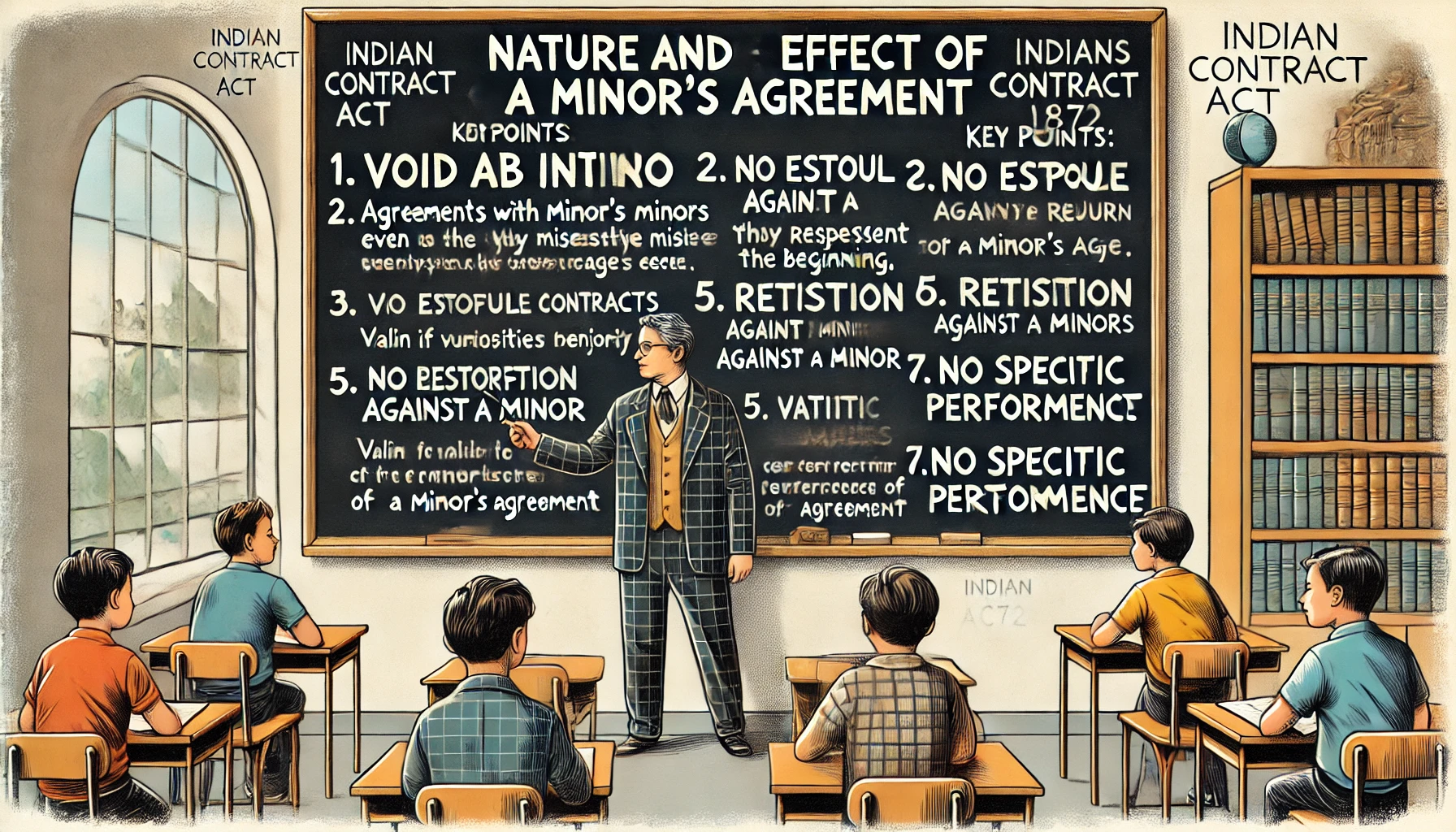


Comment
Nothing for now